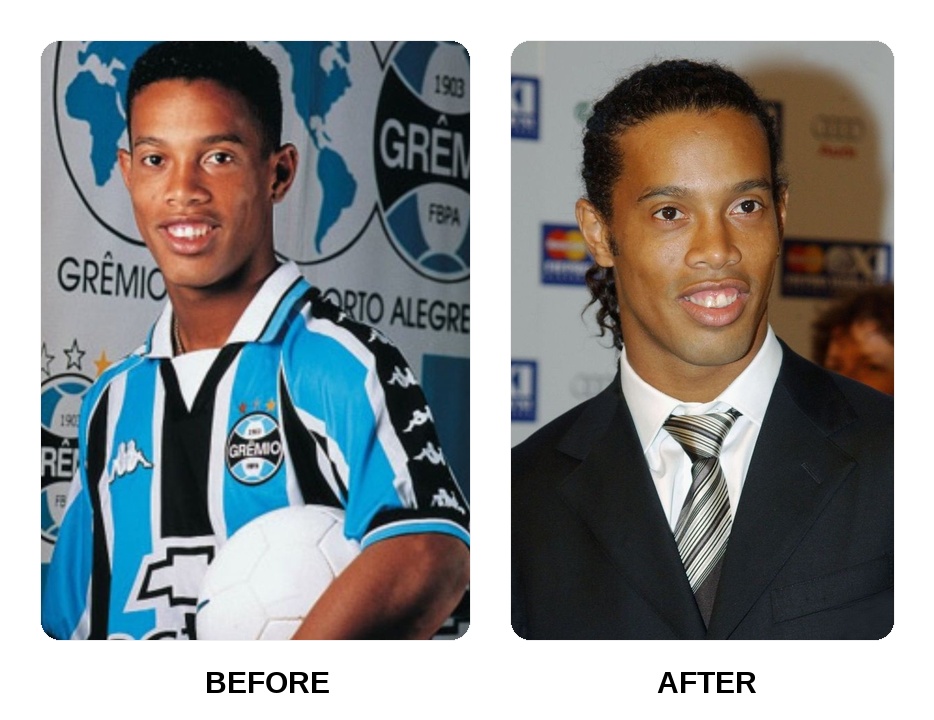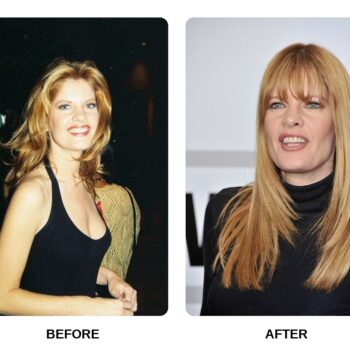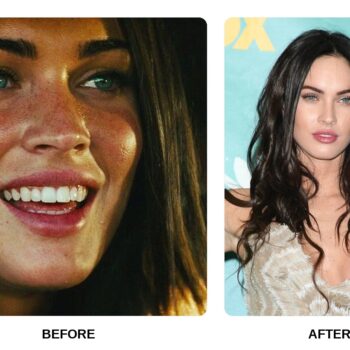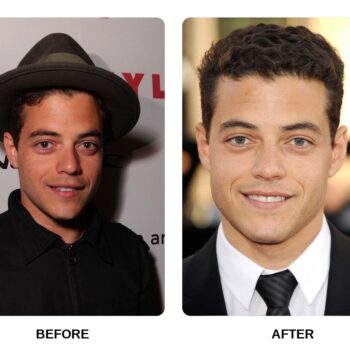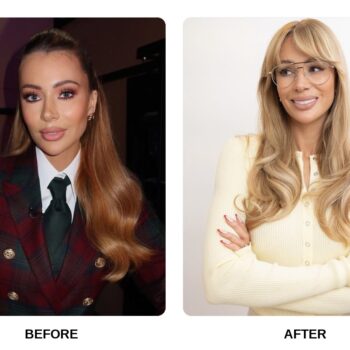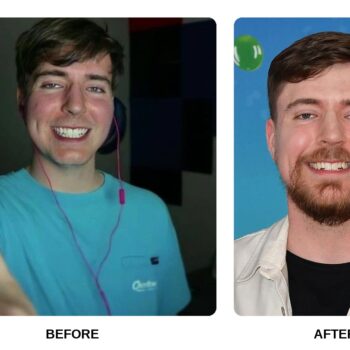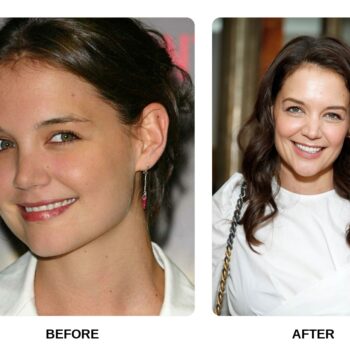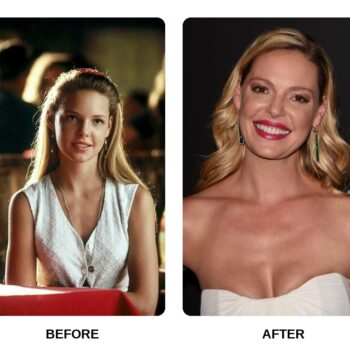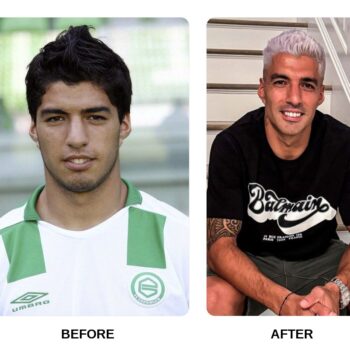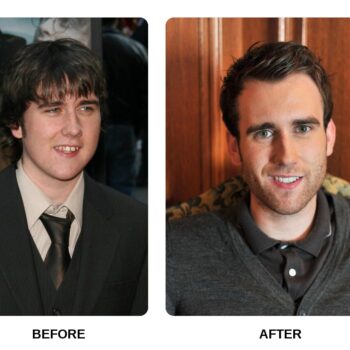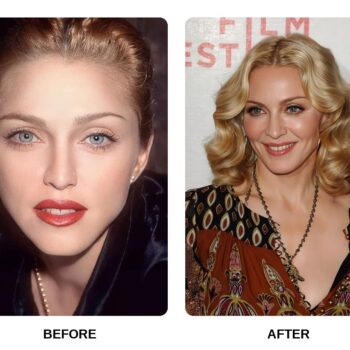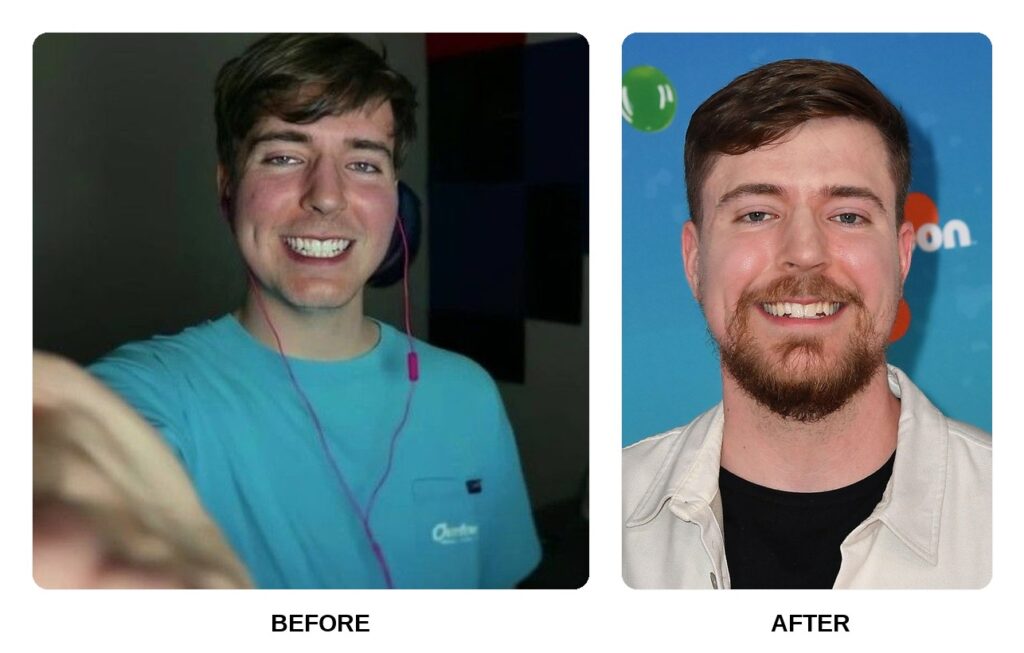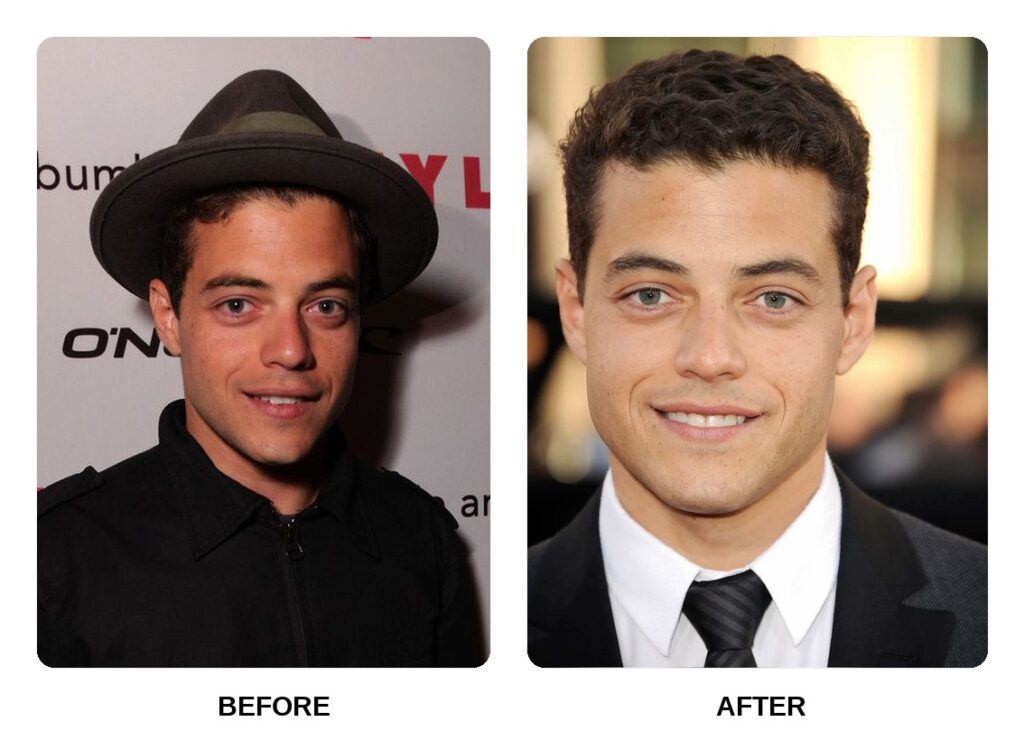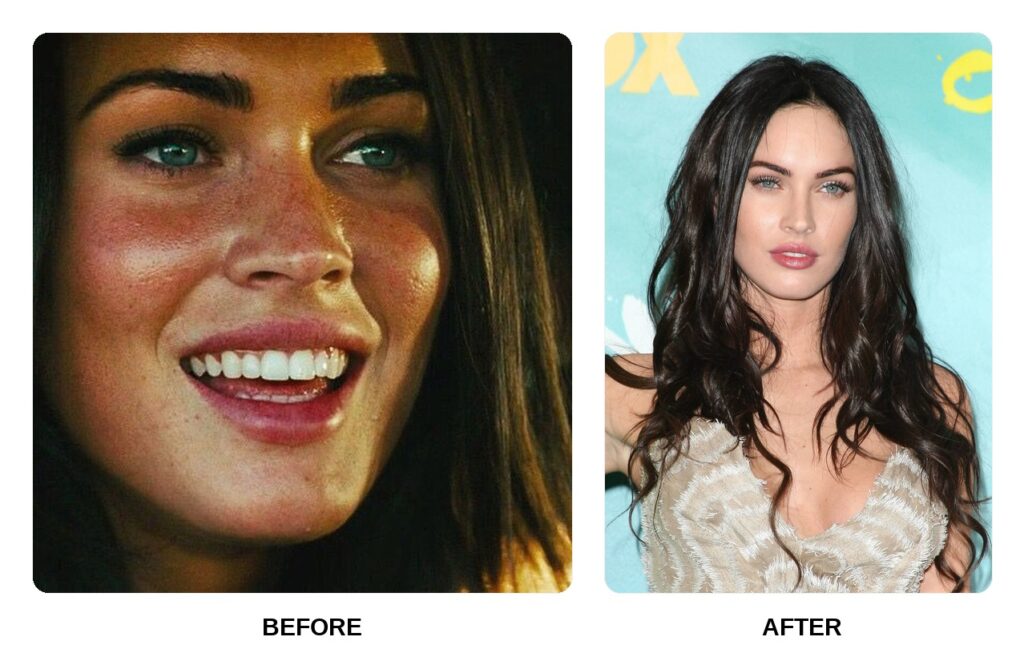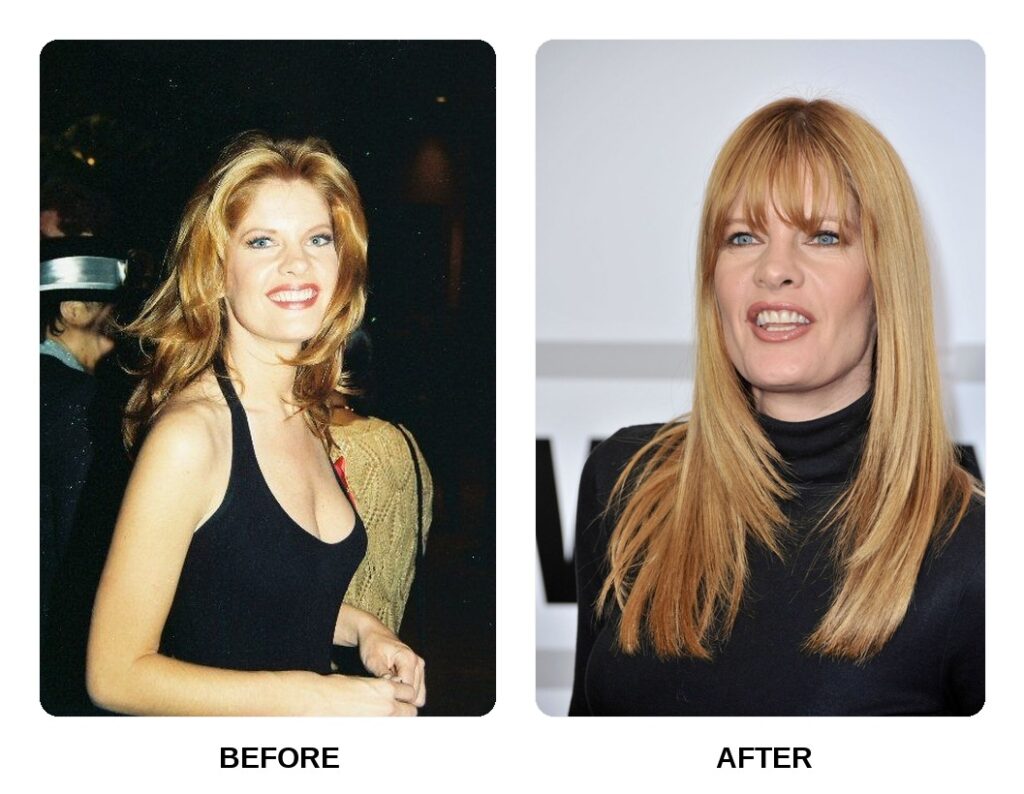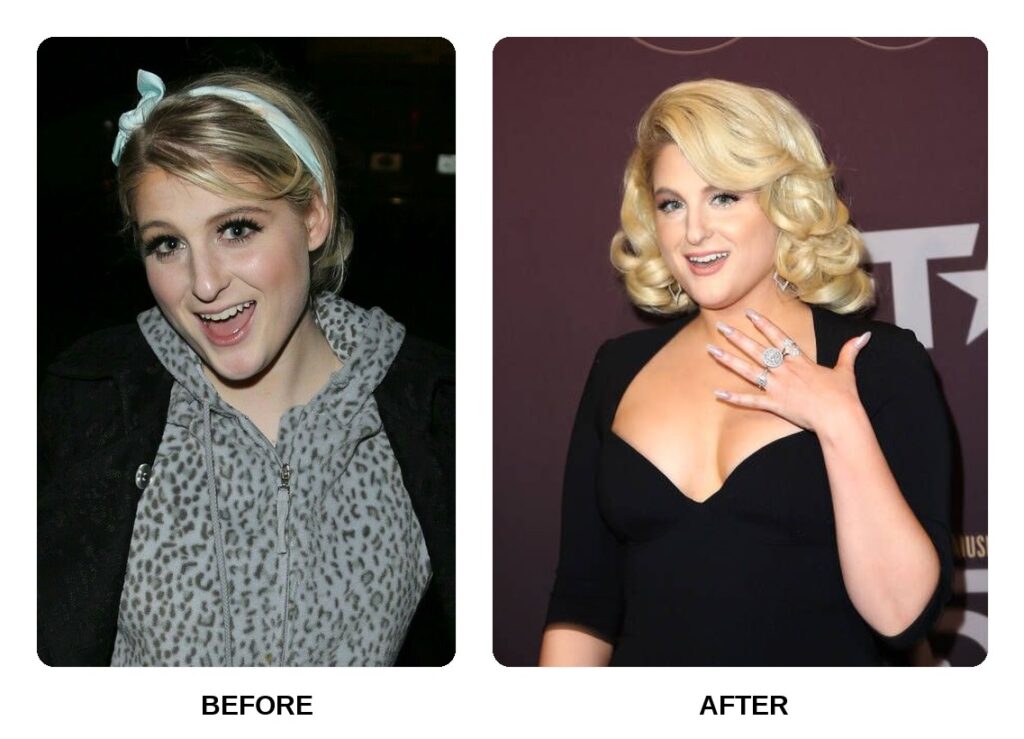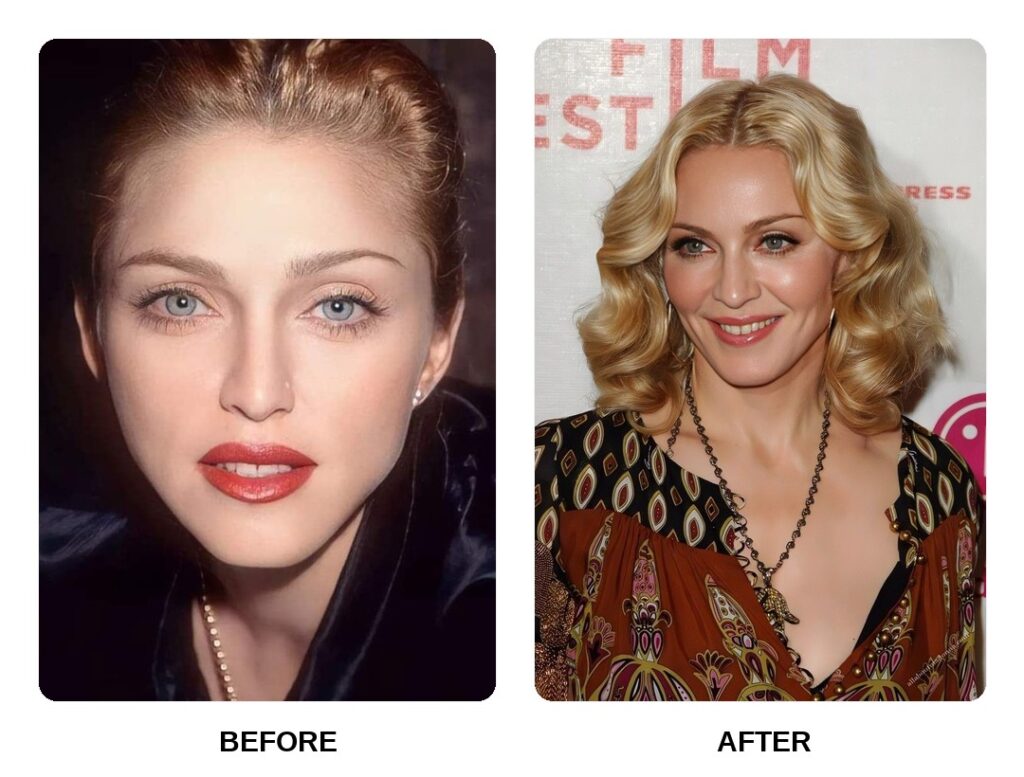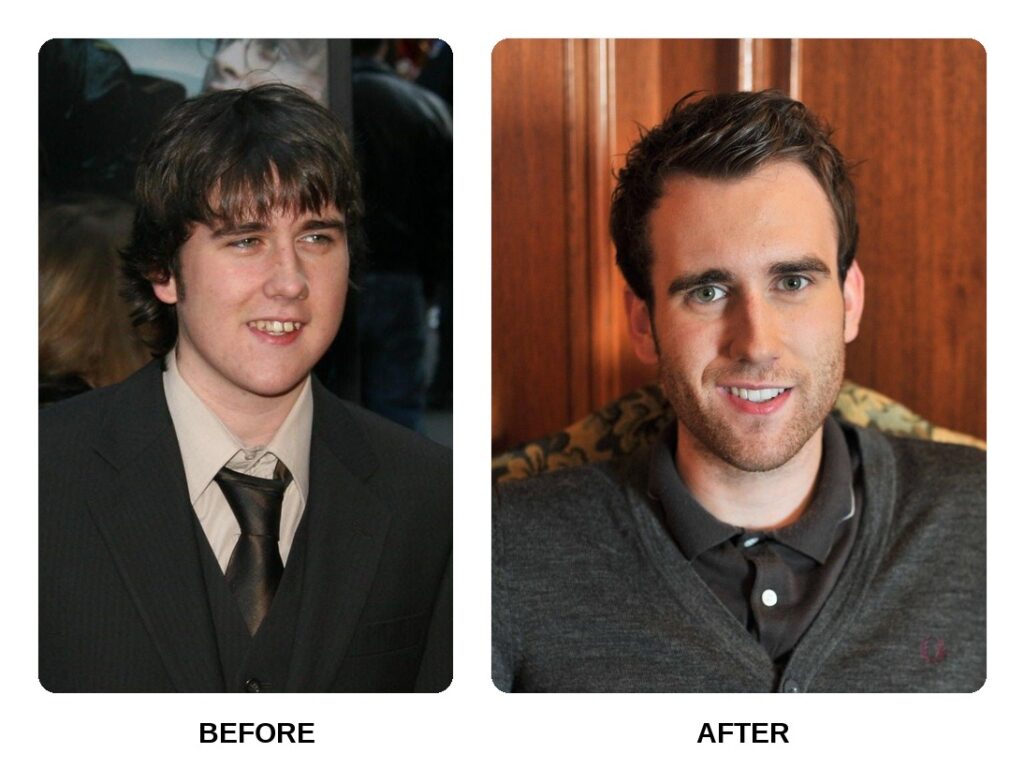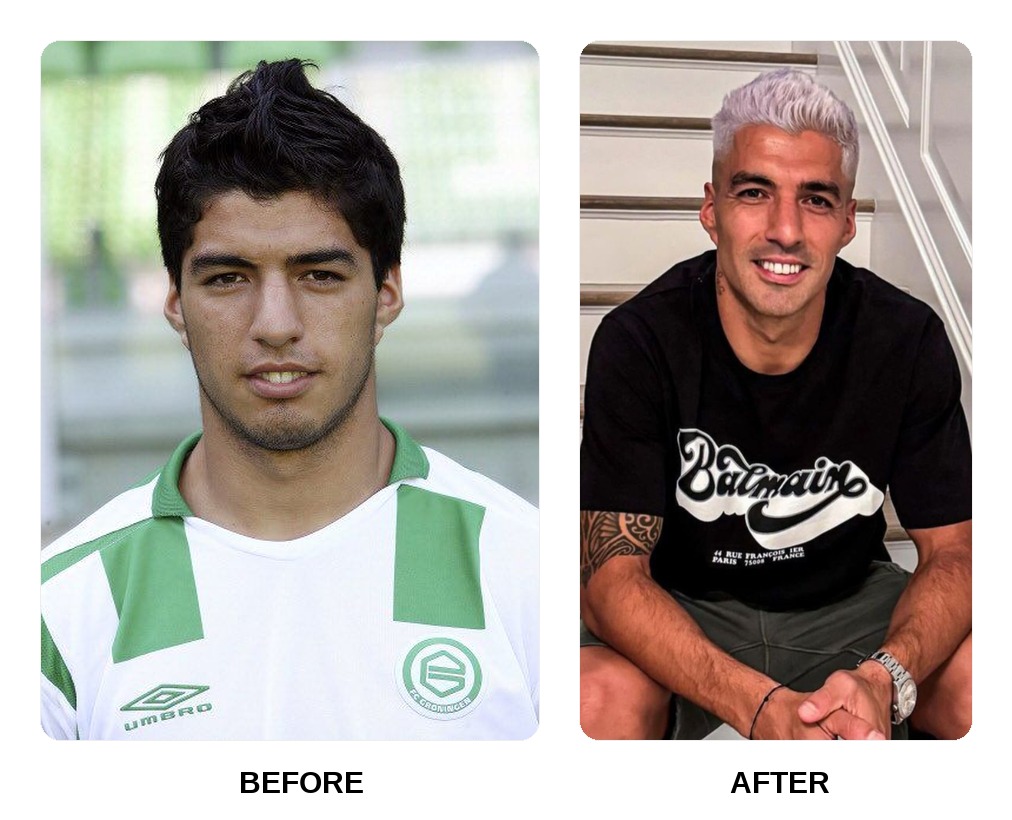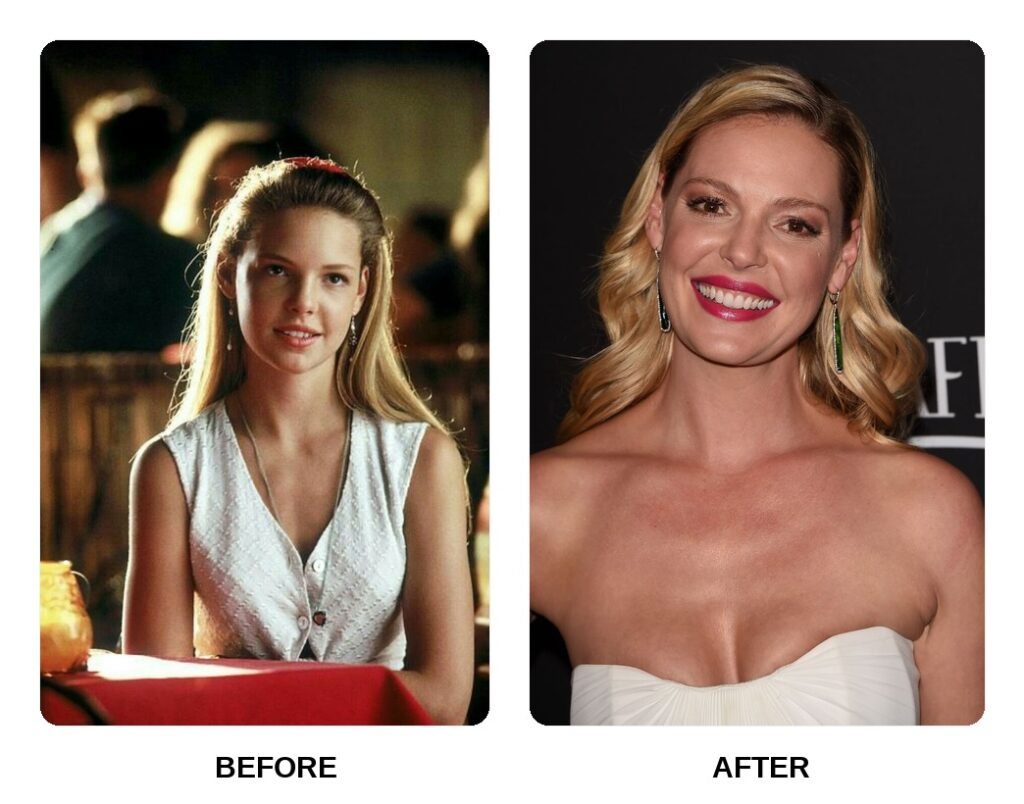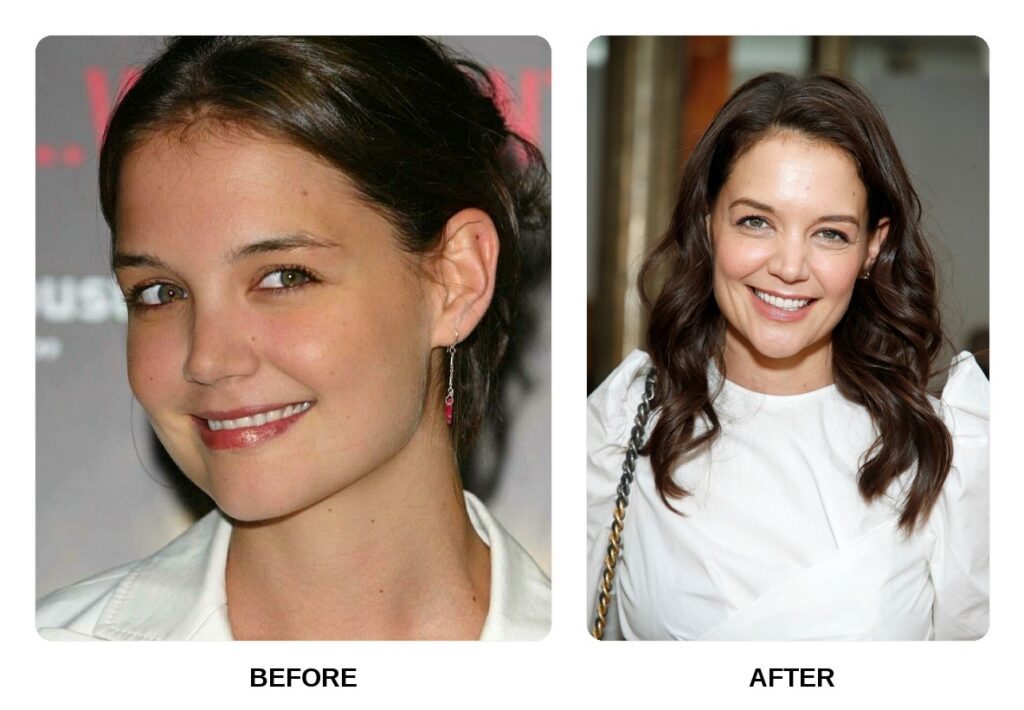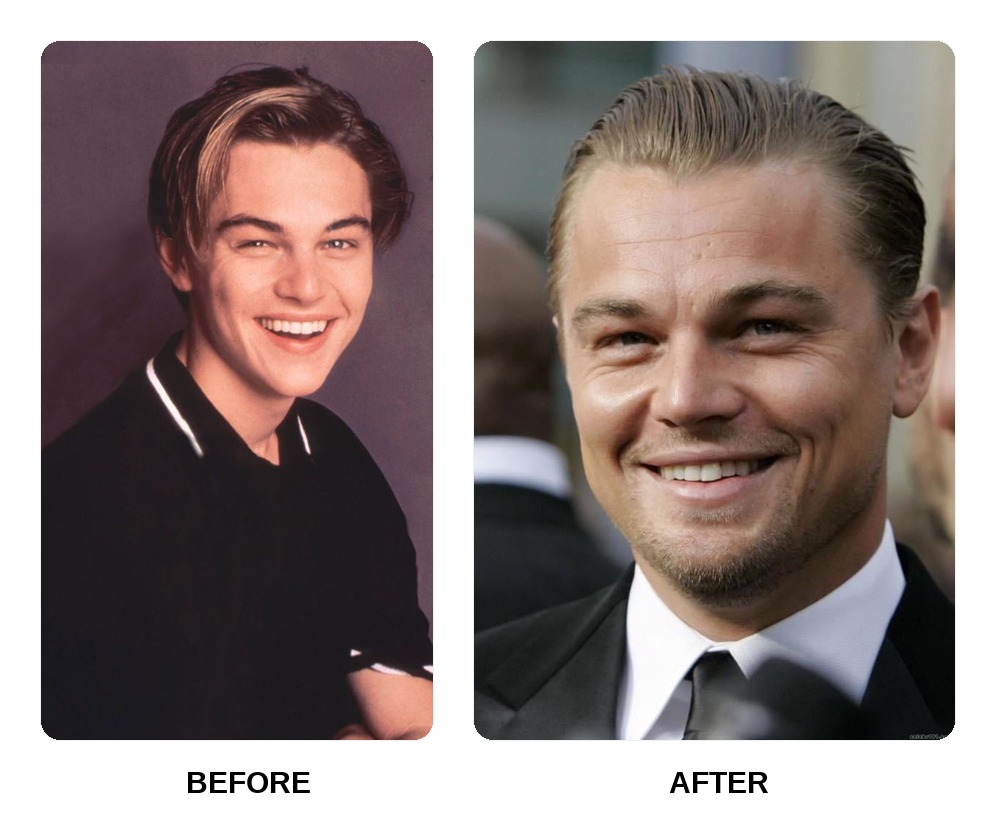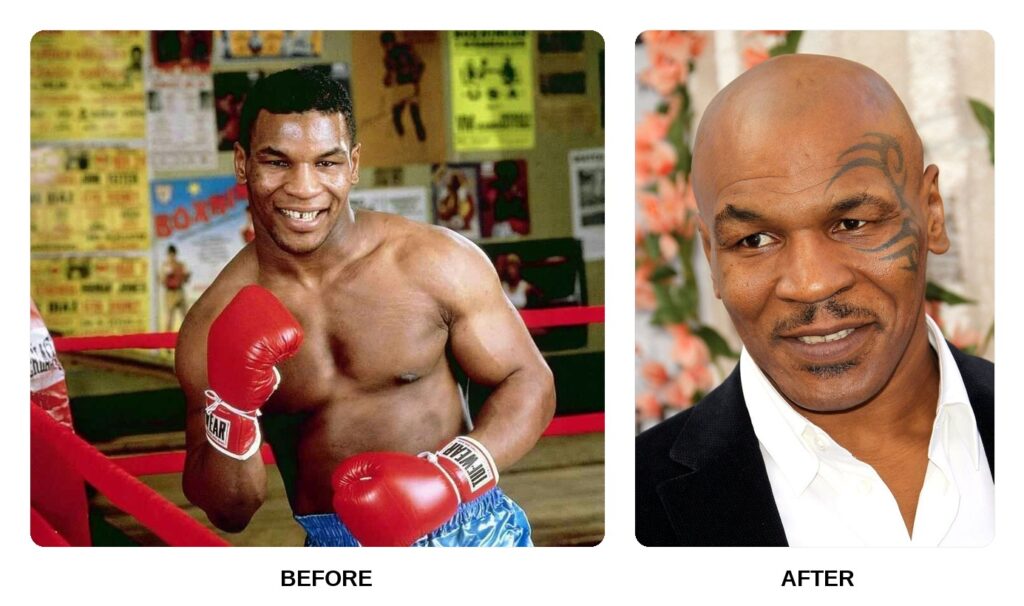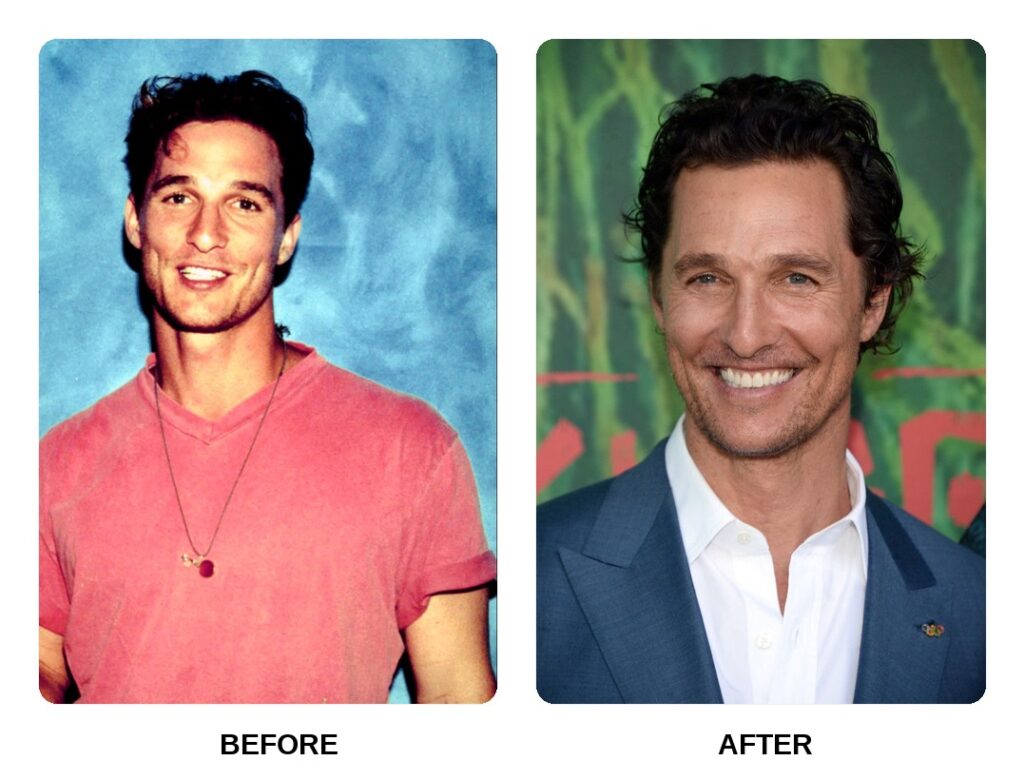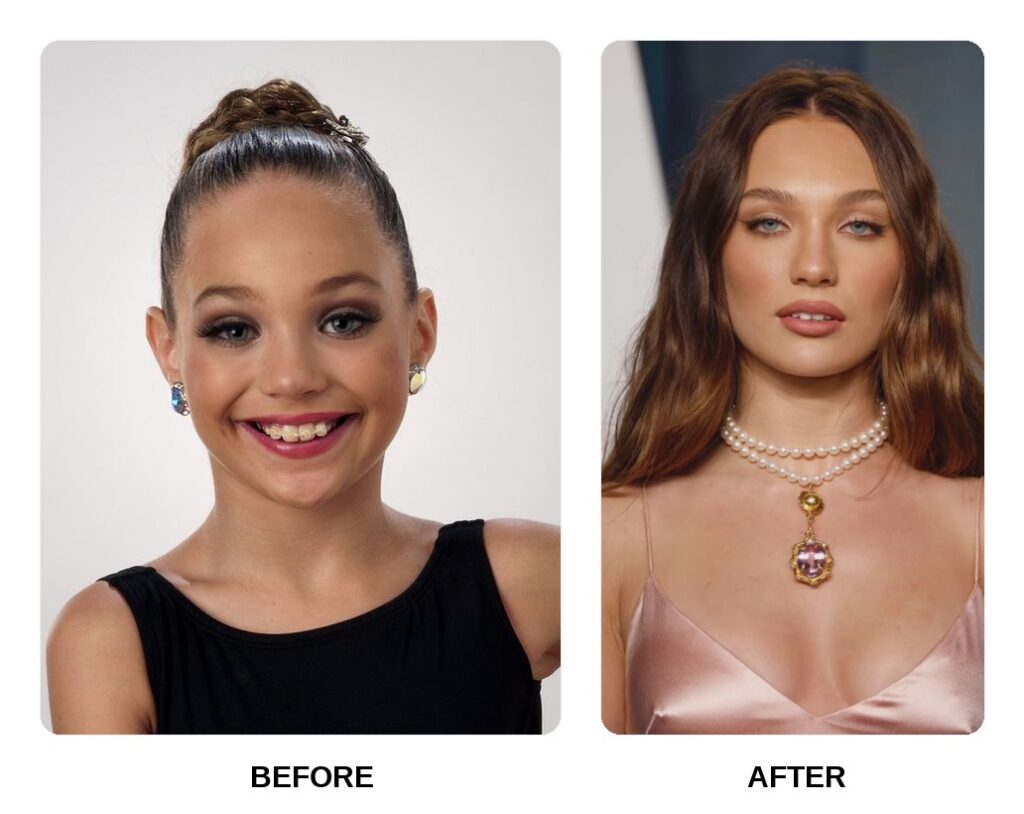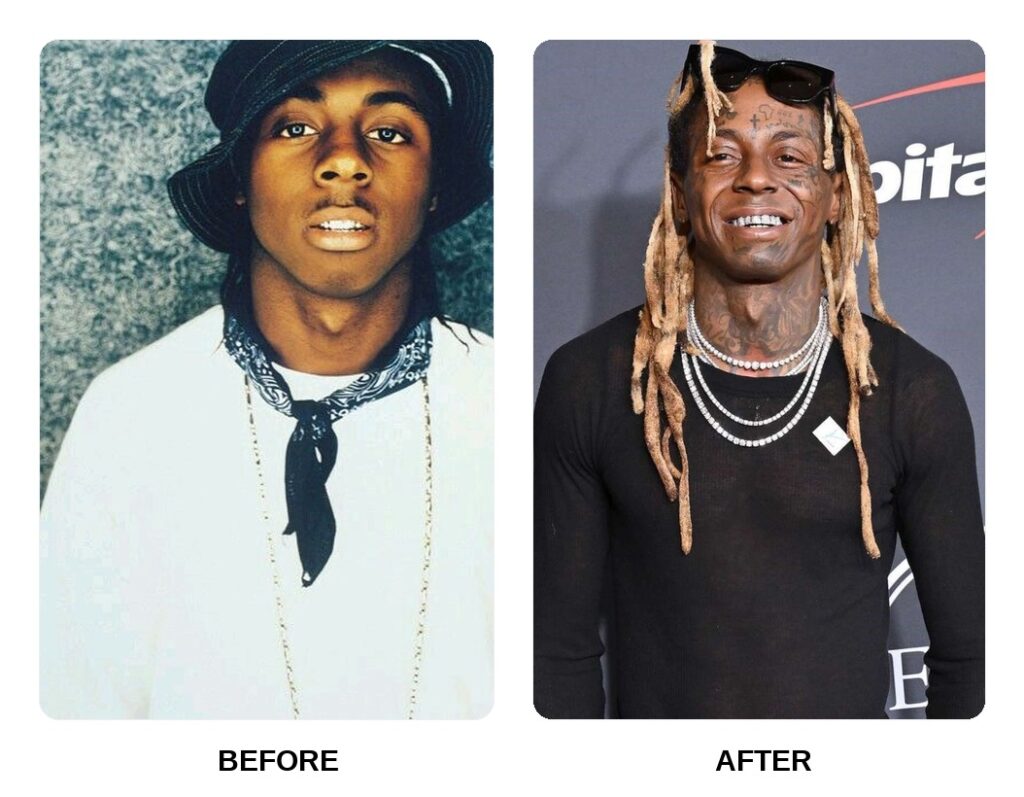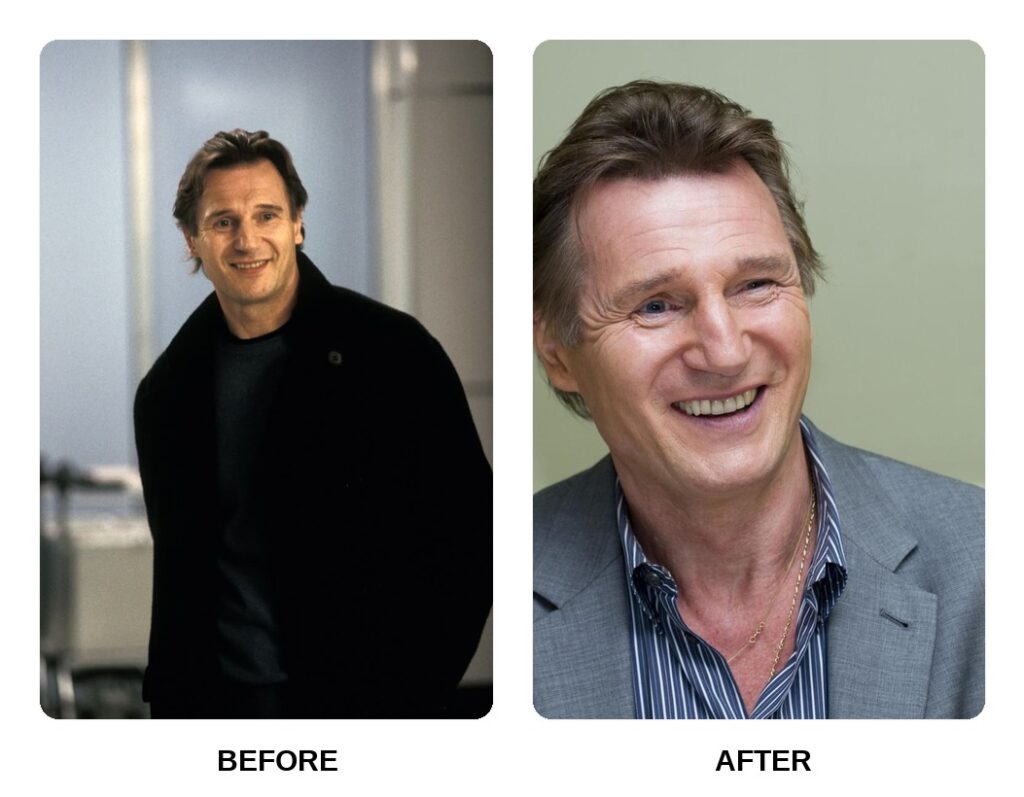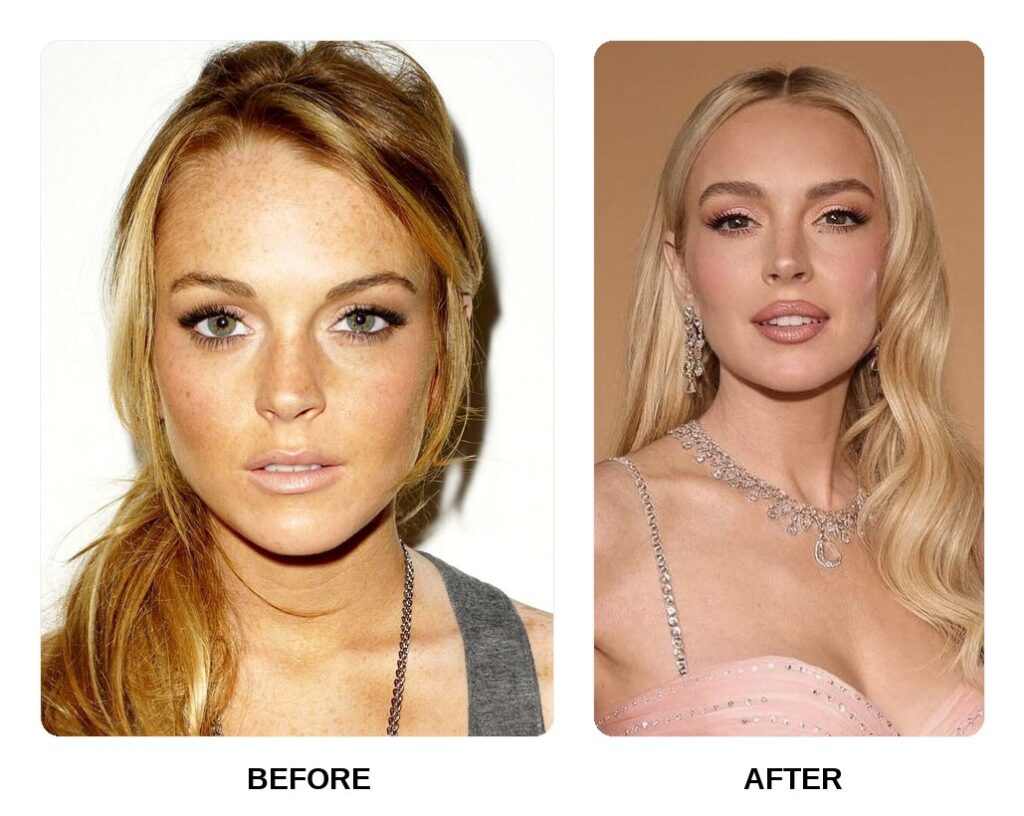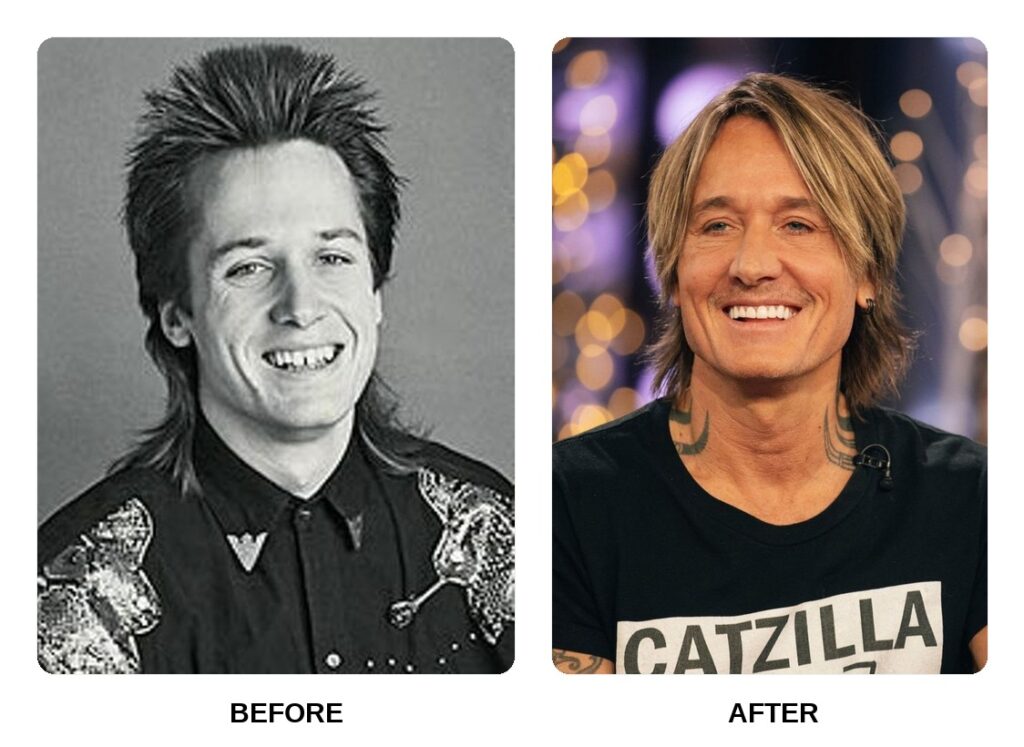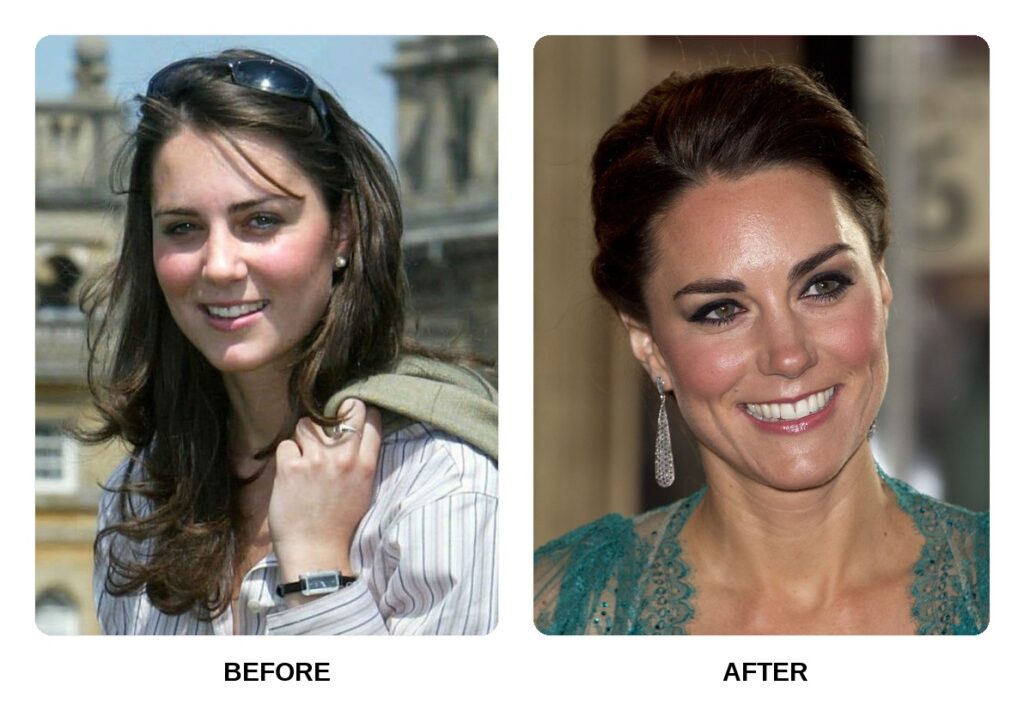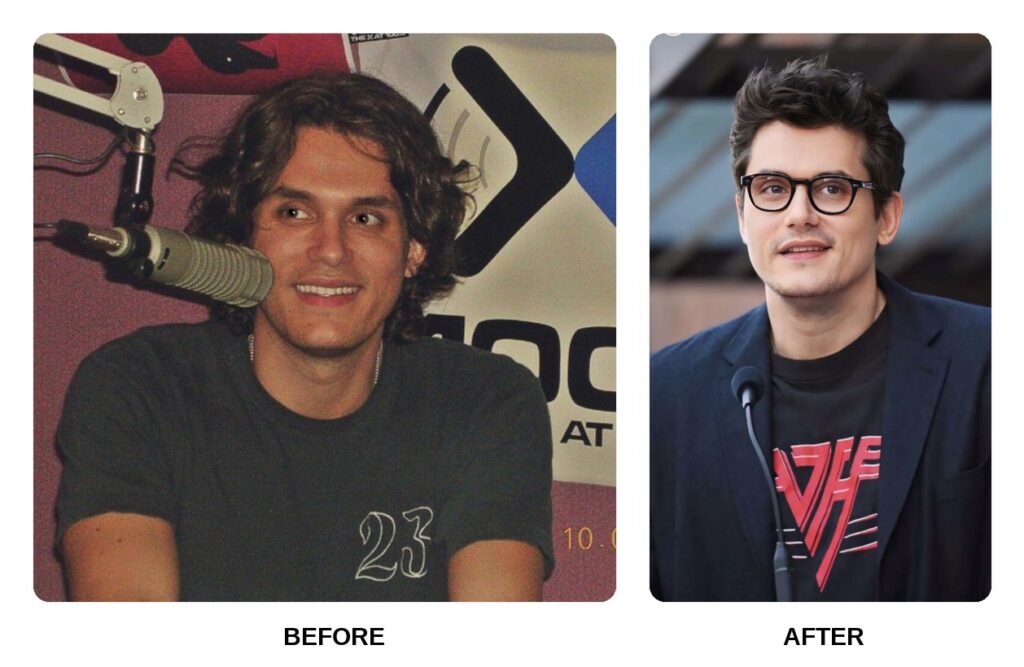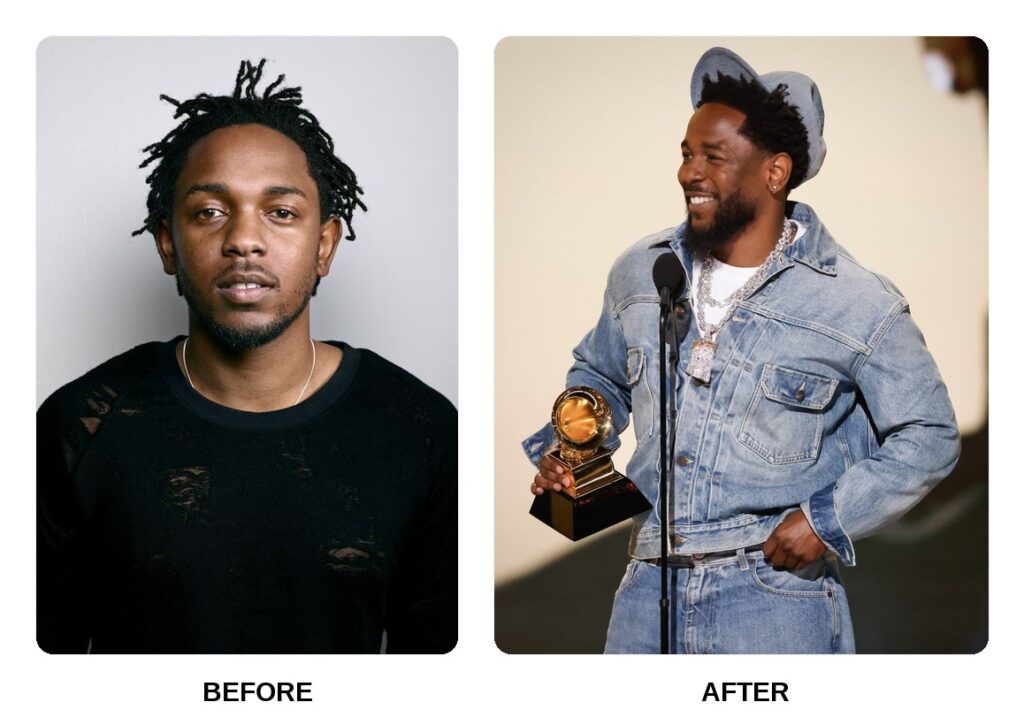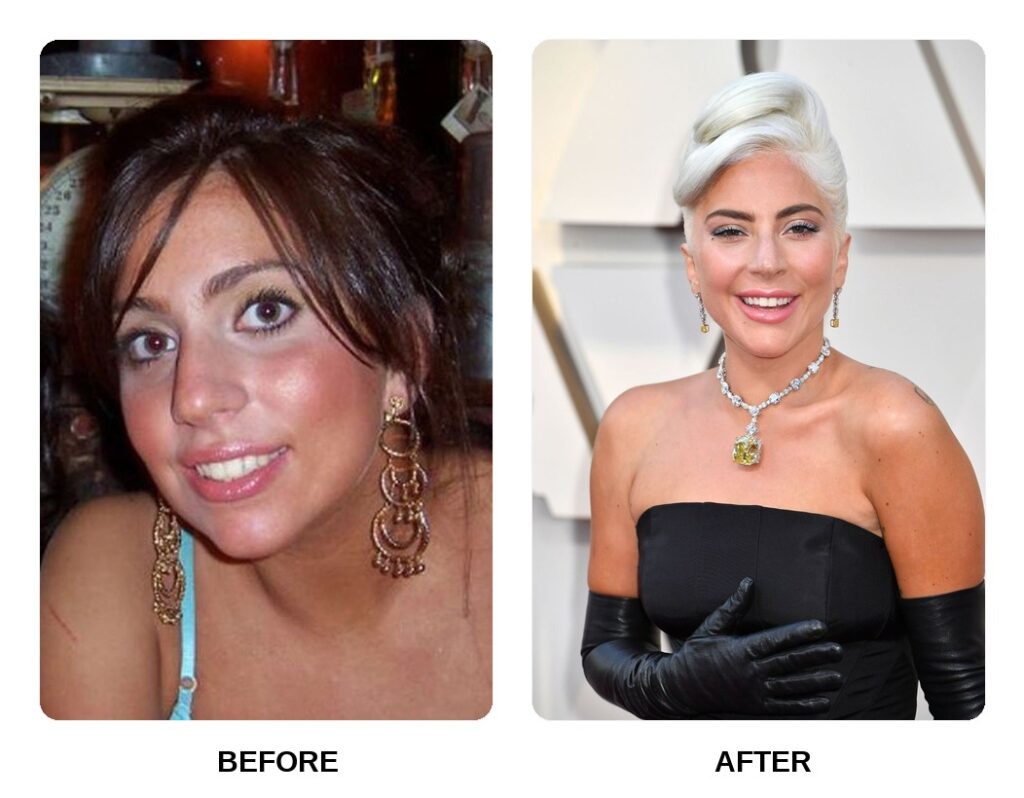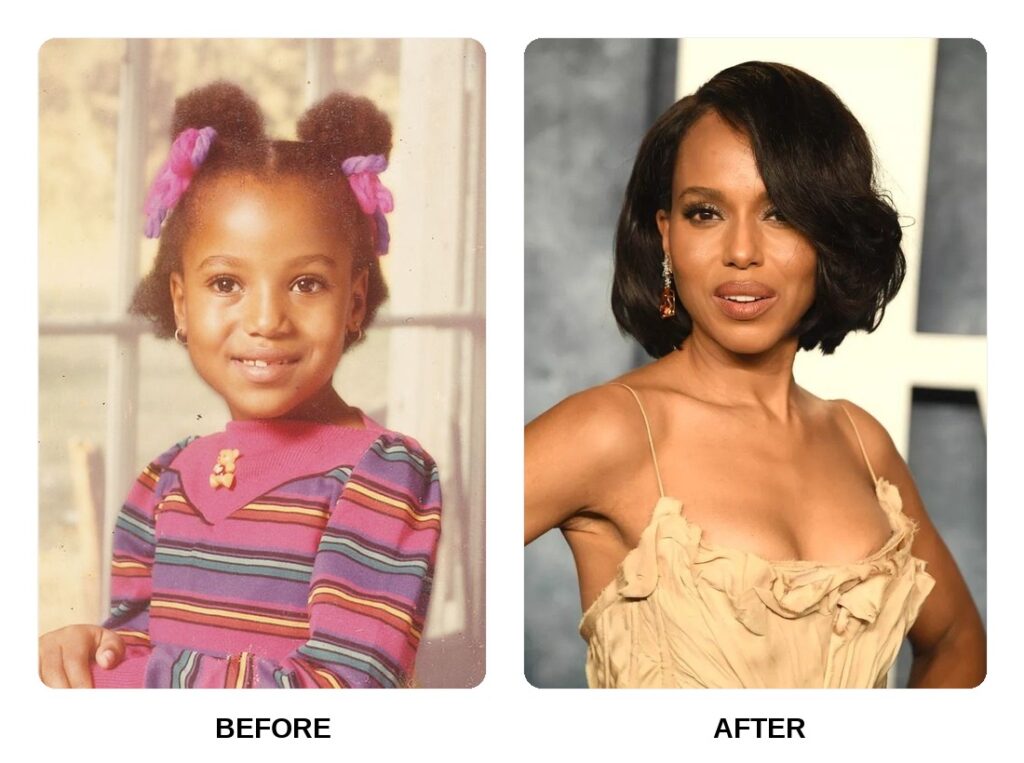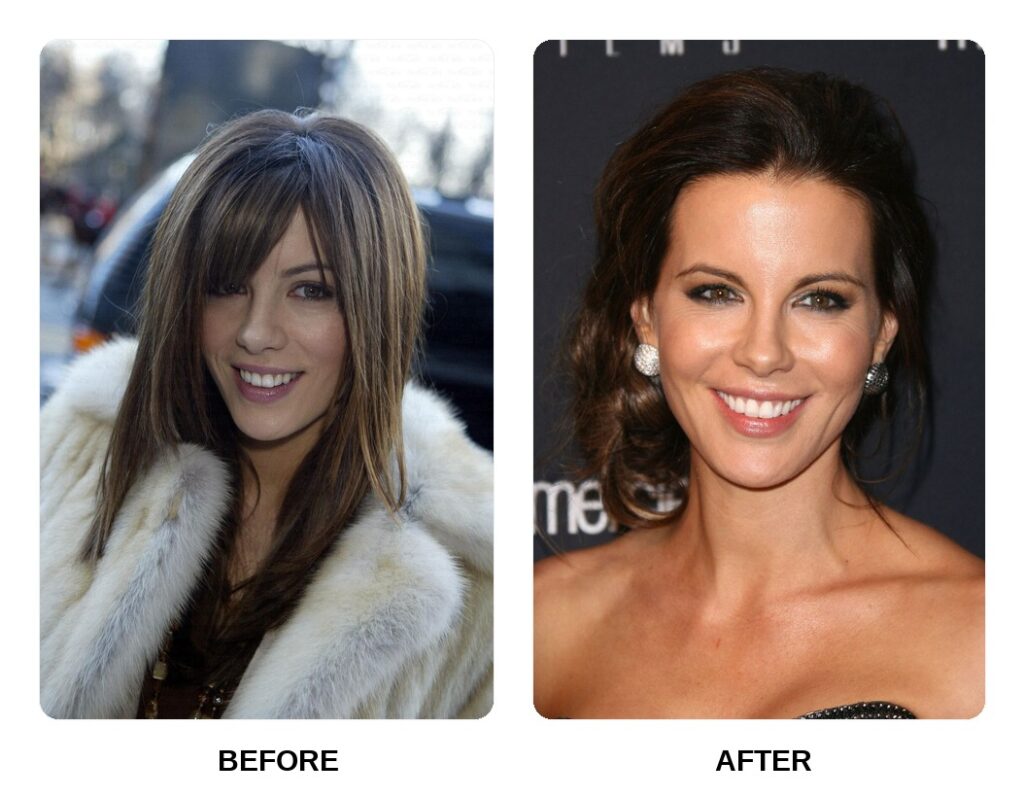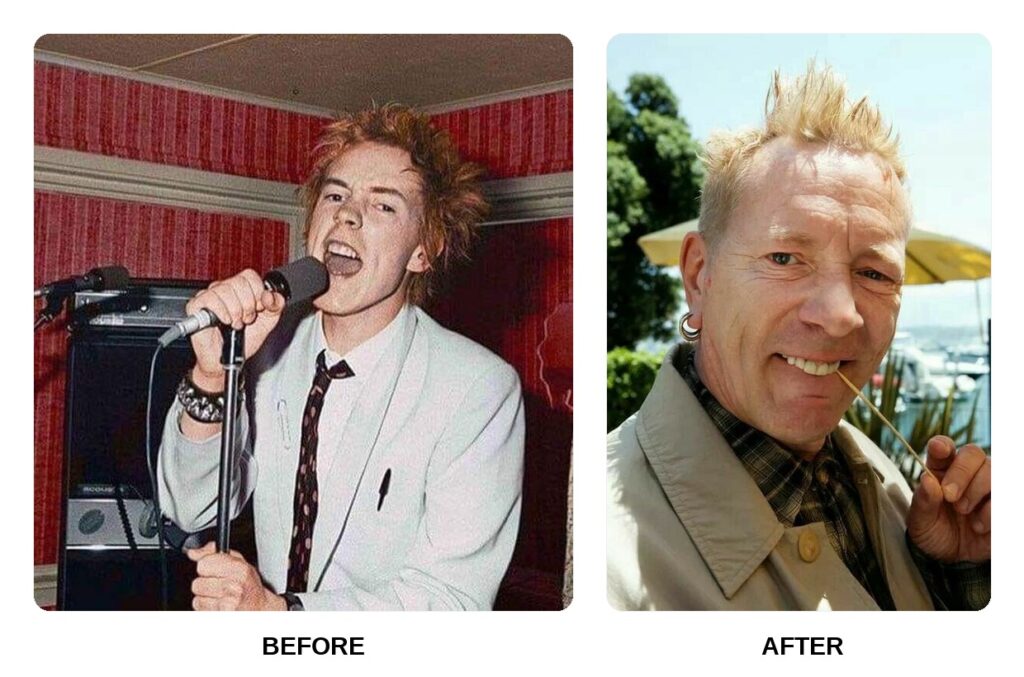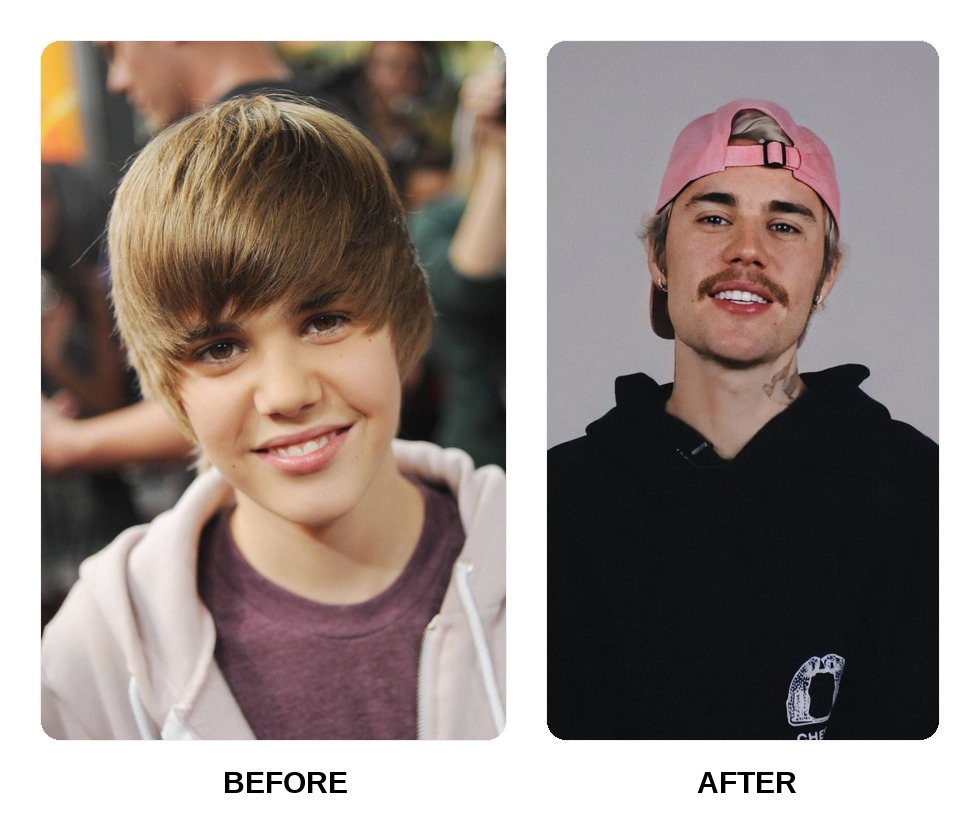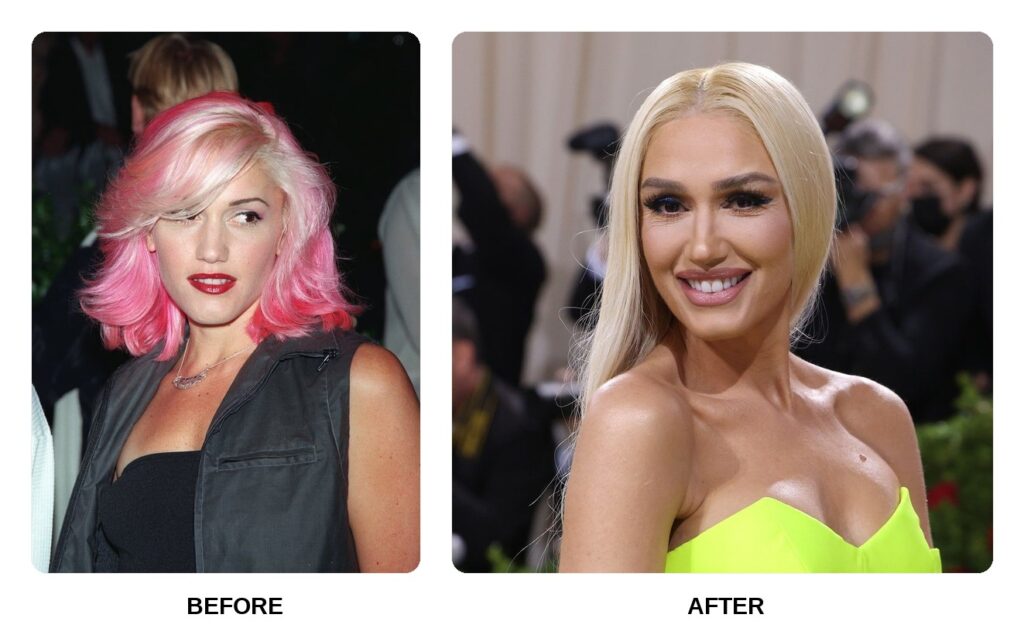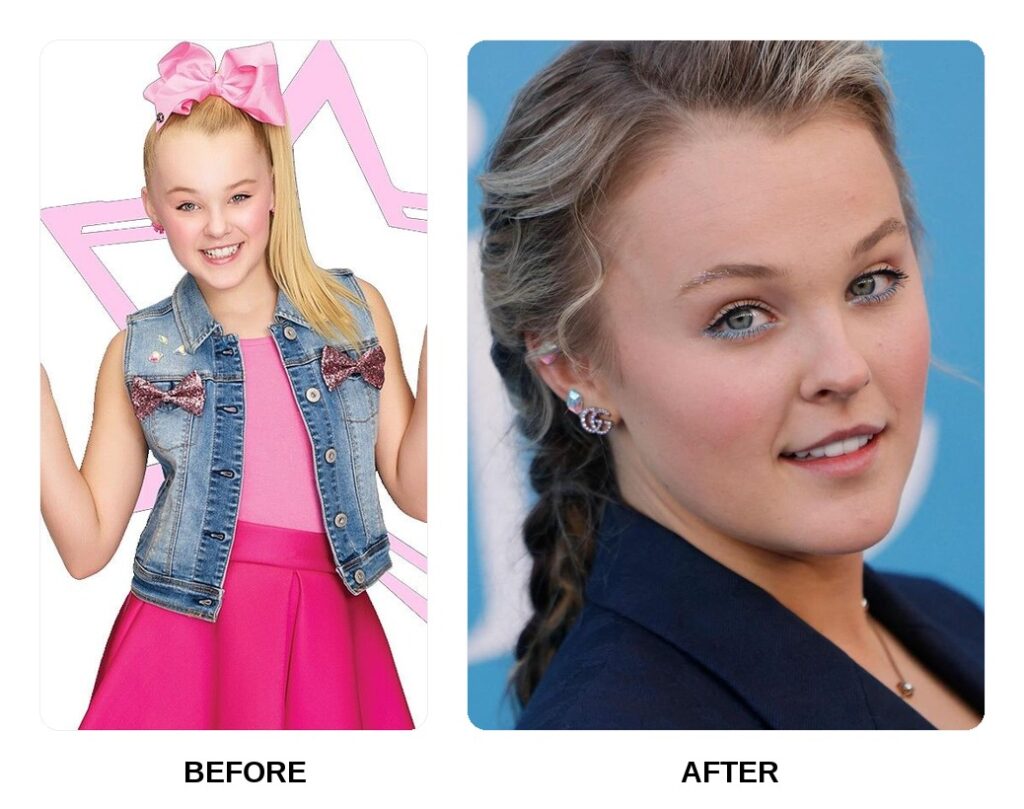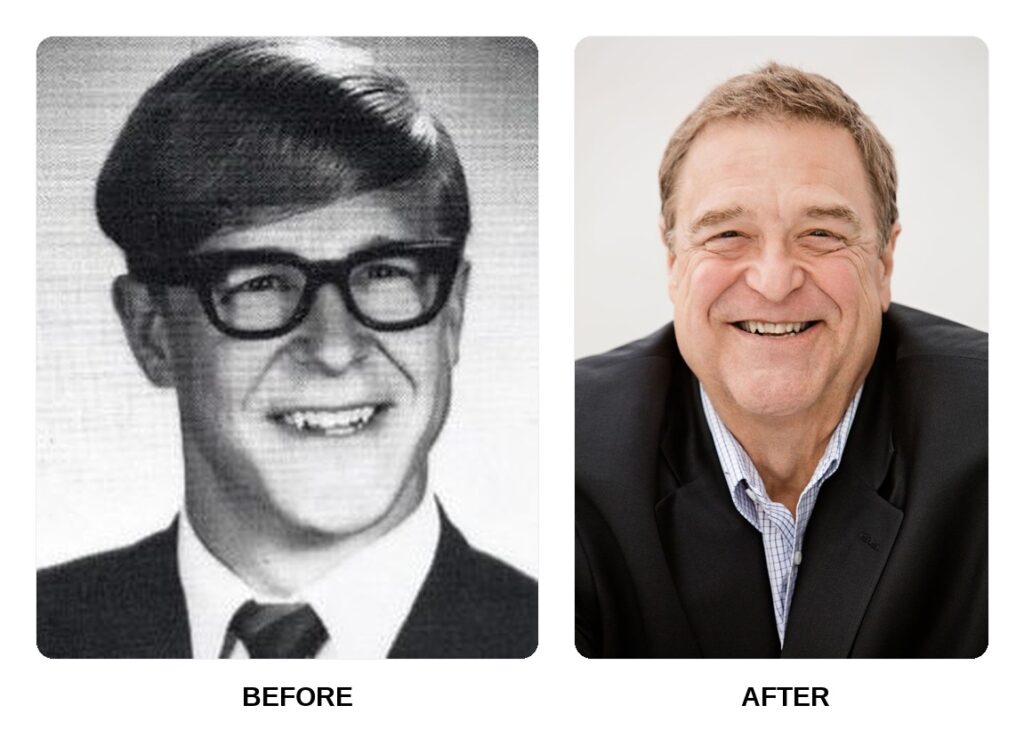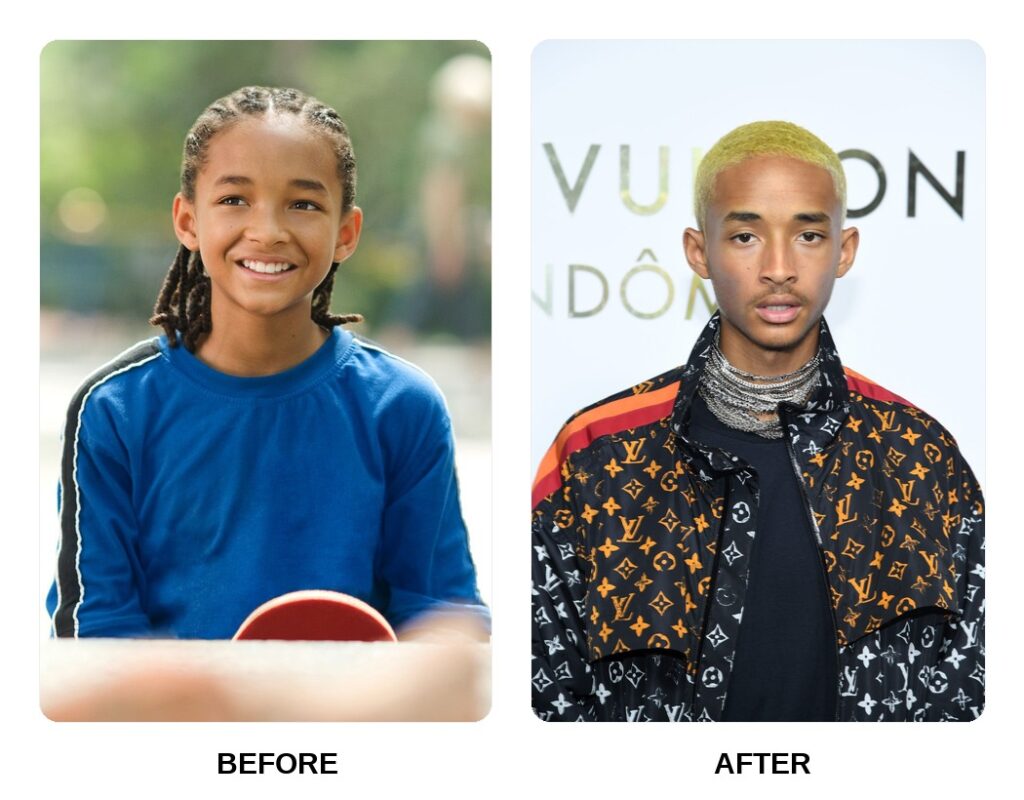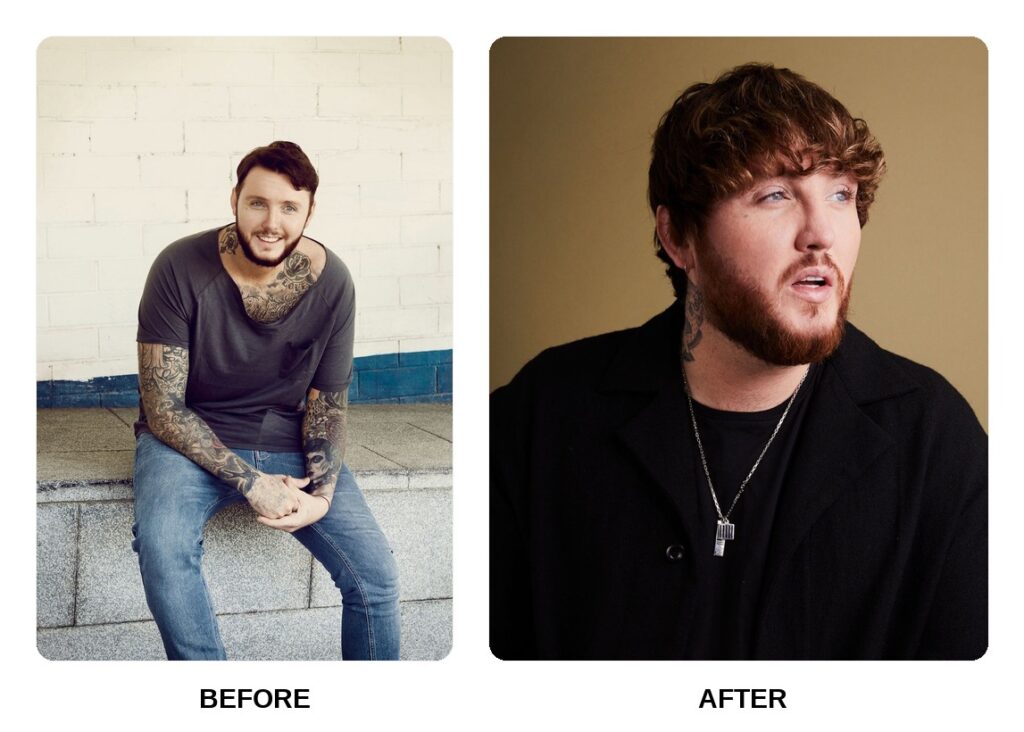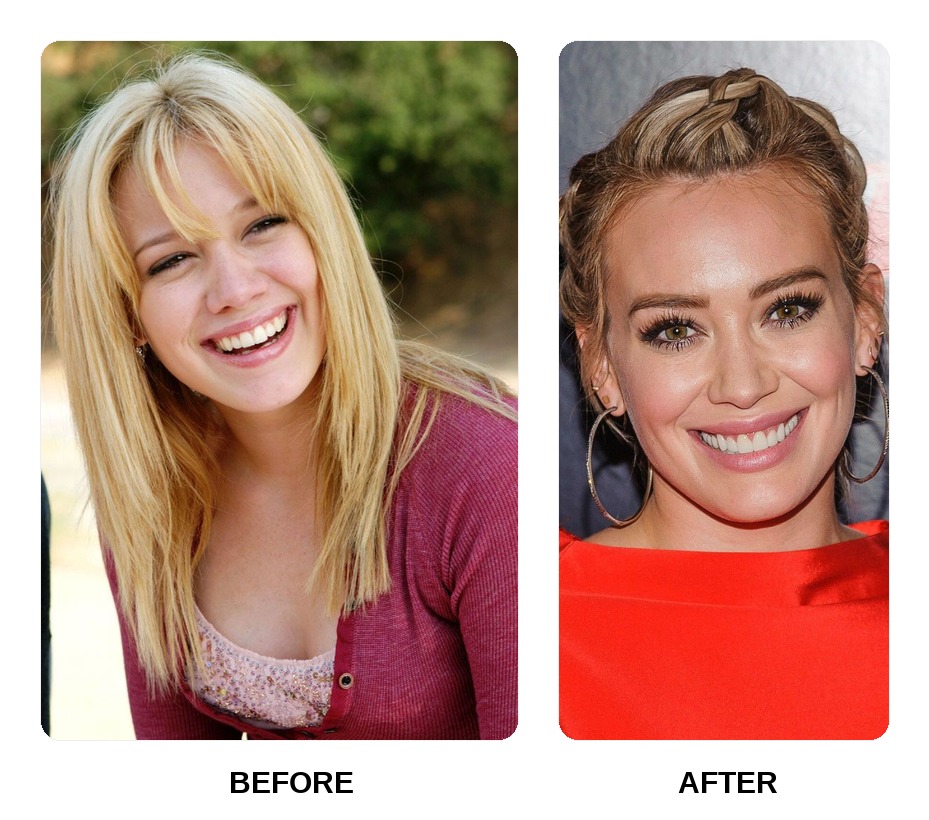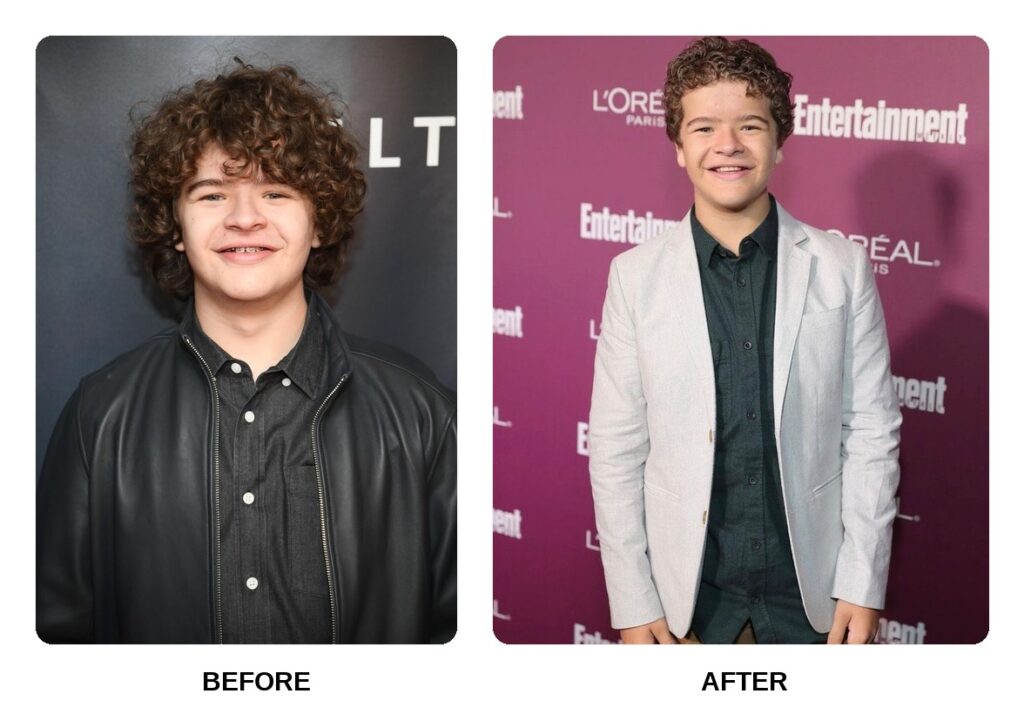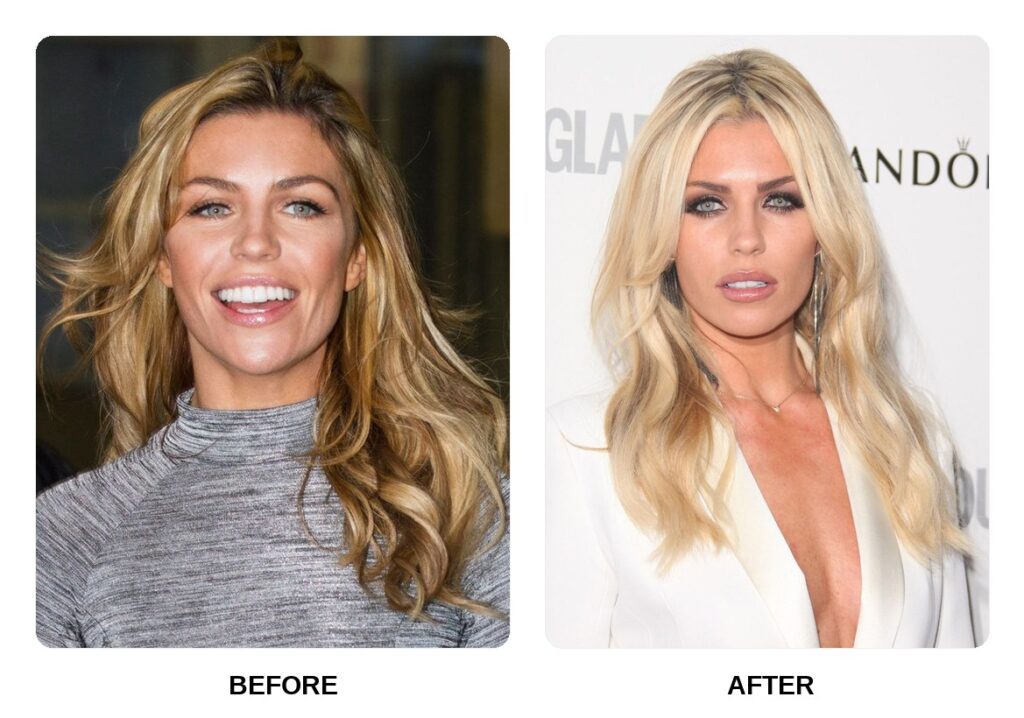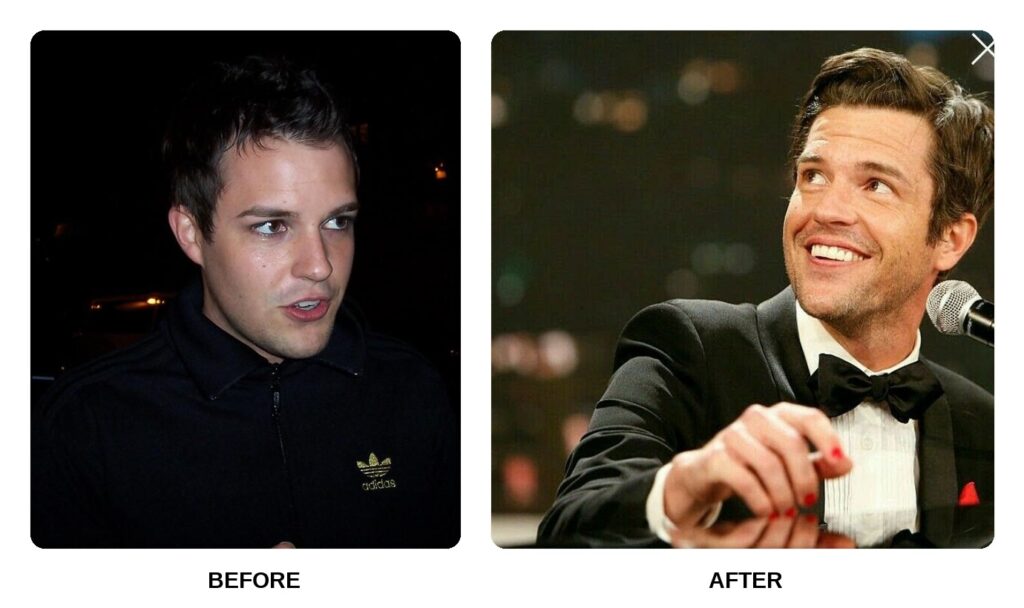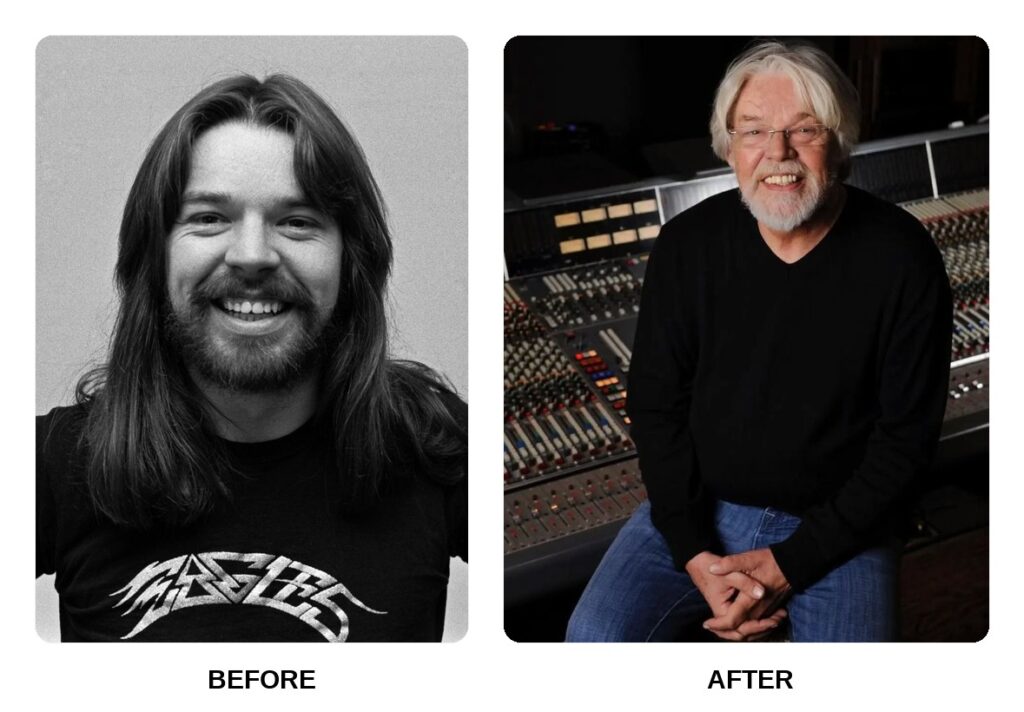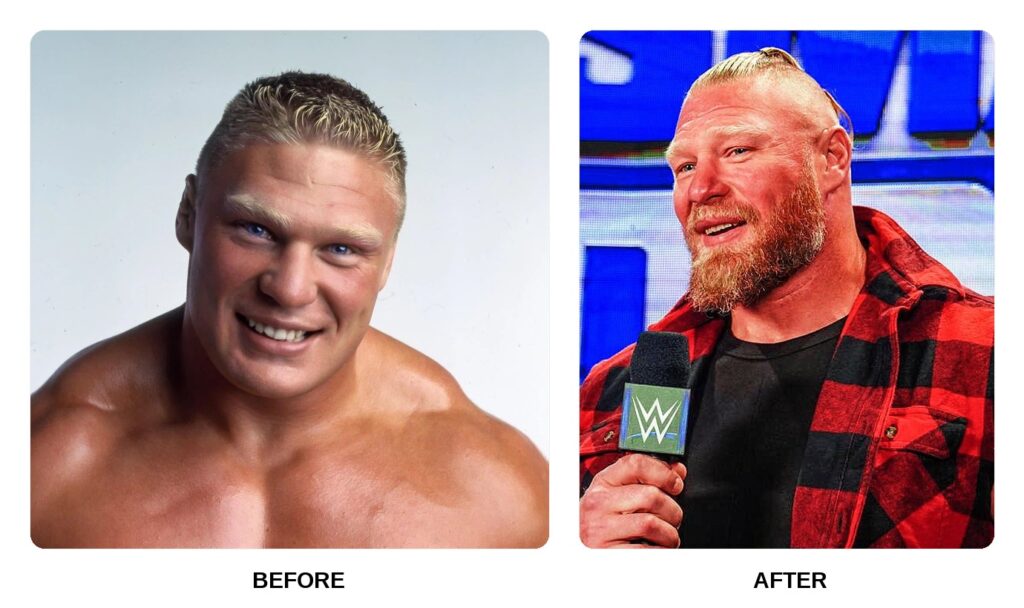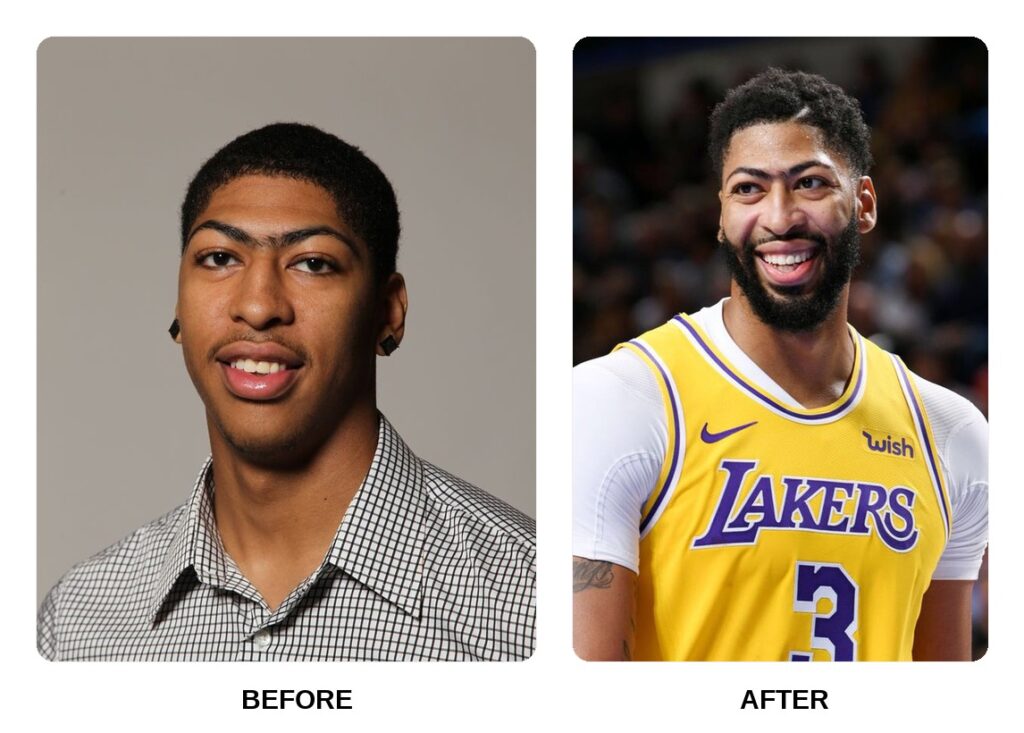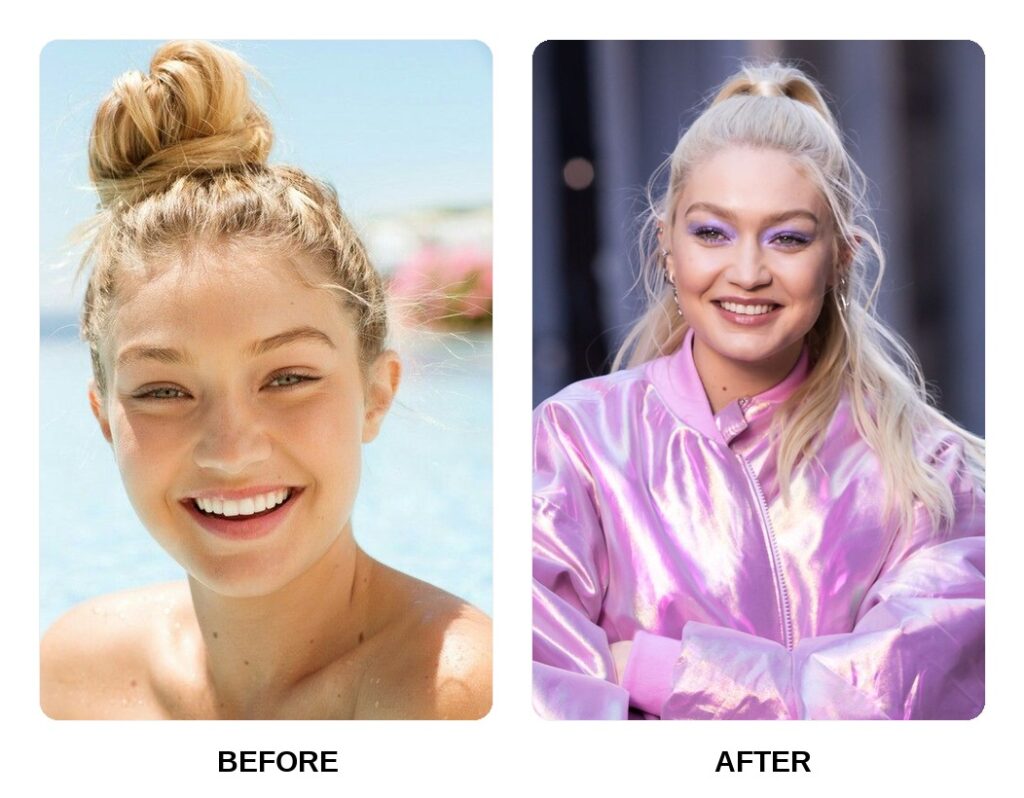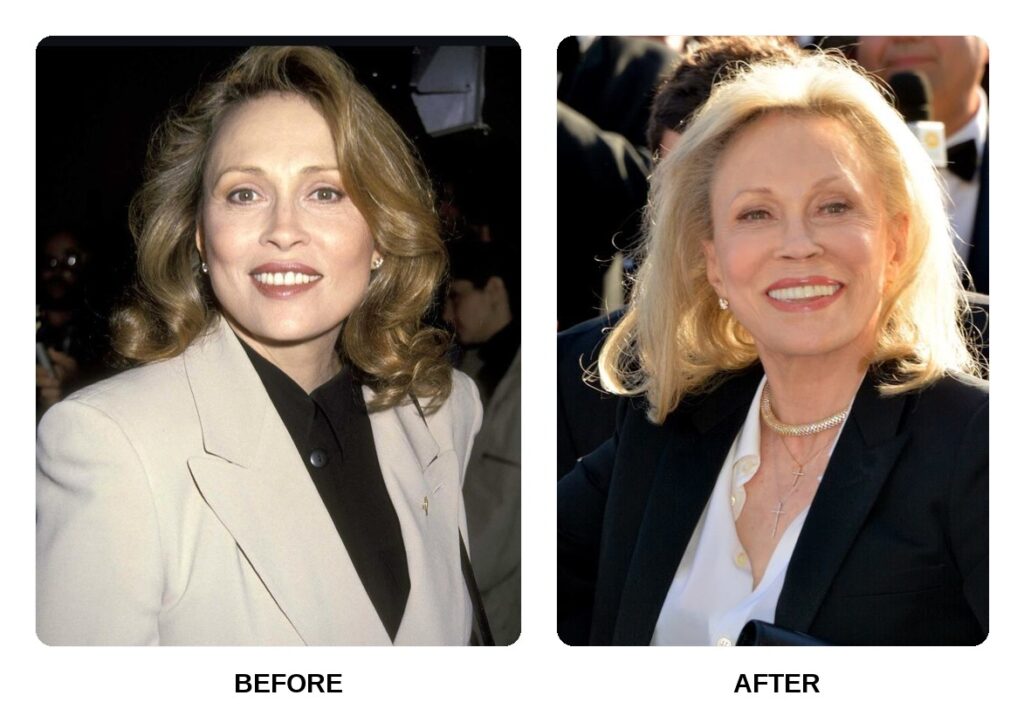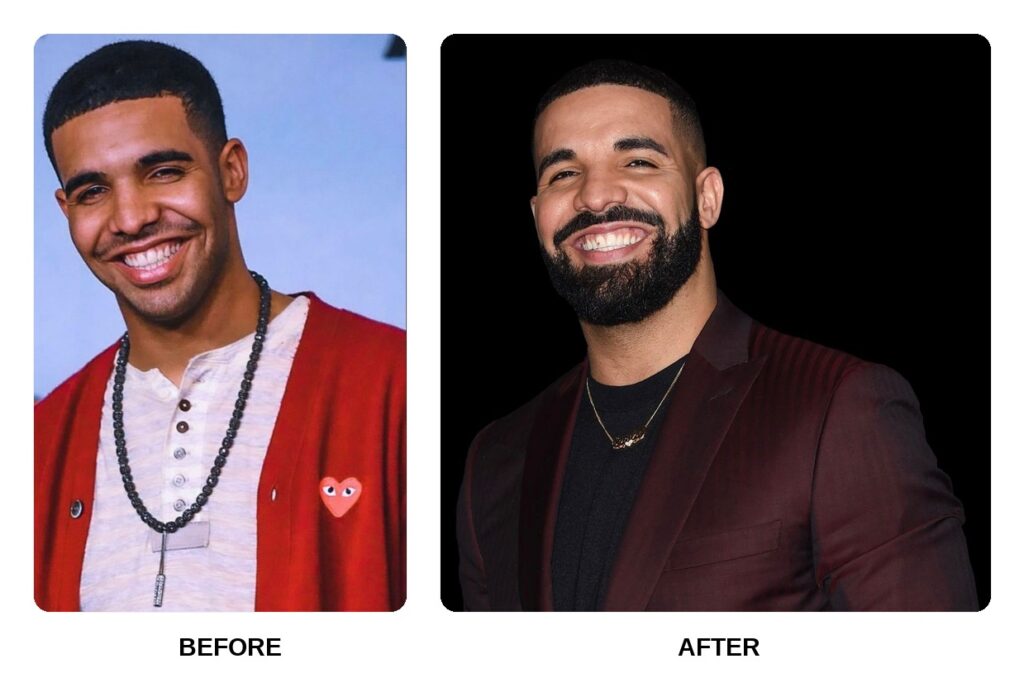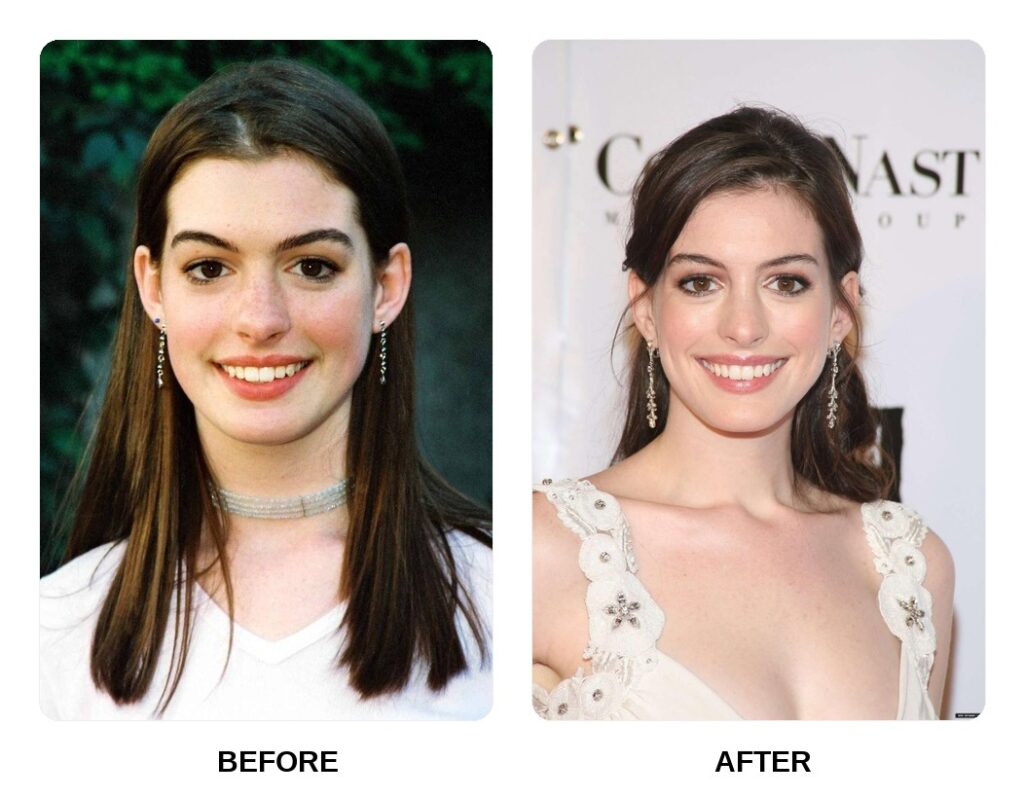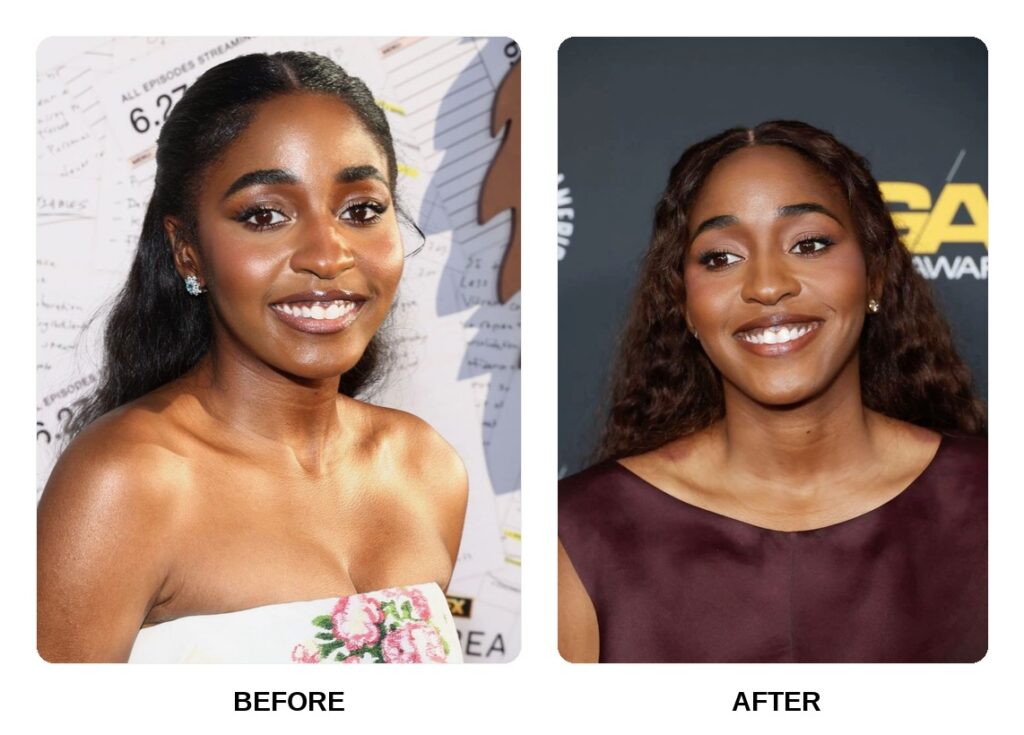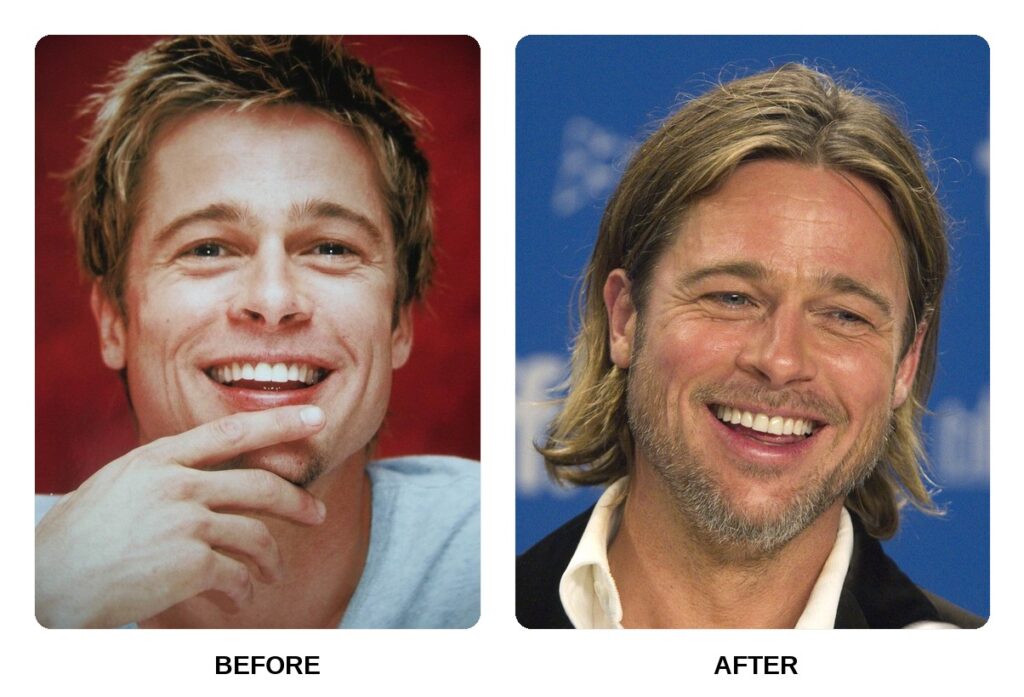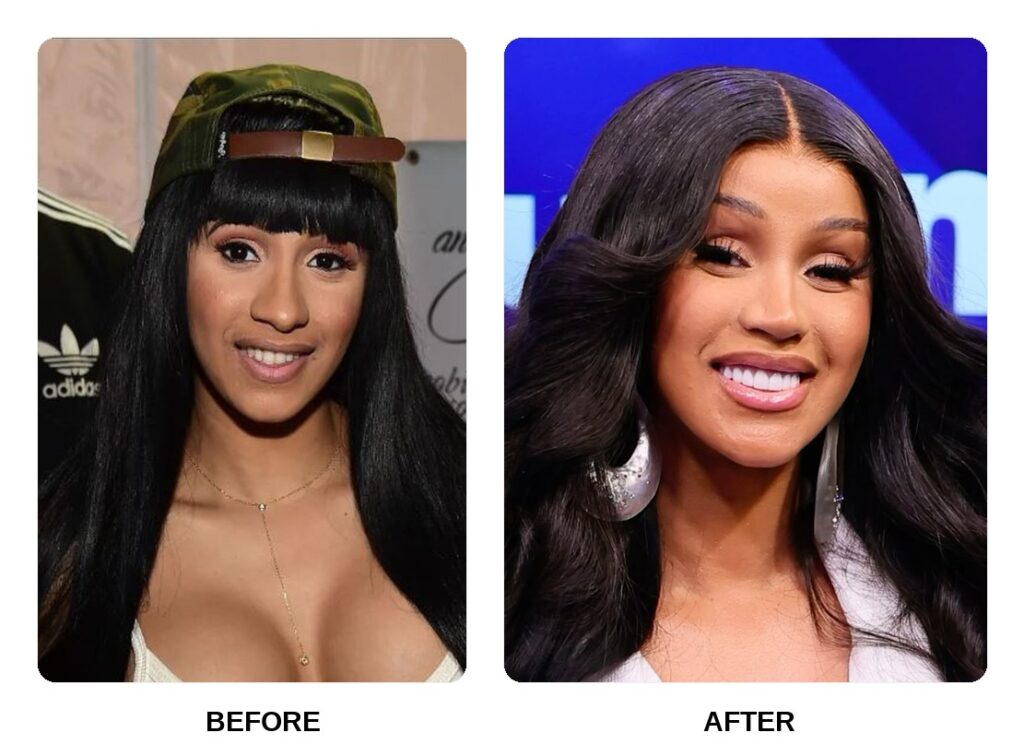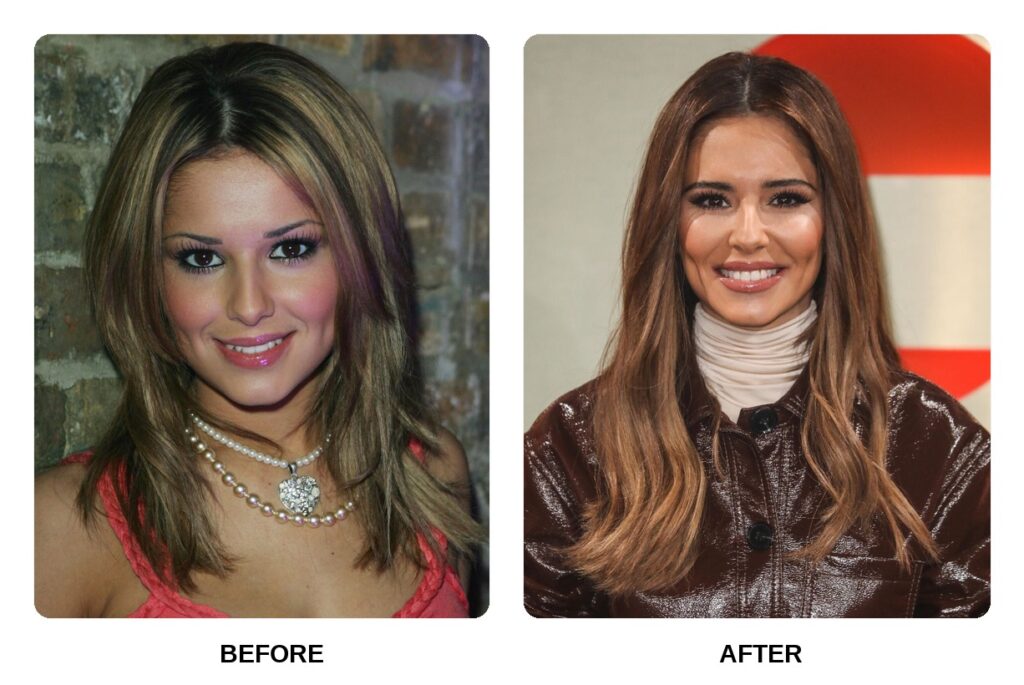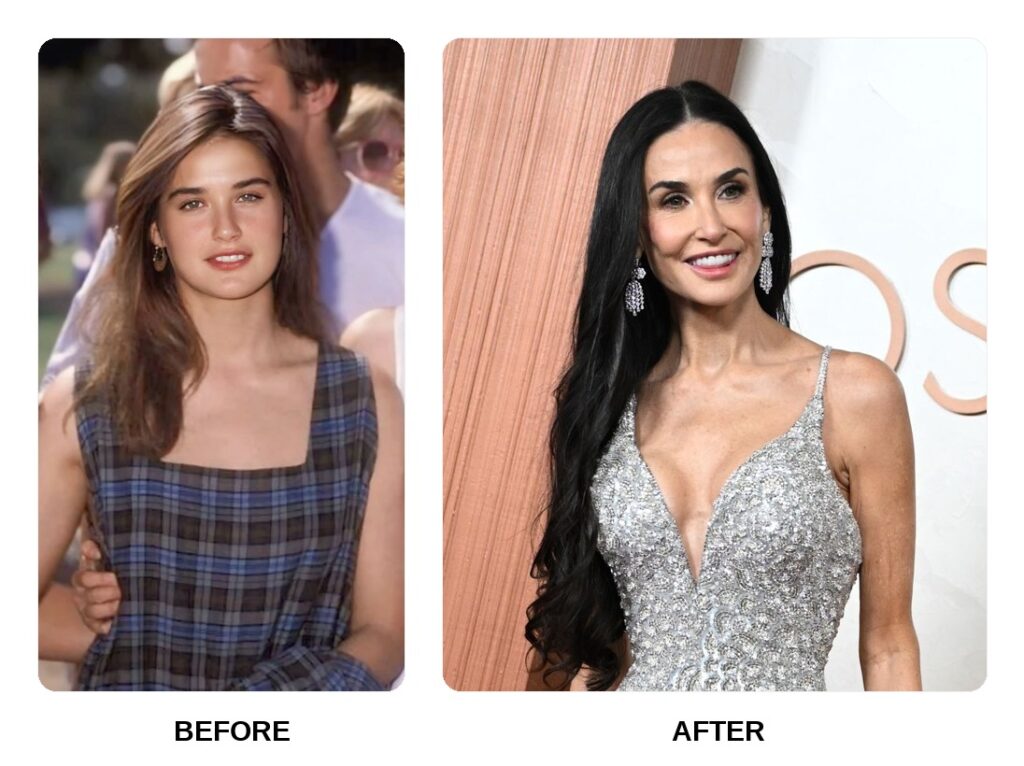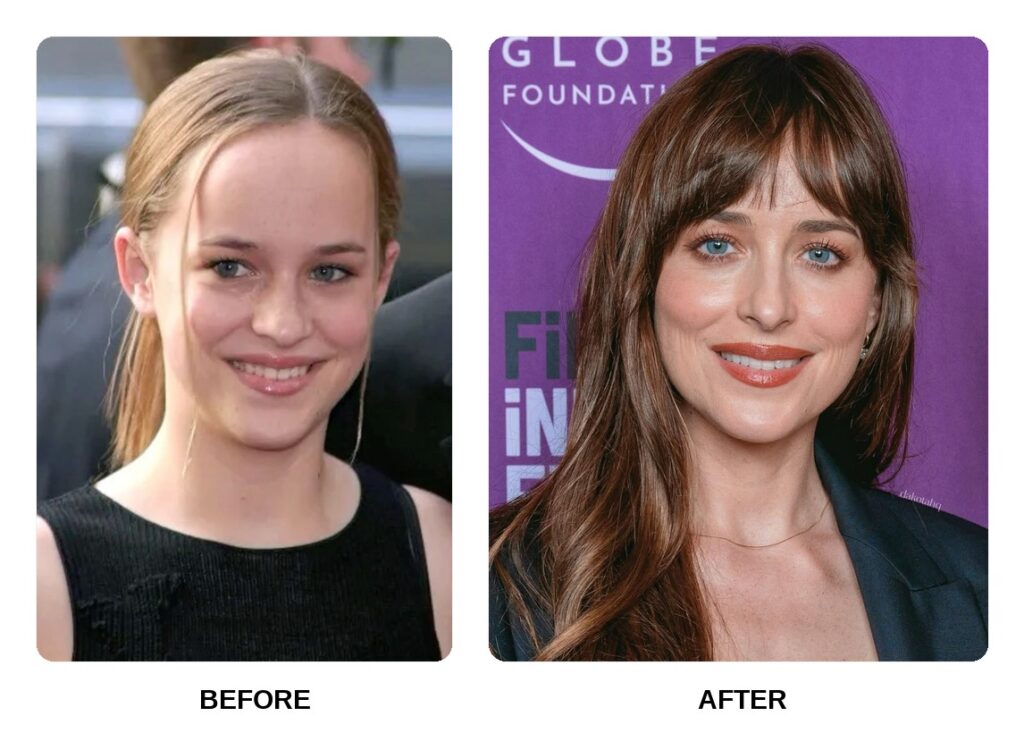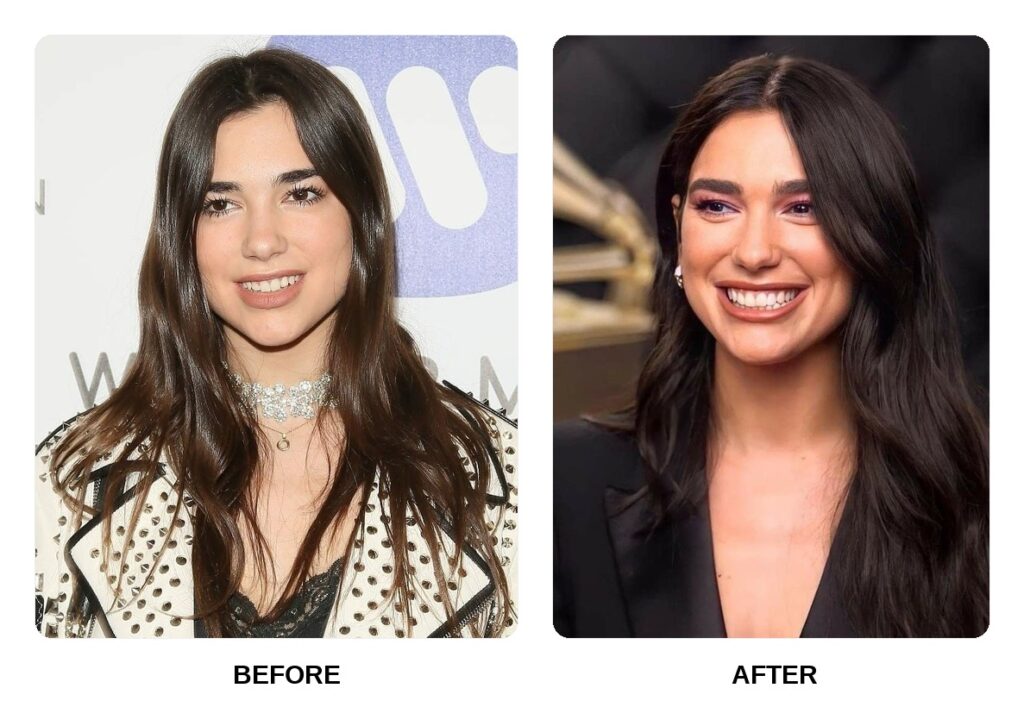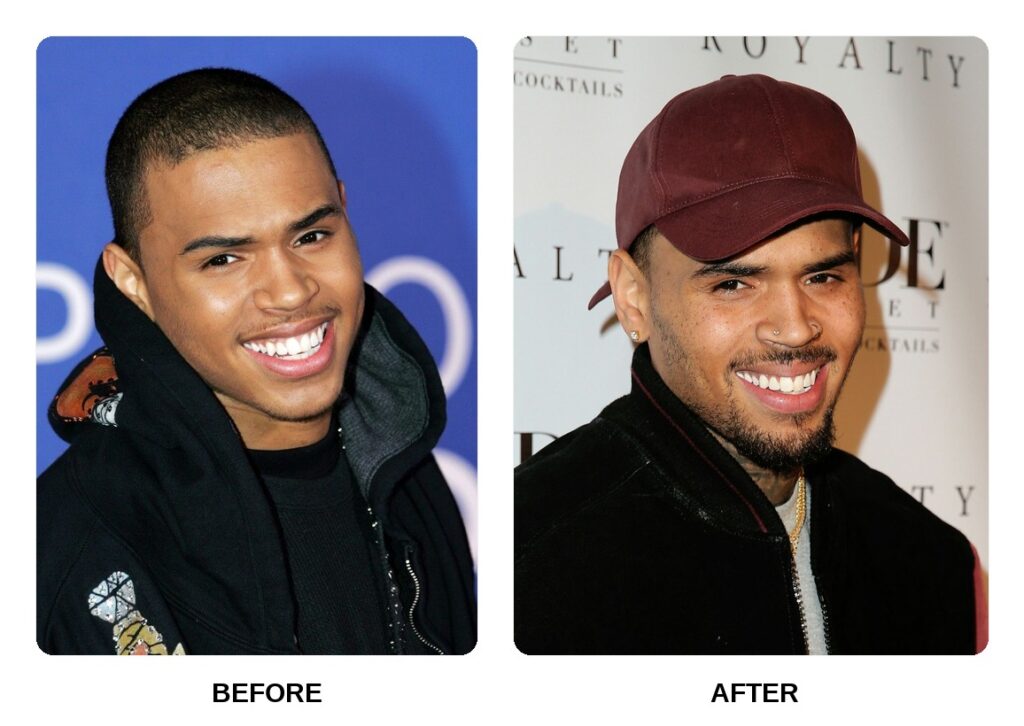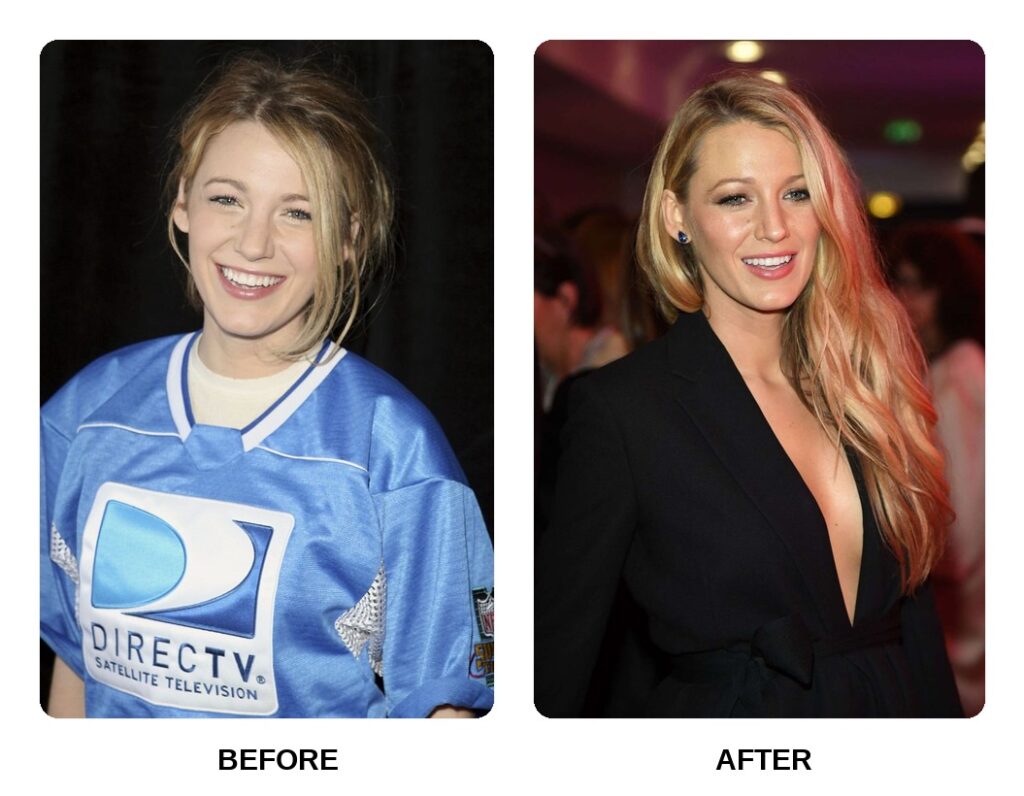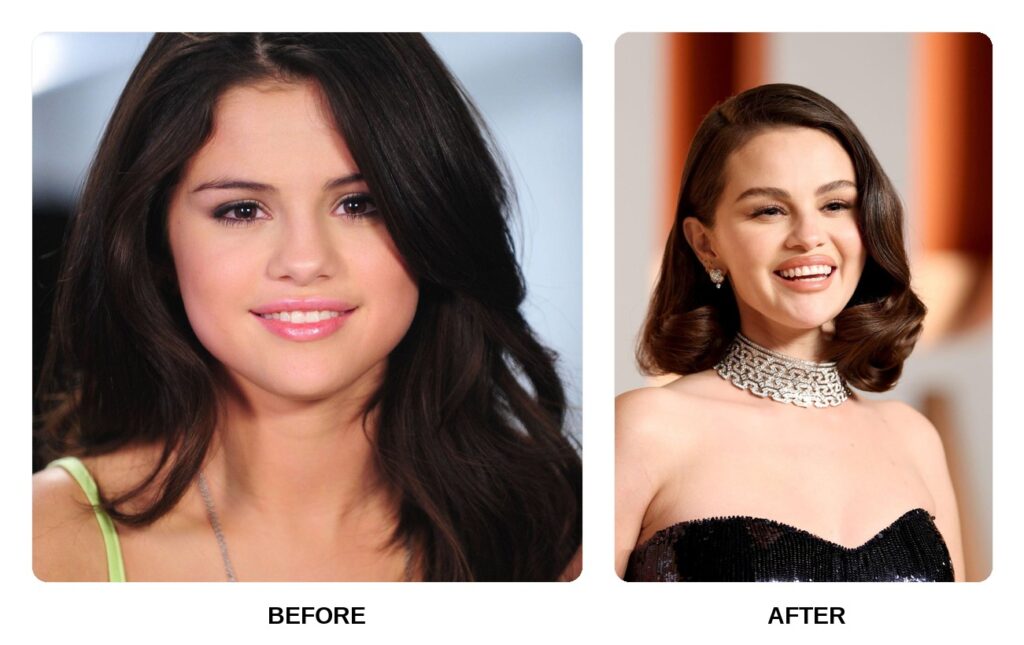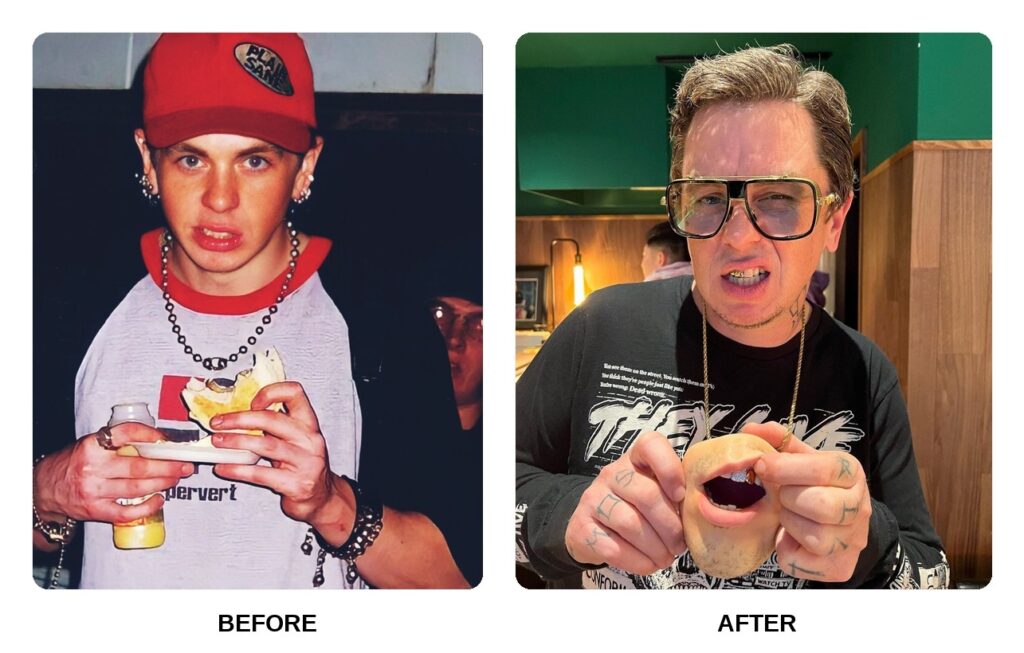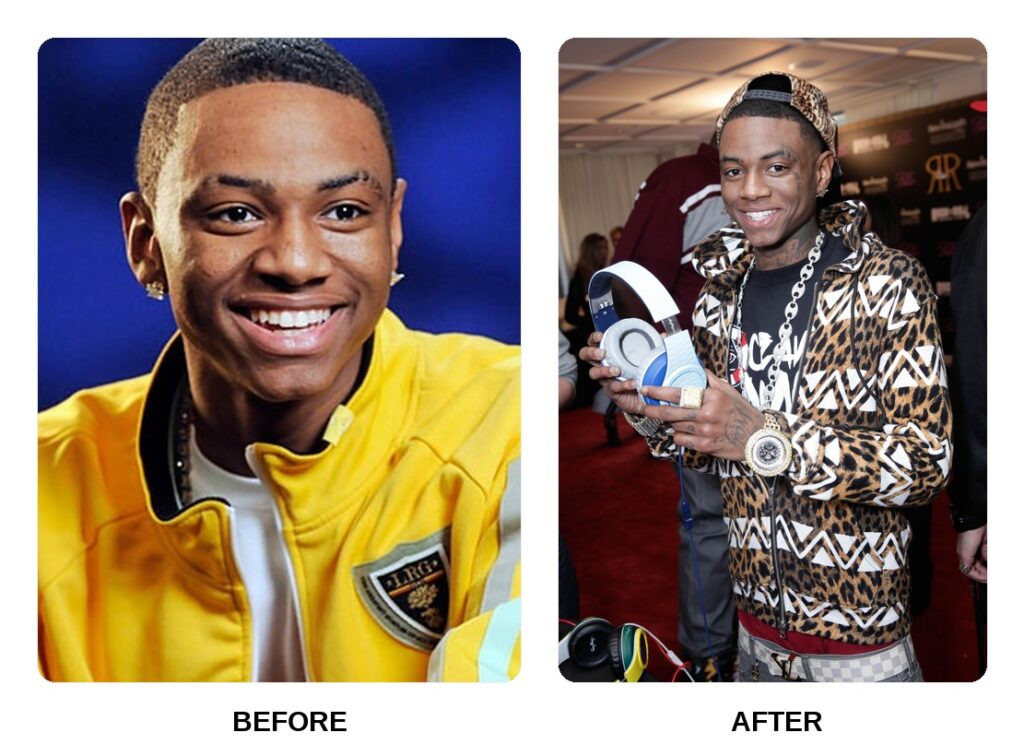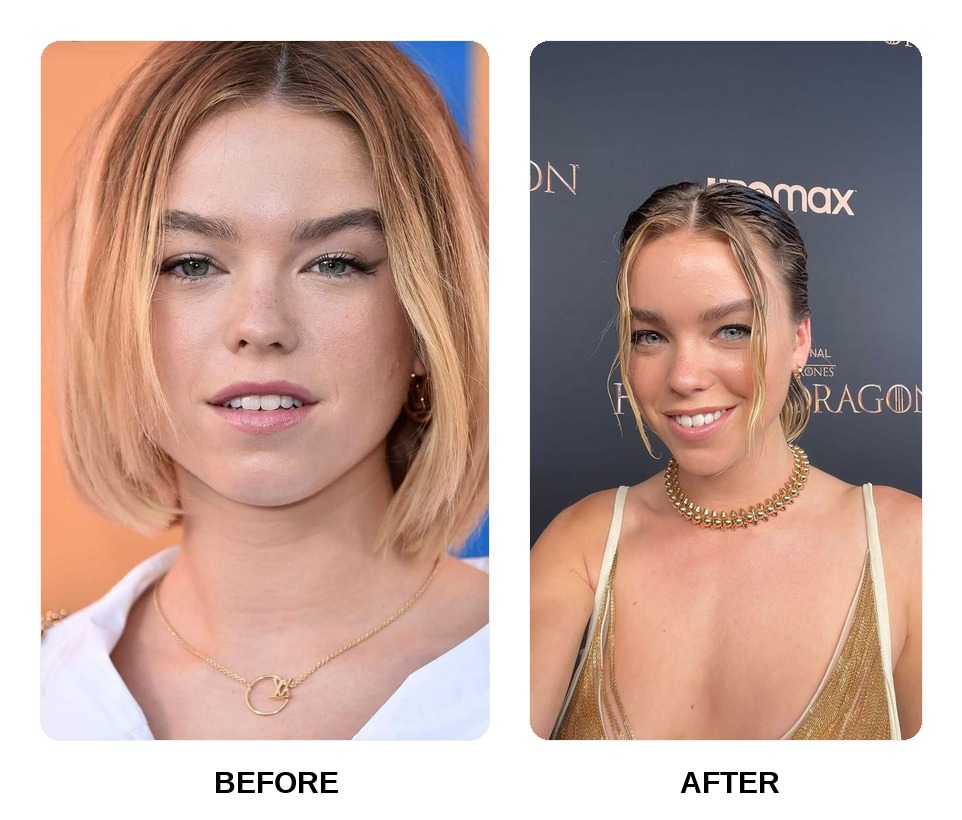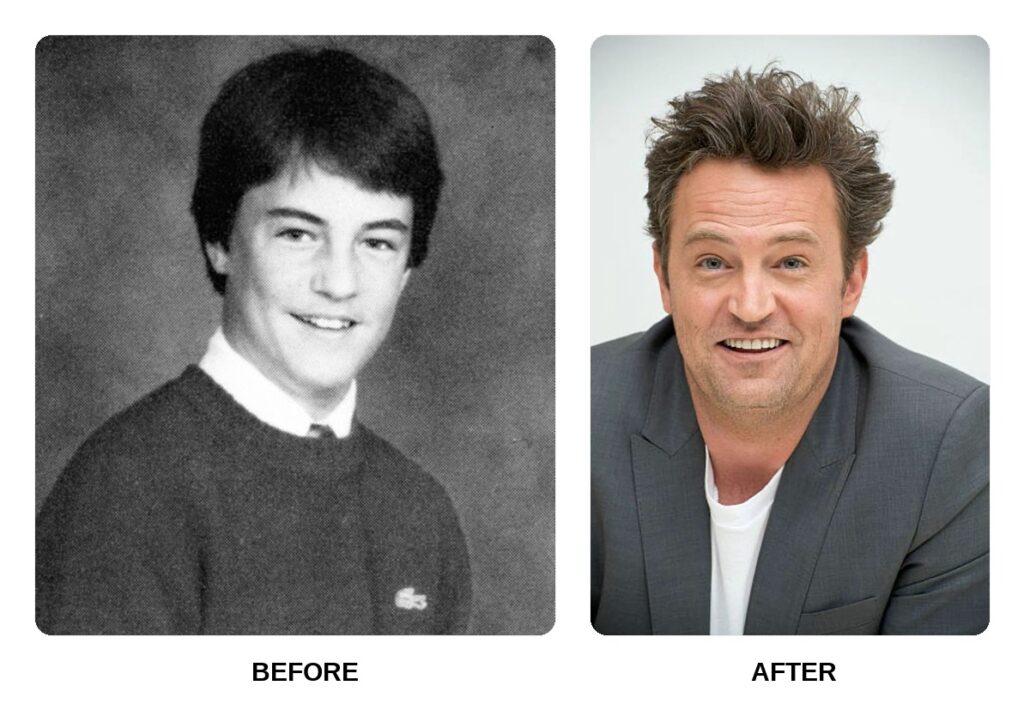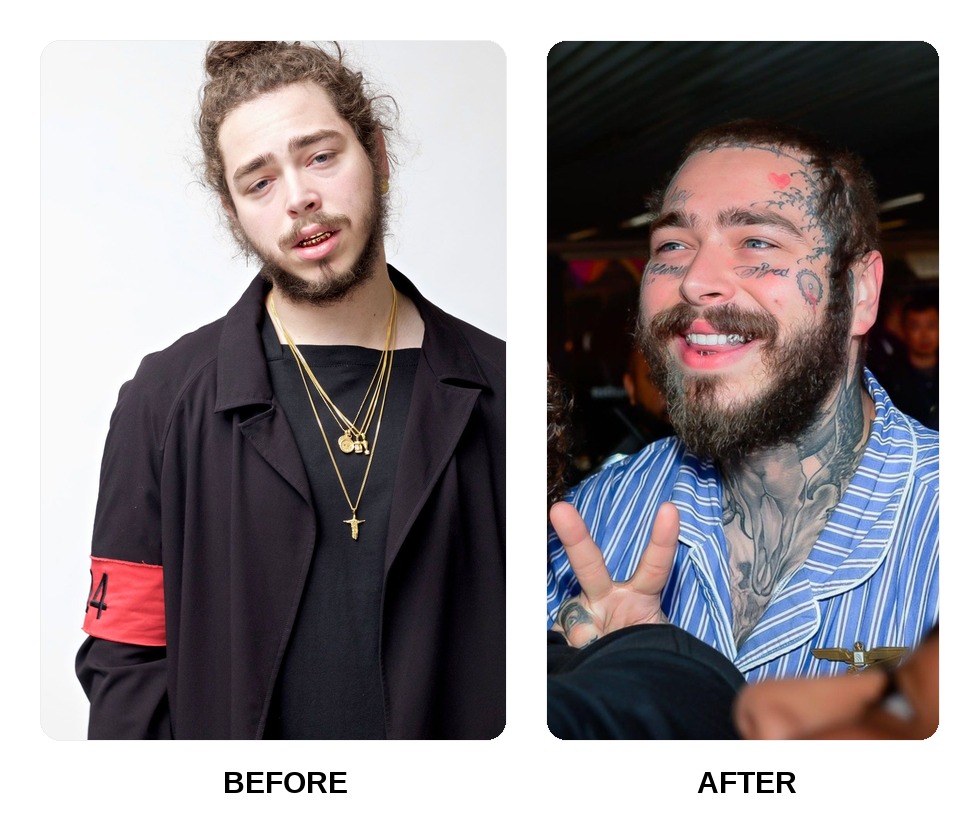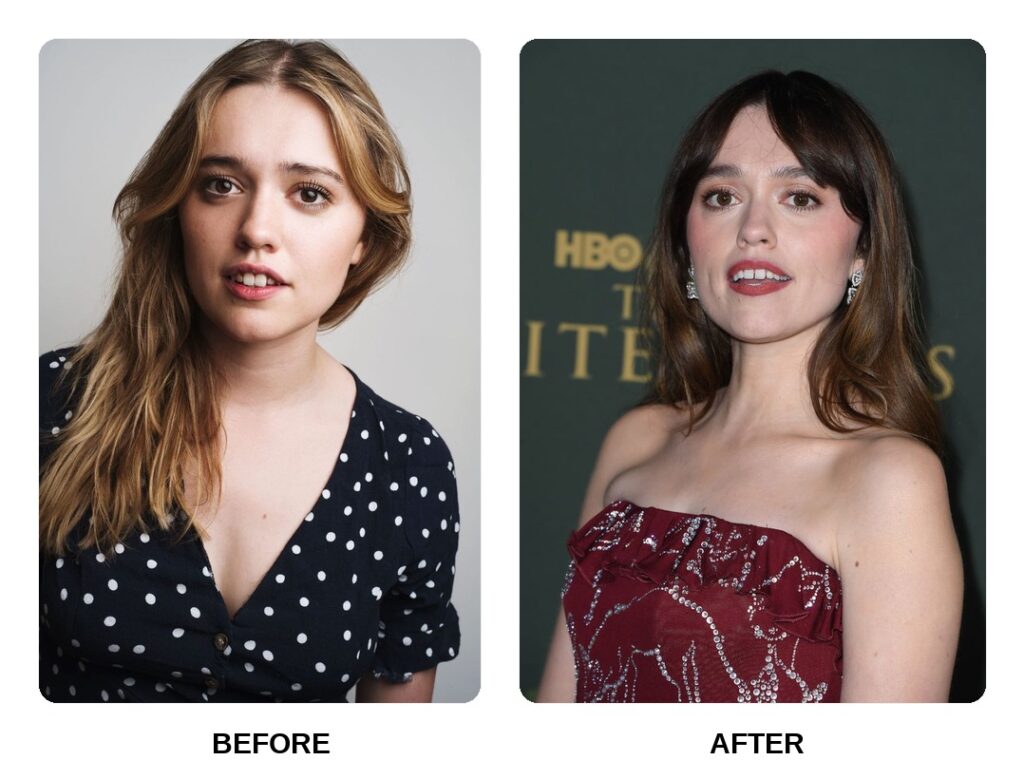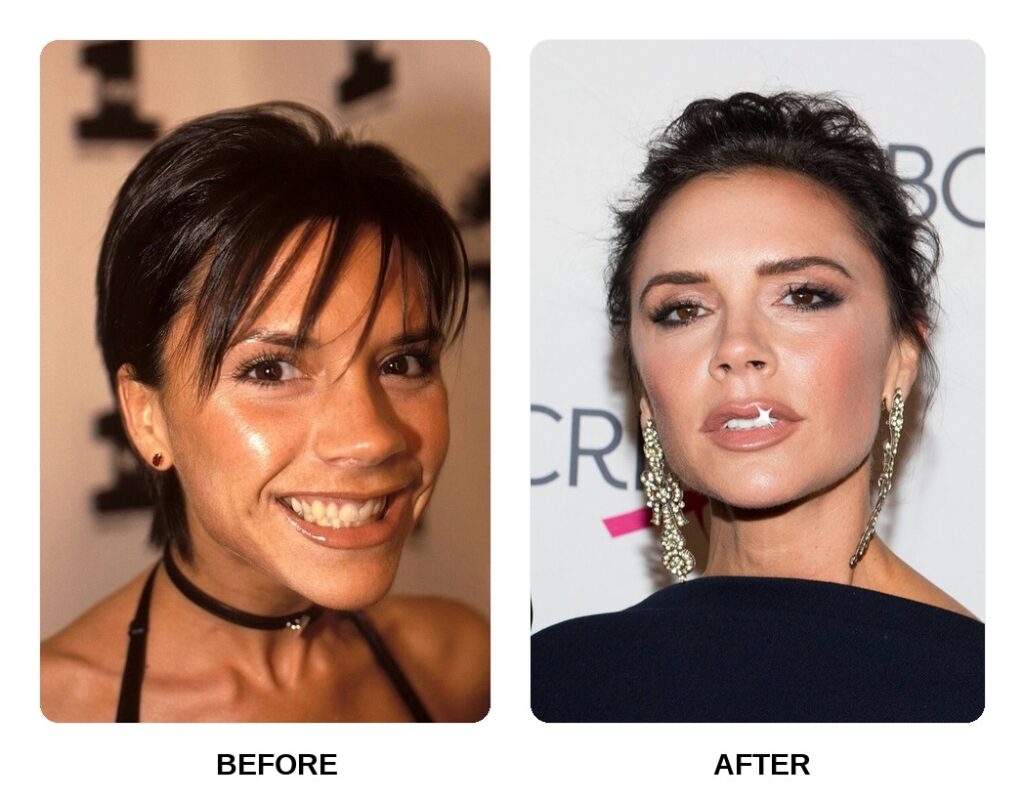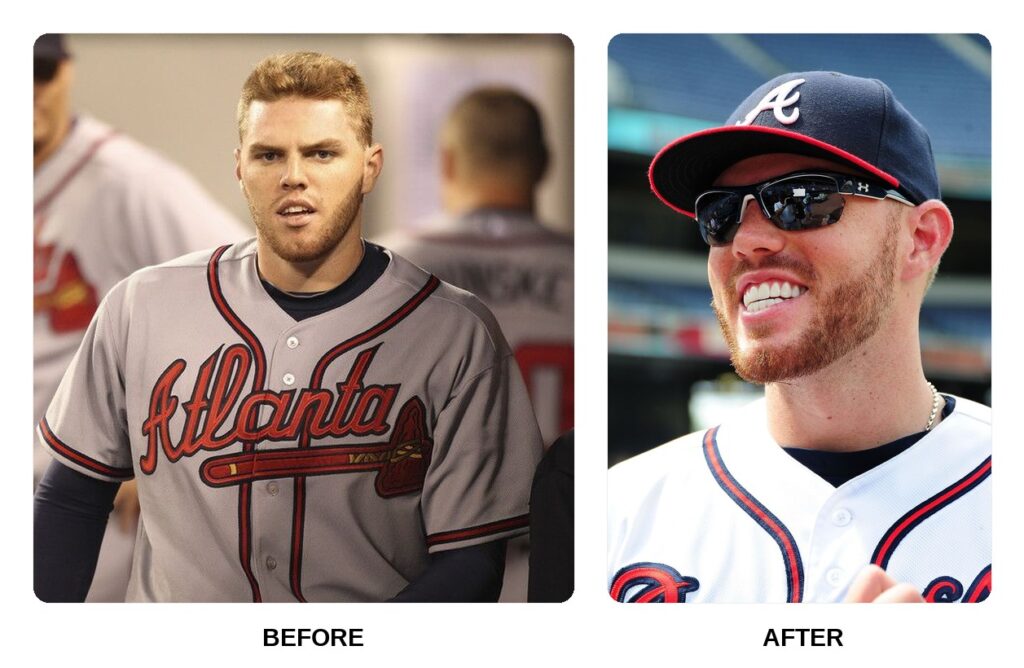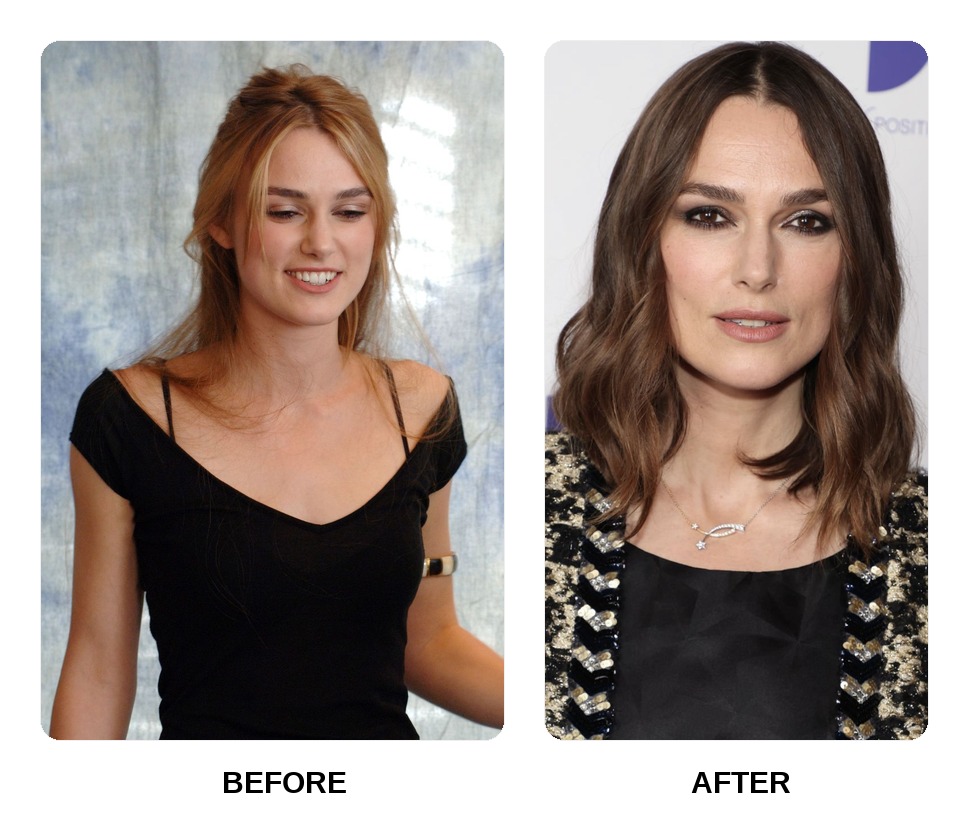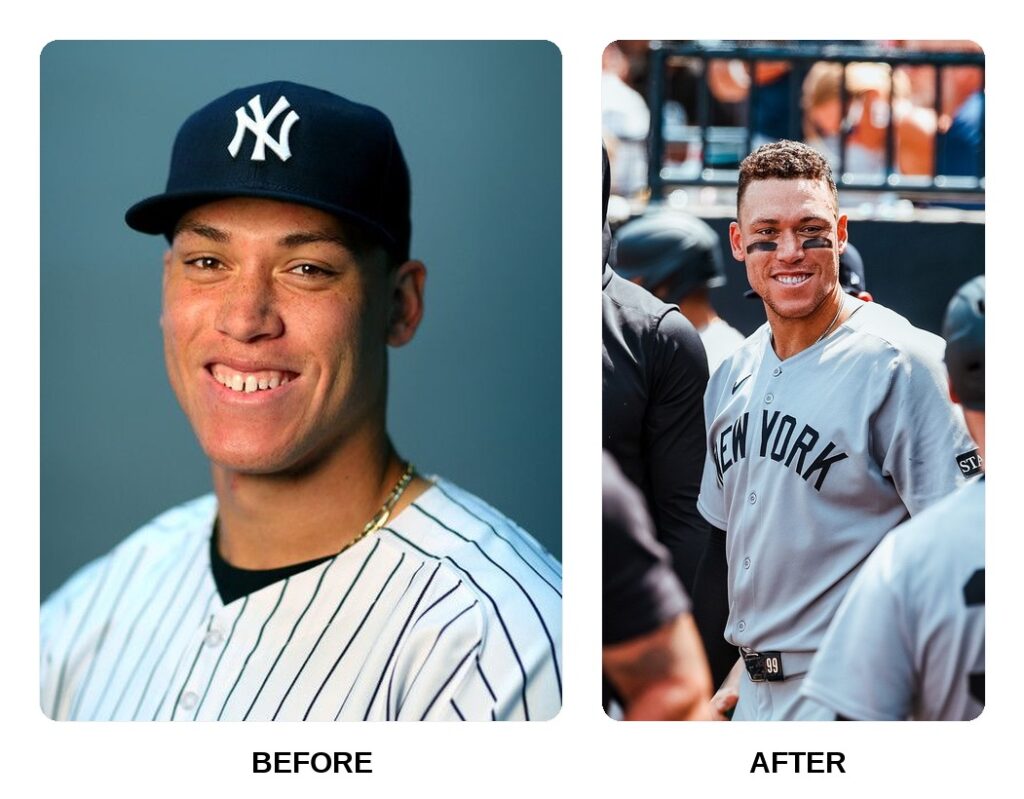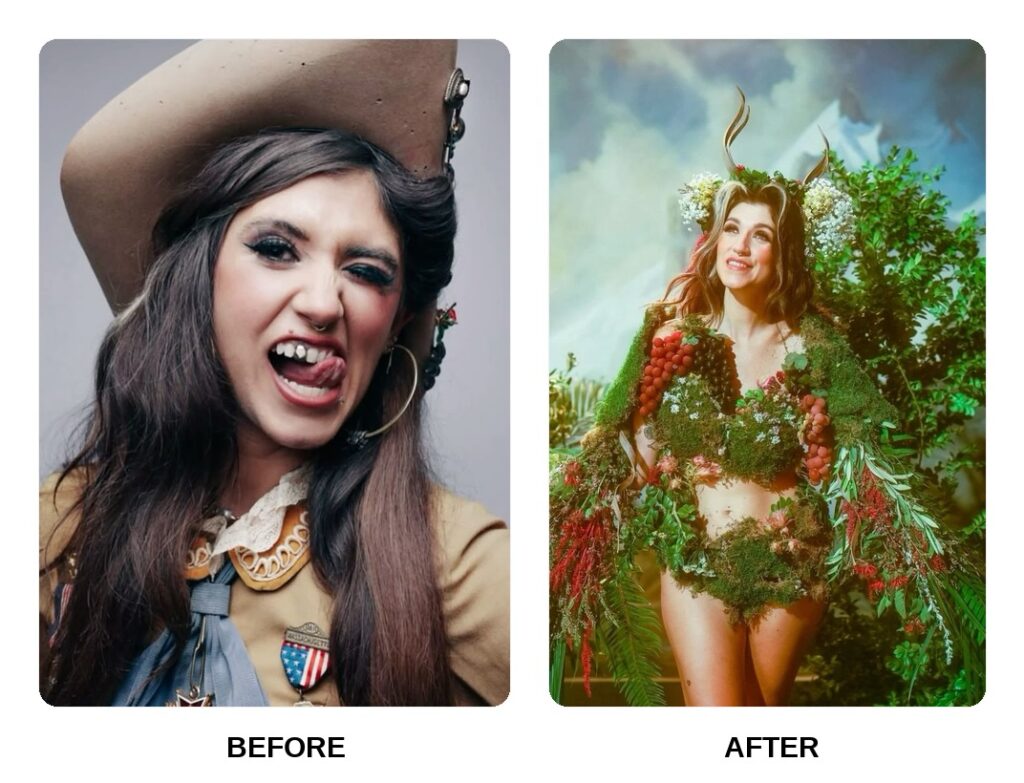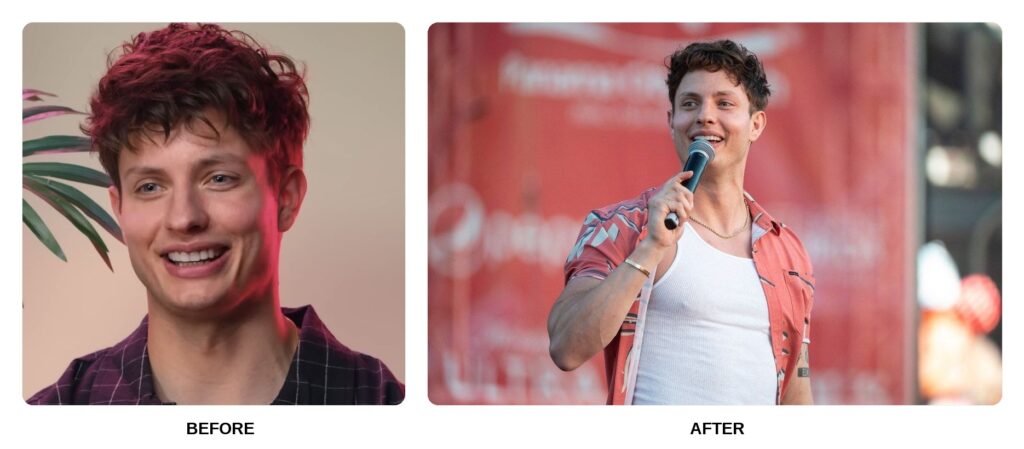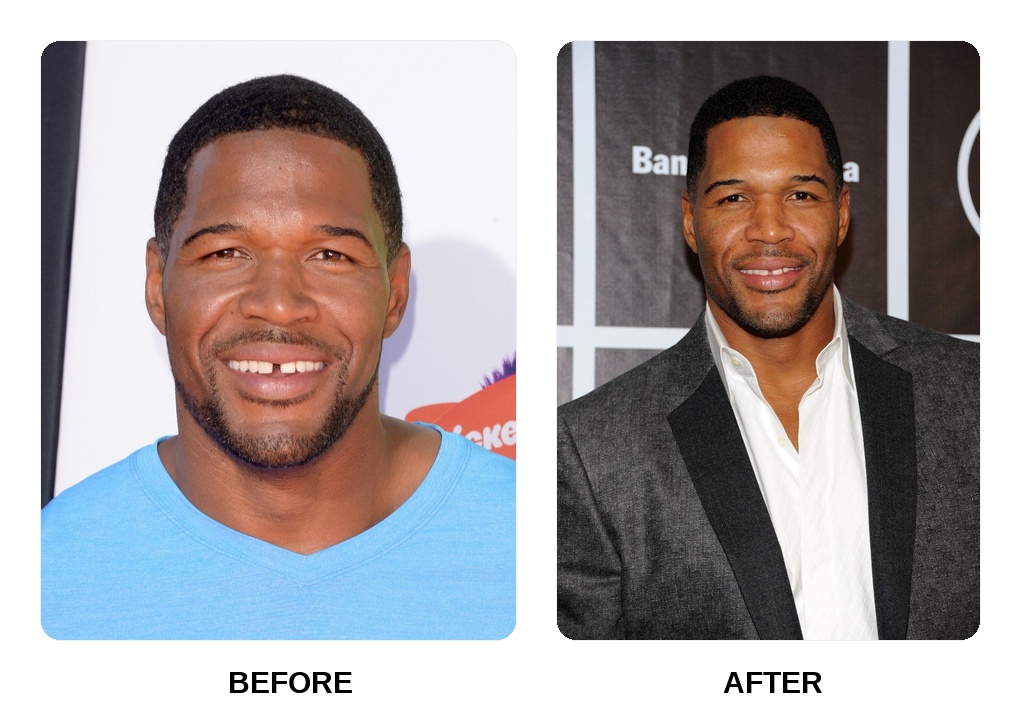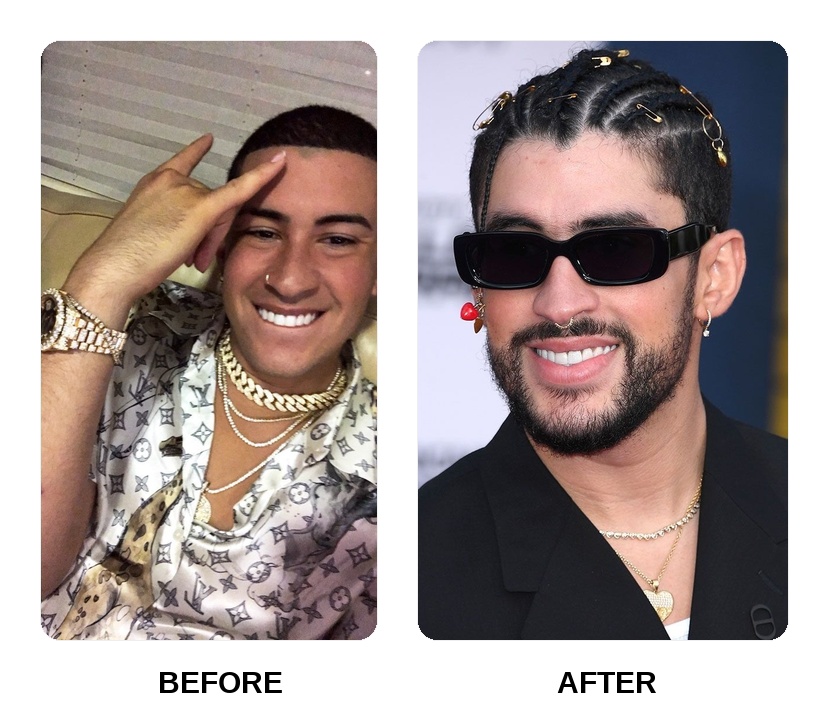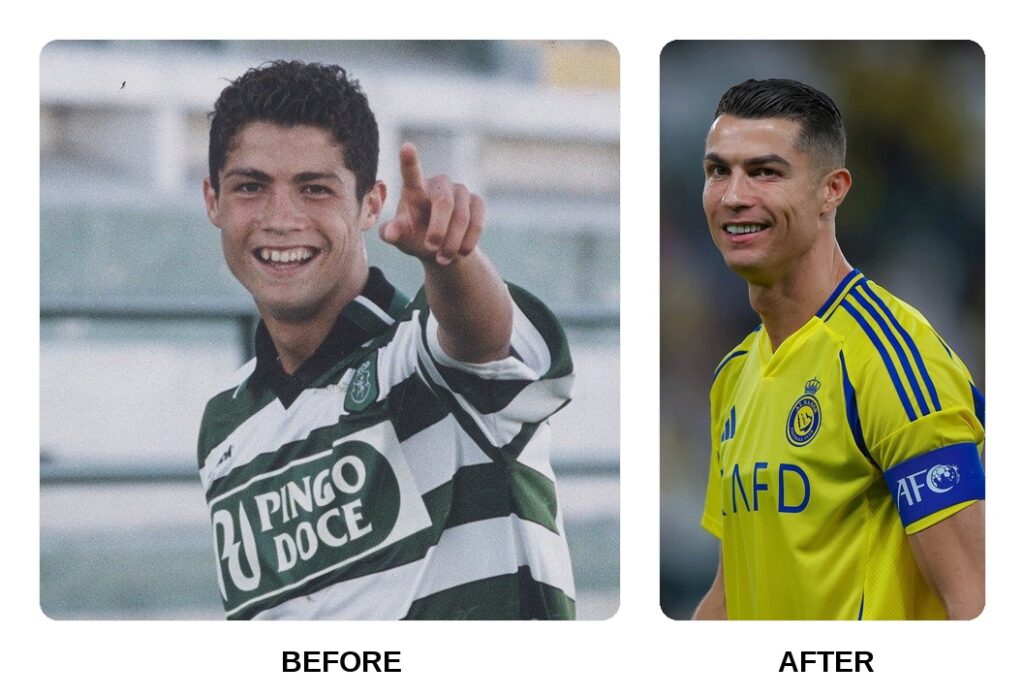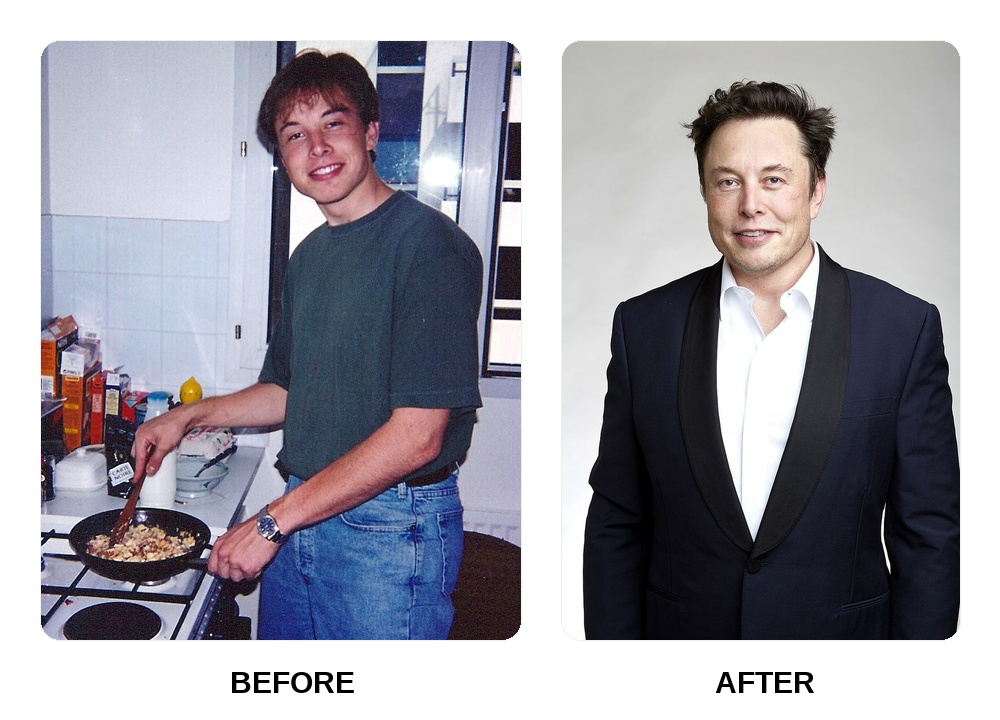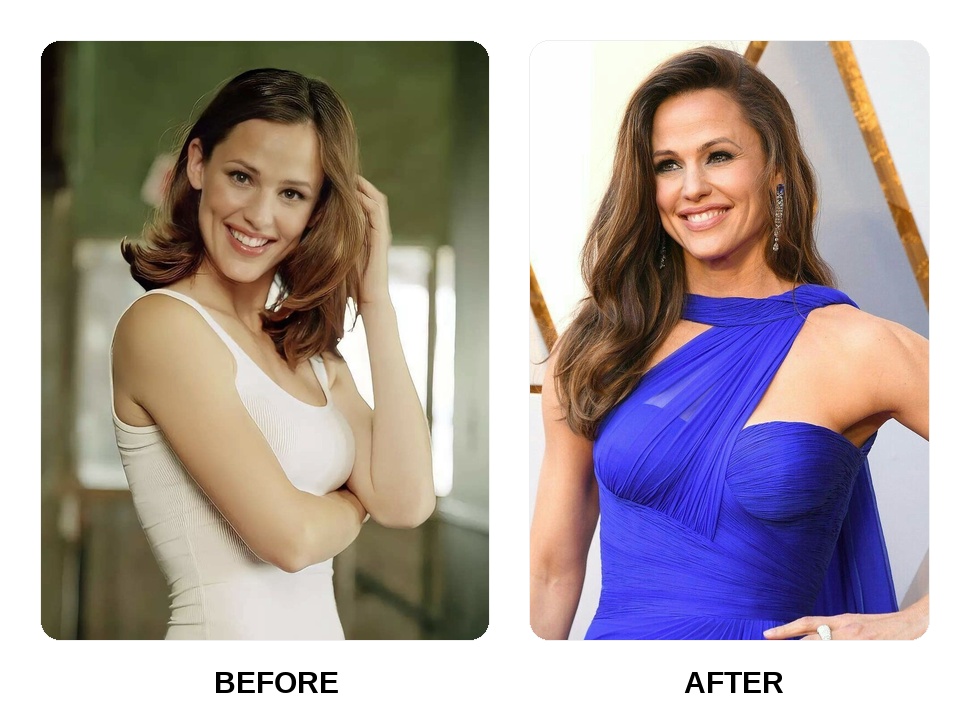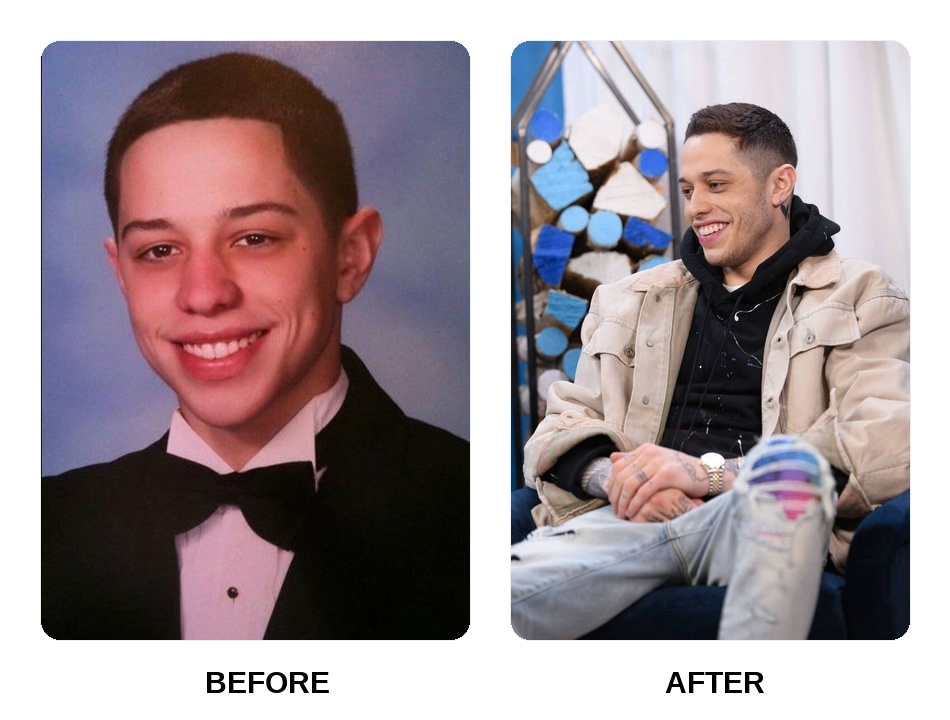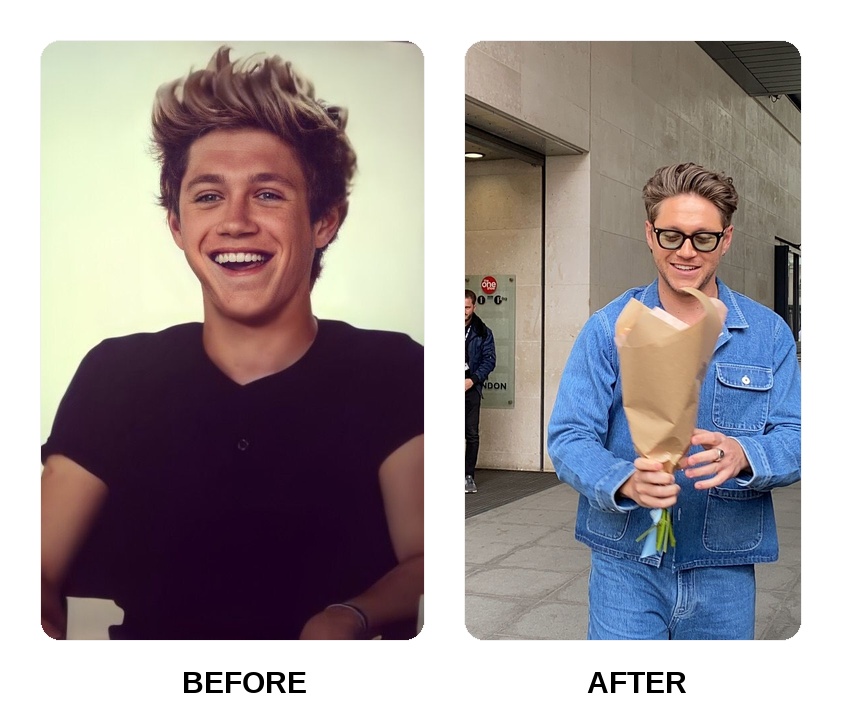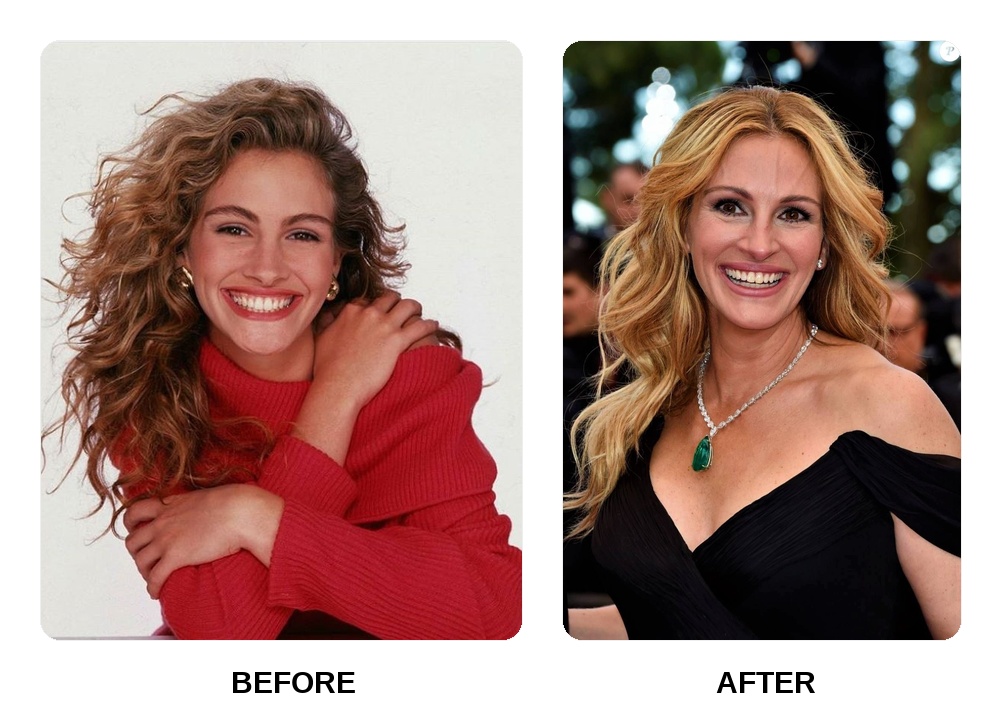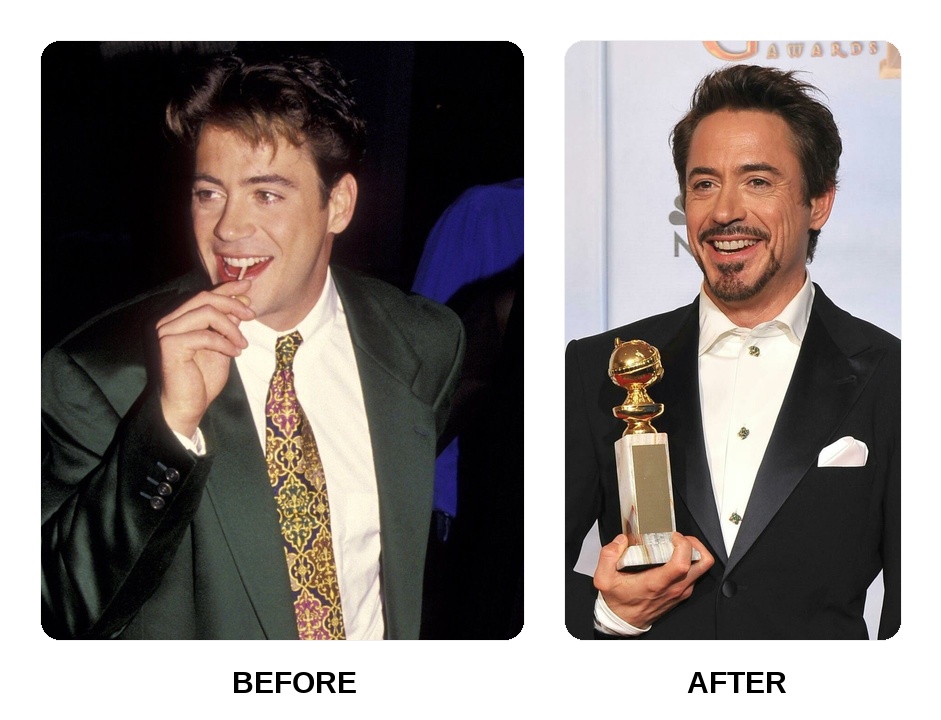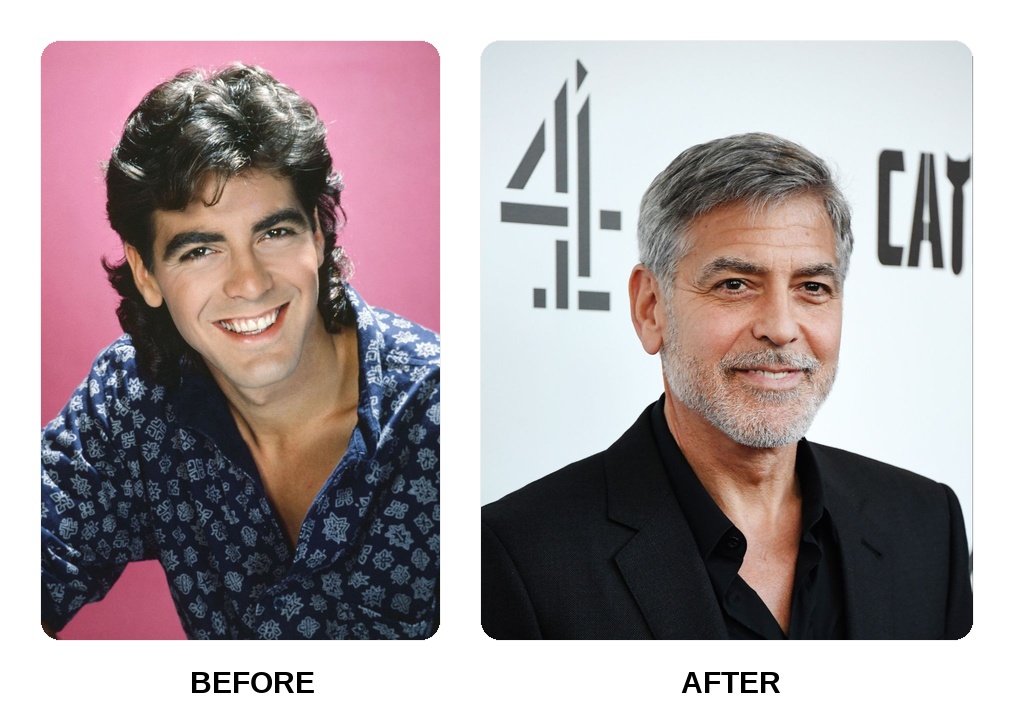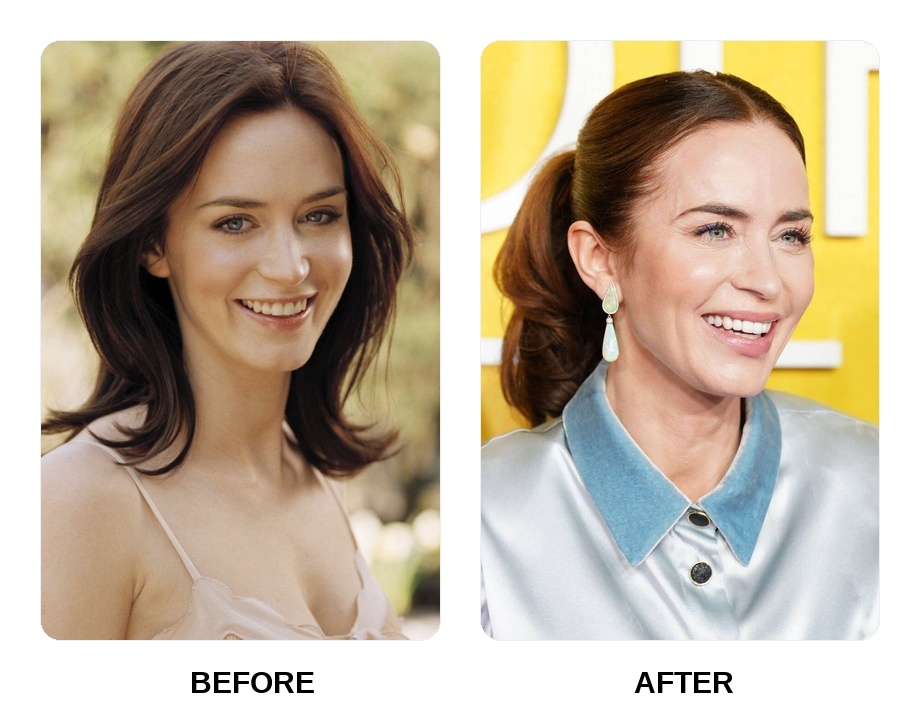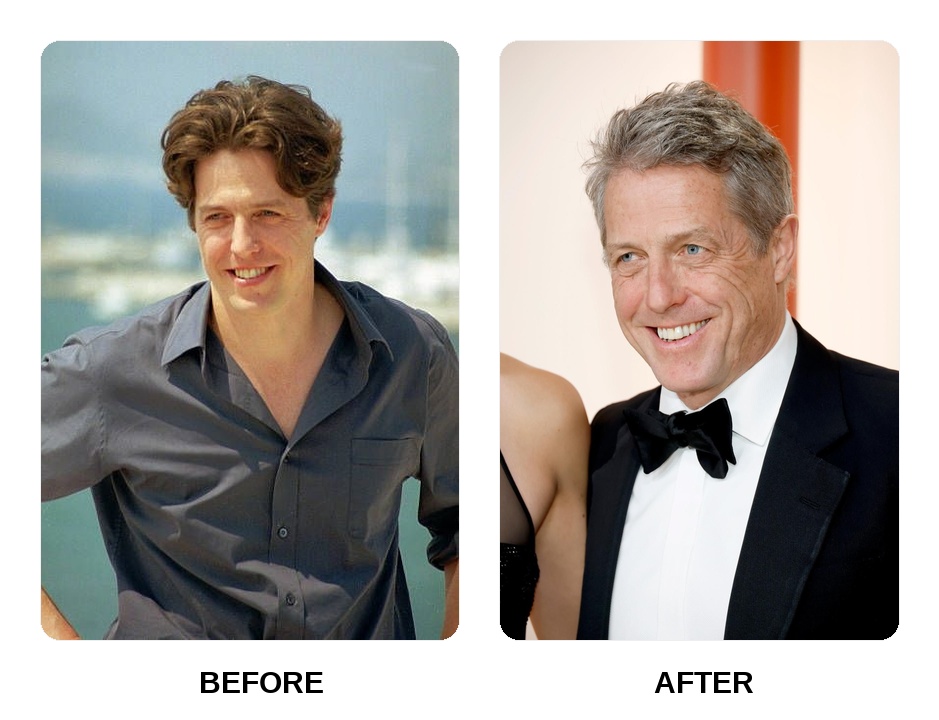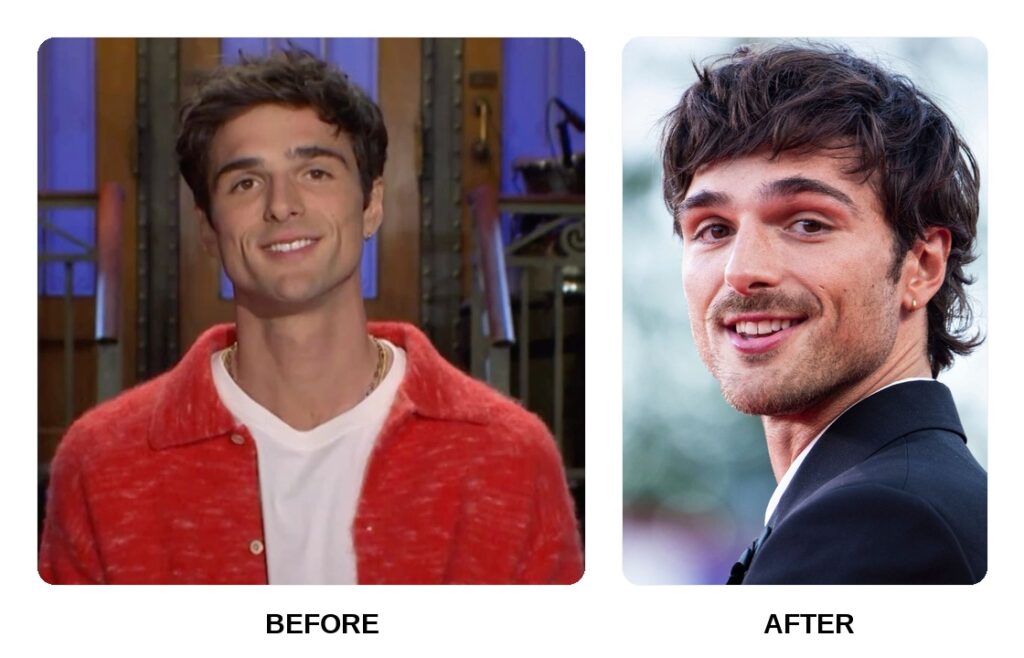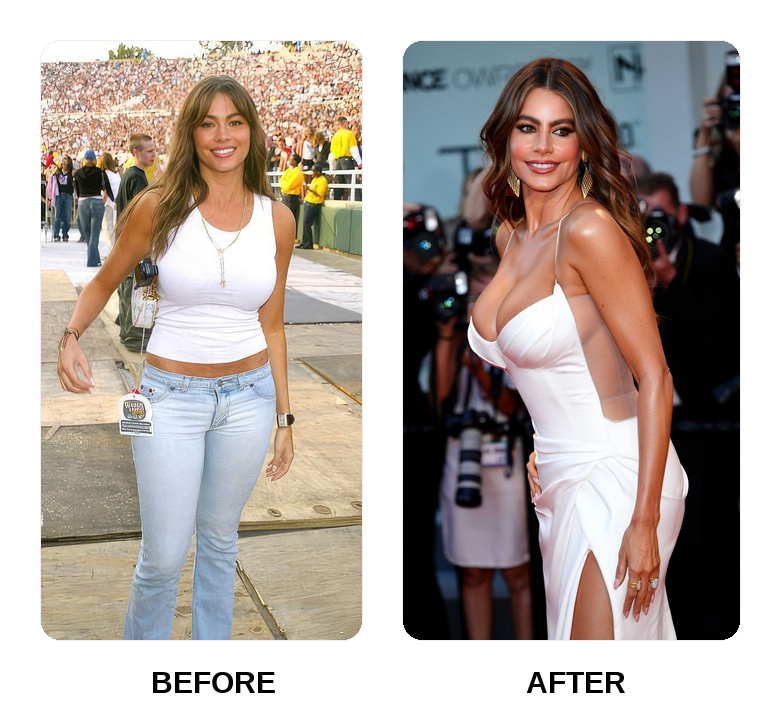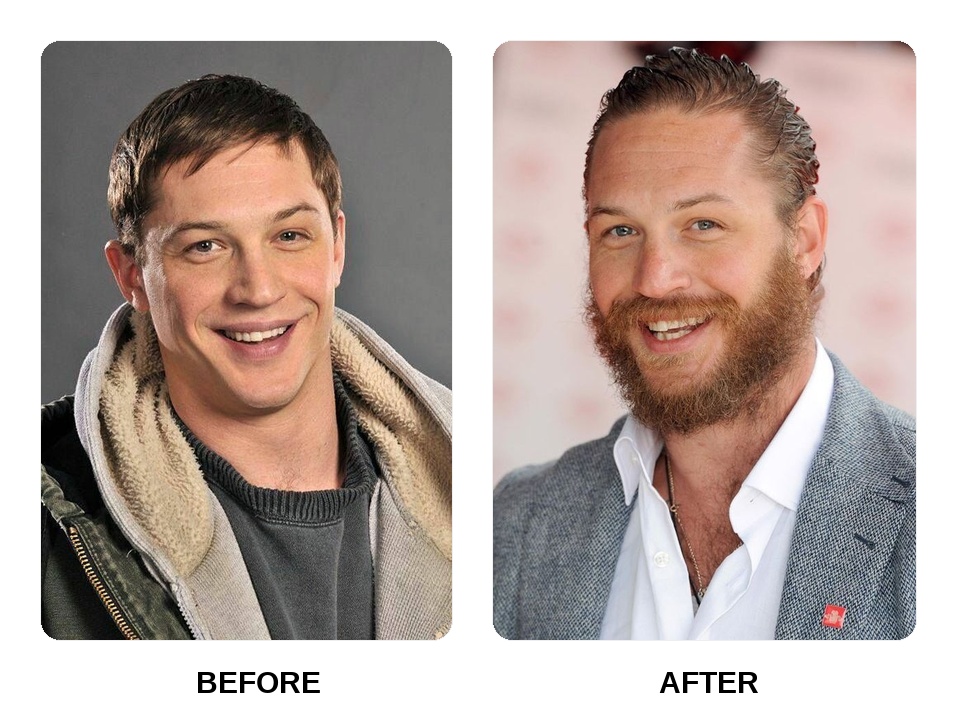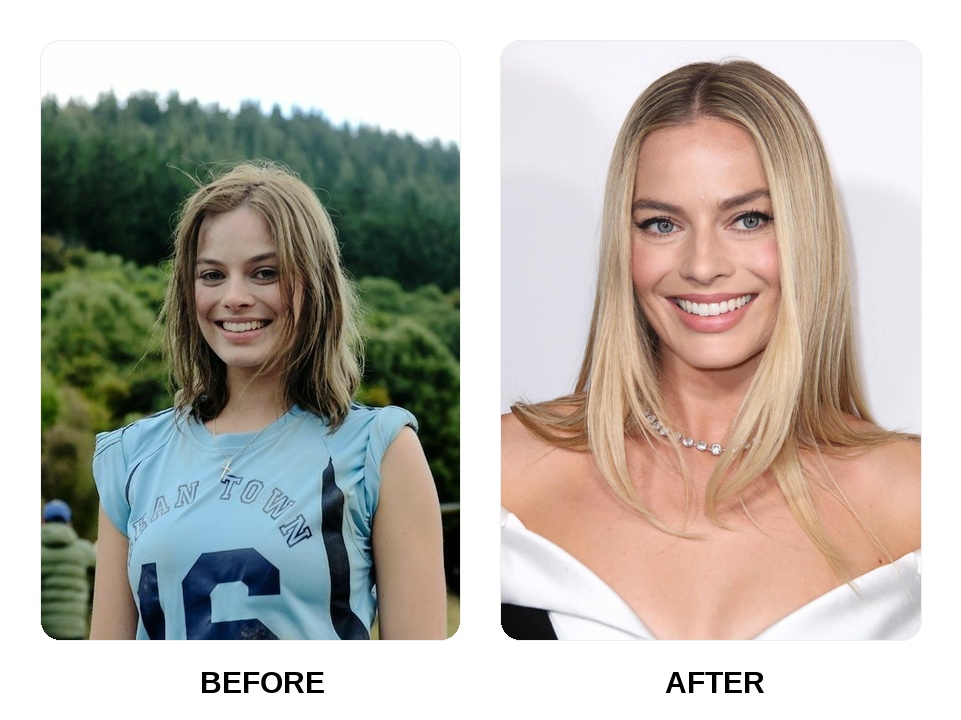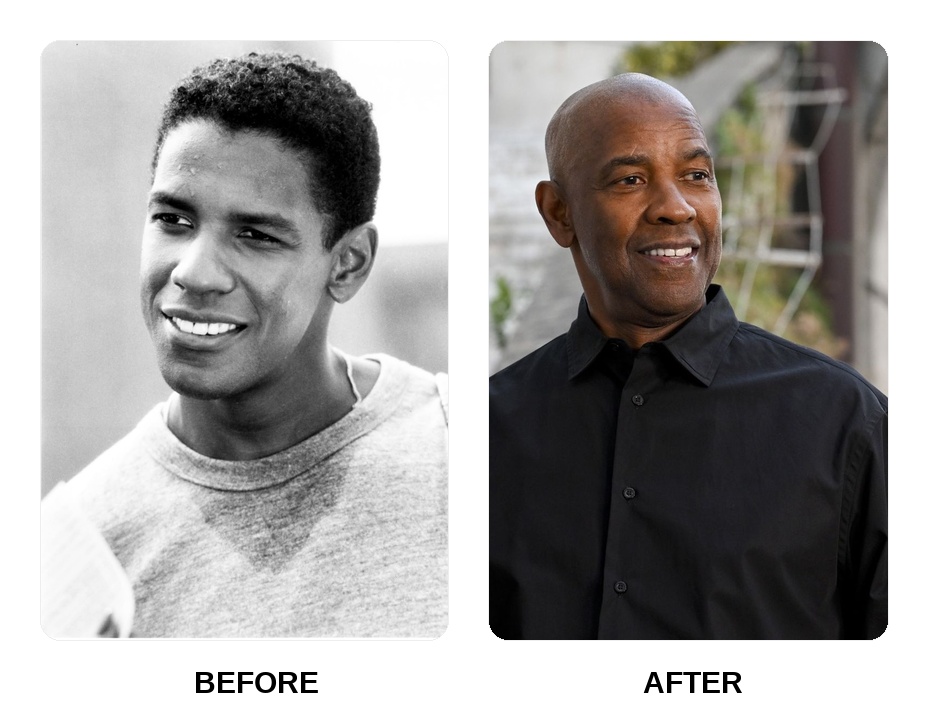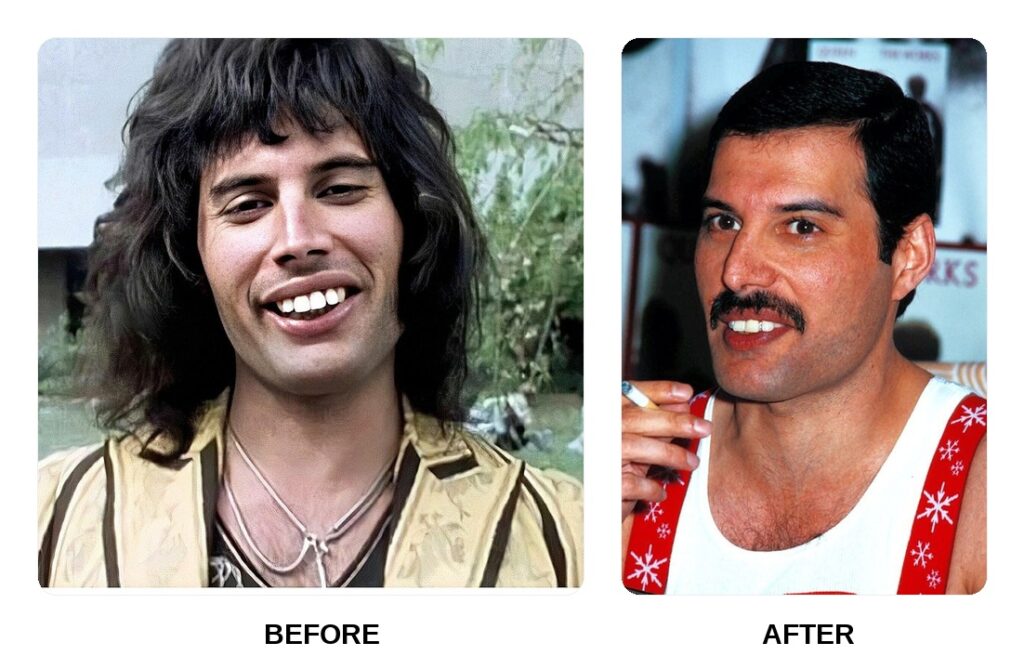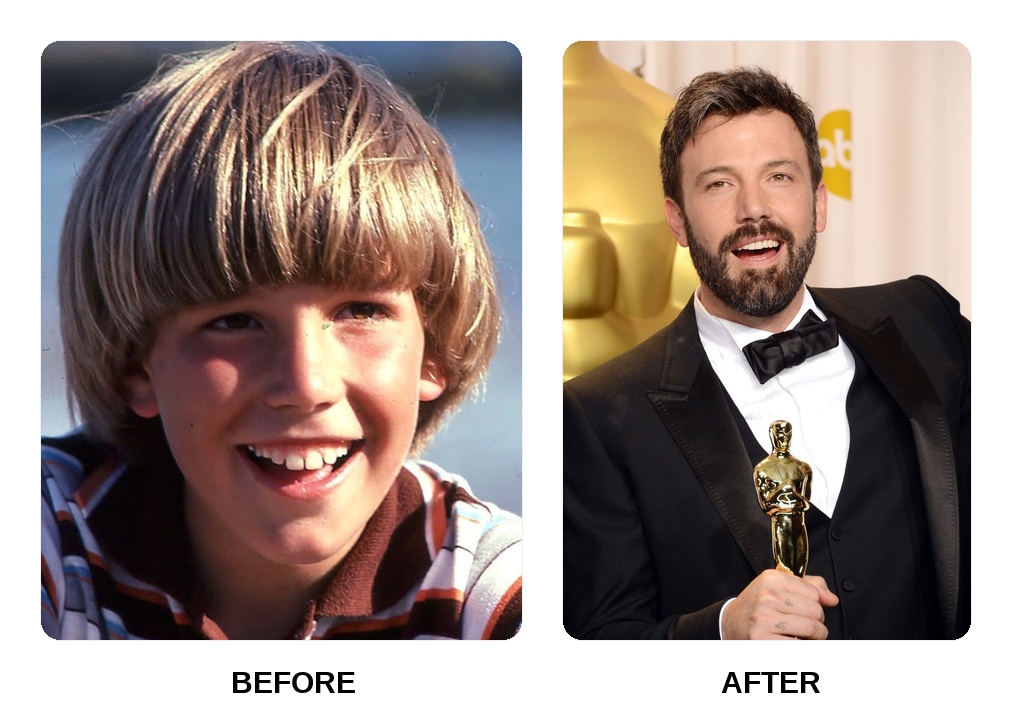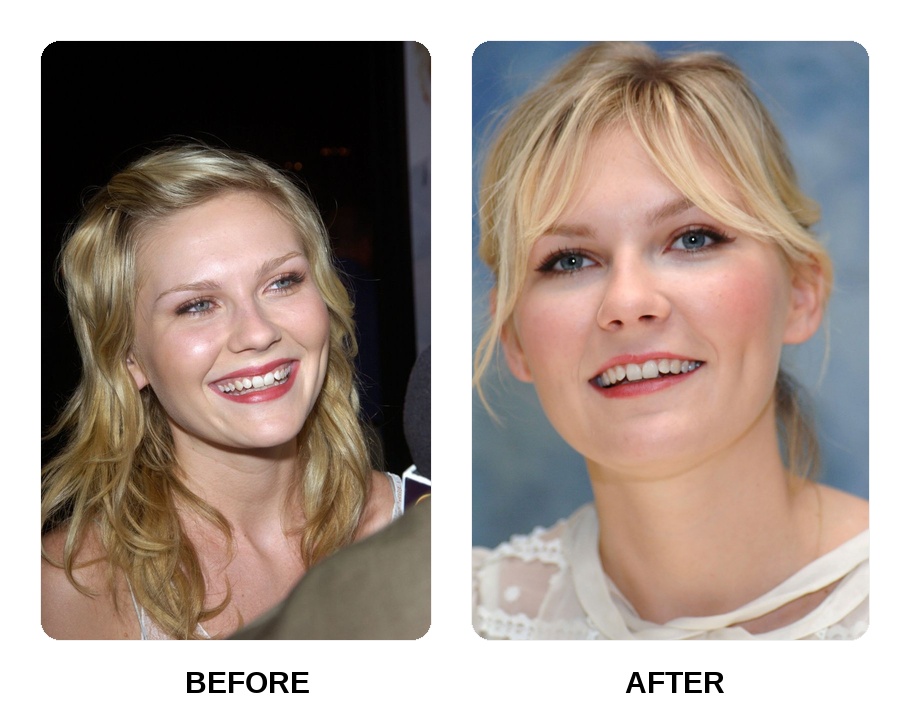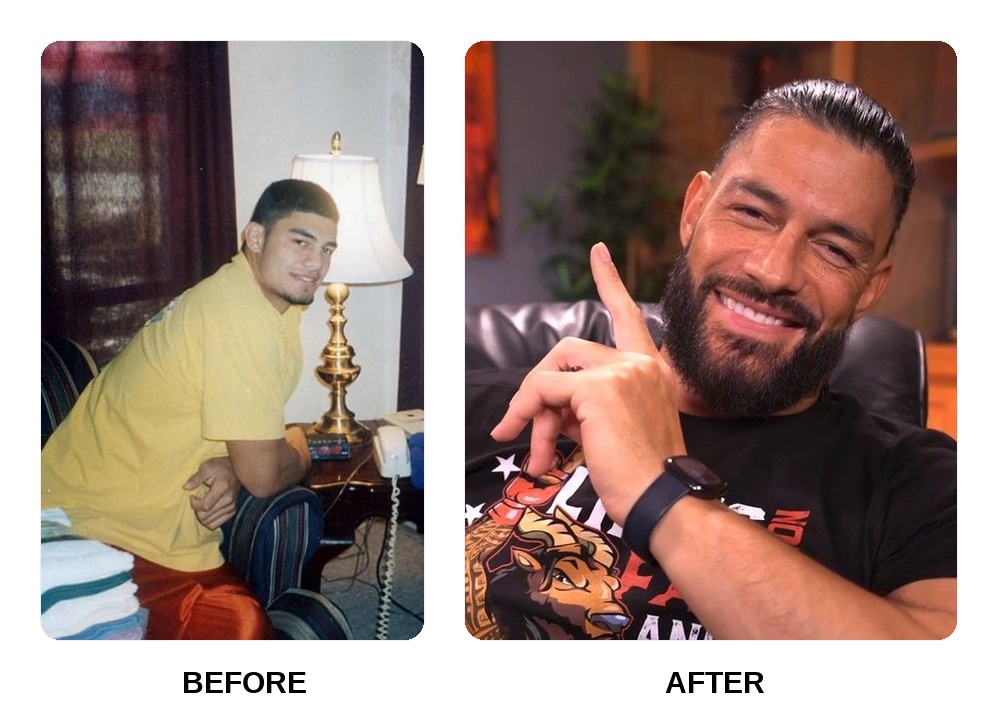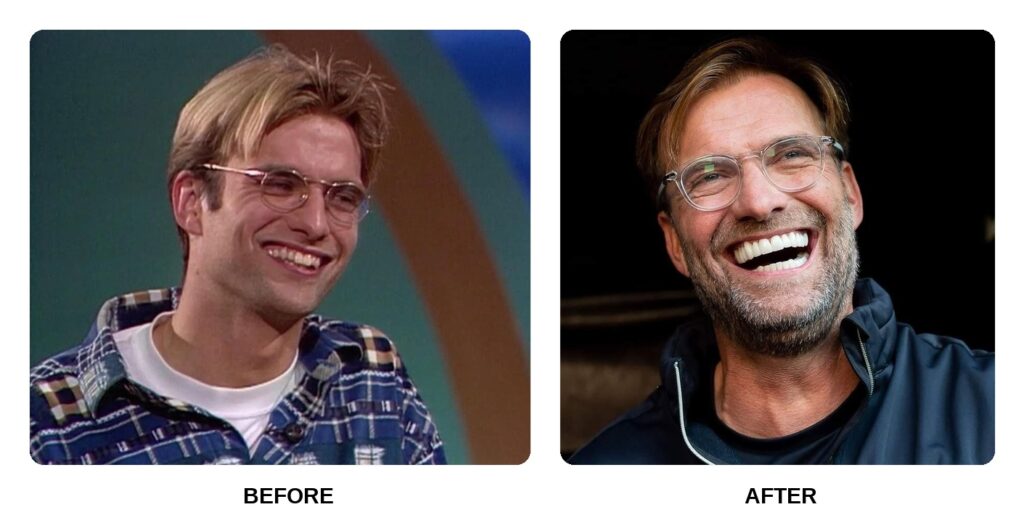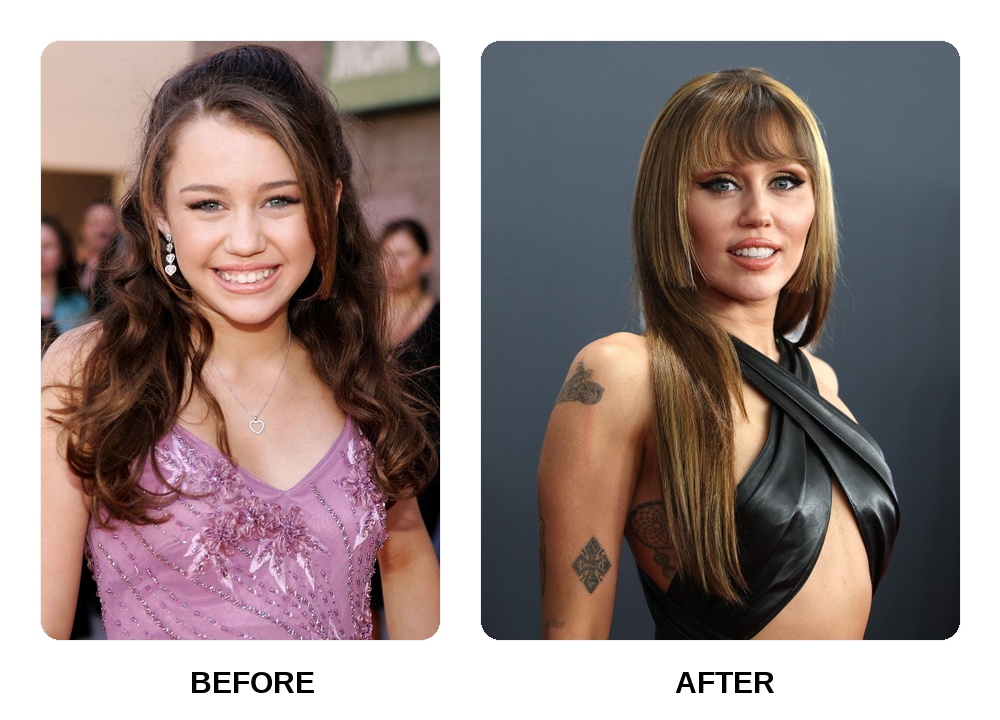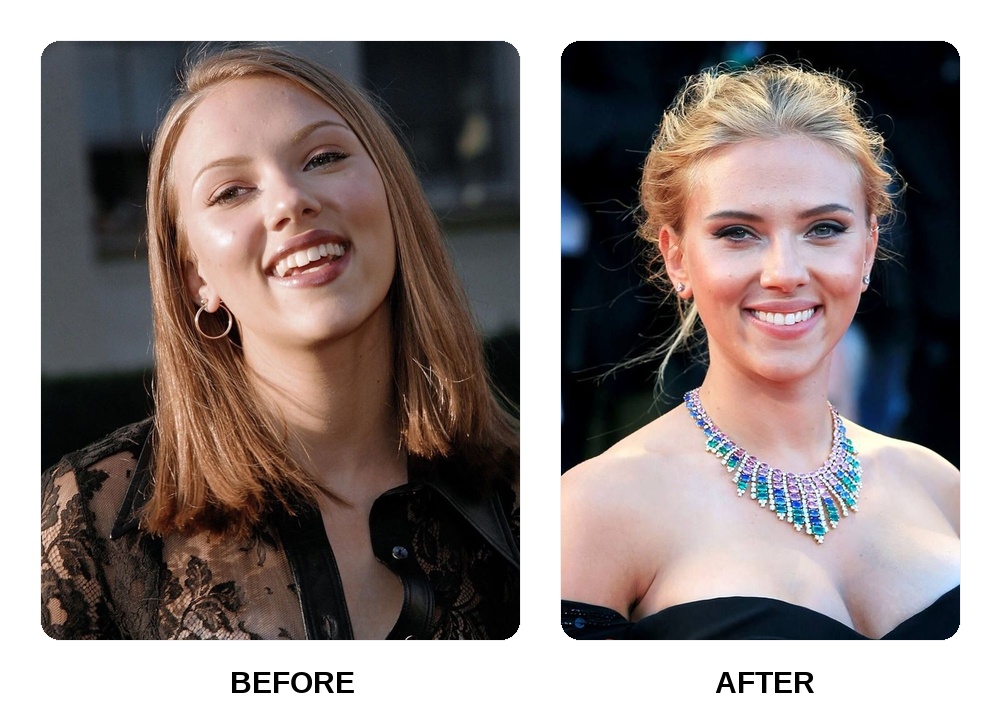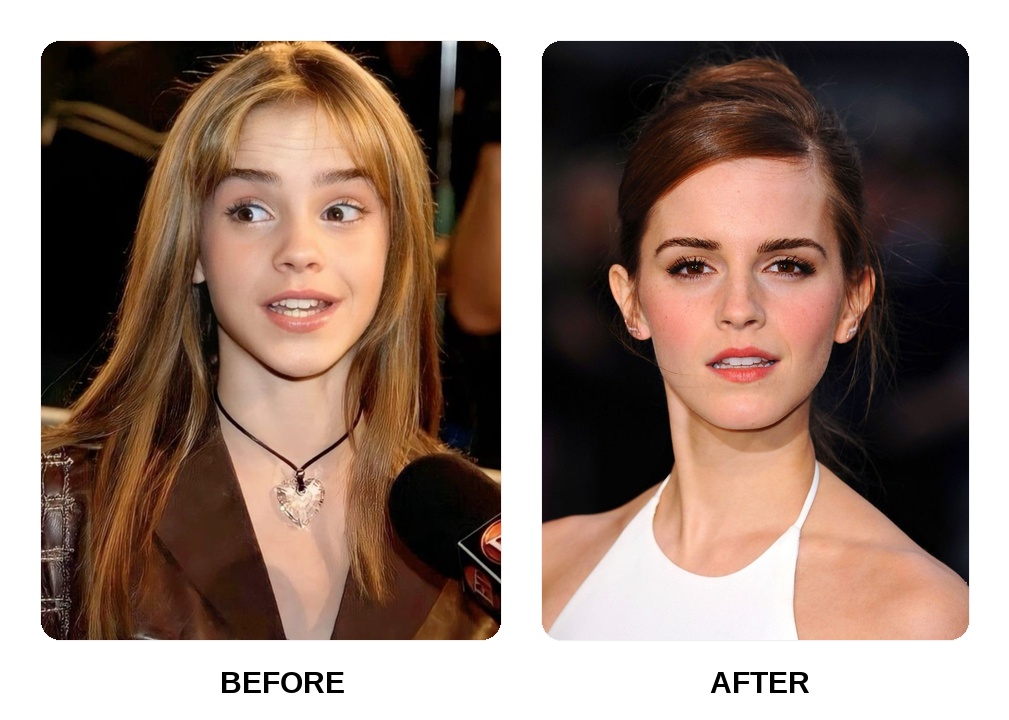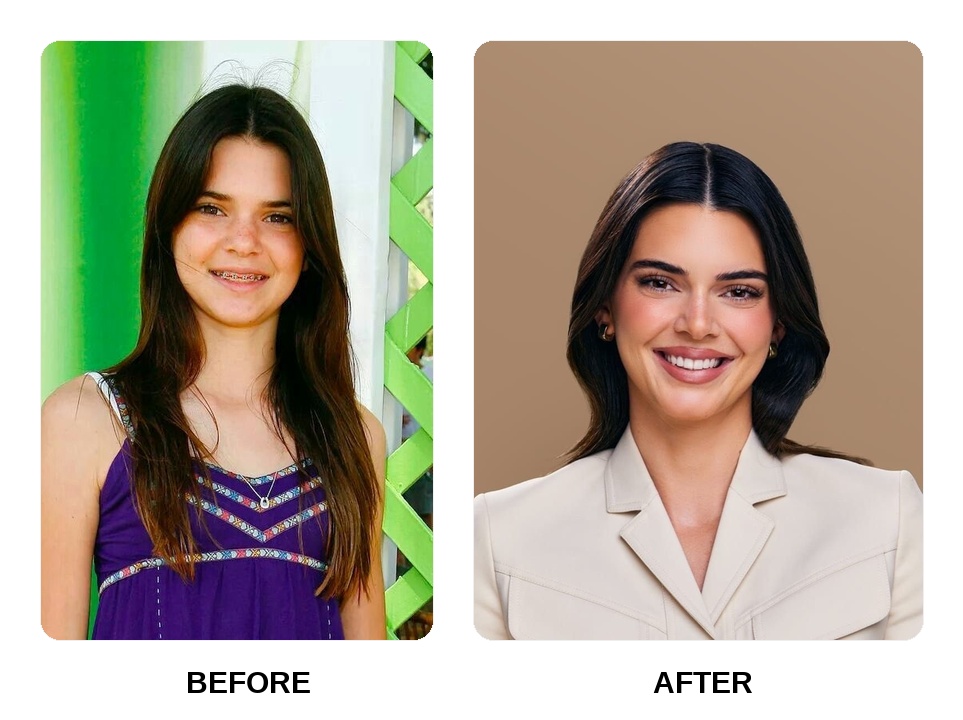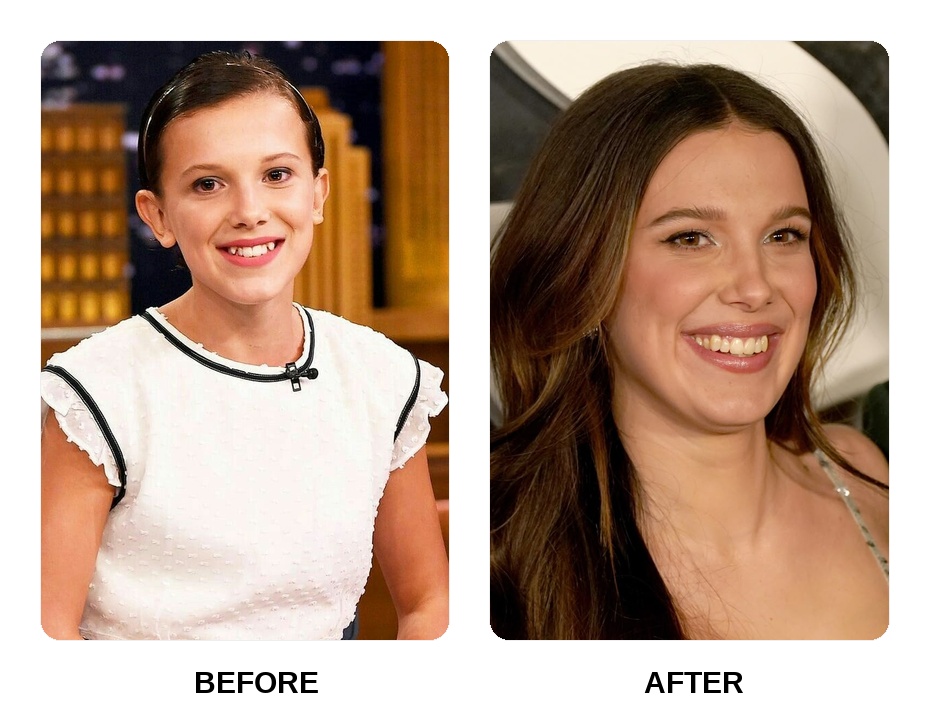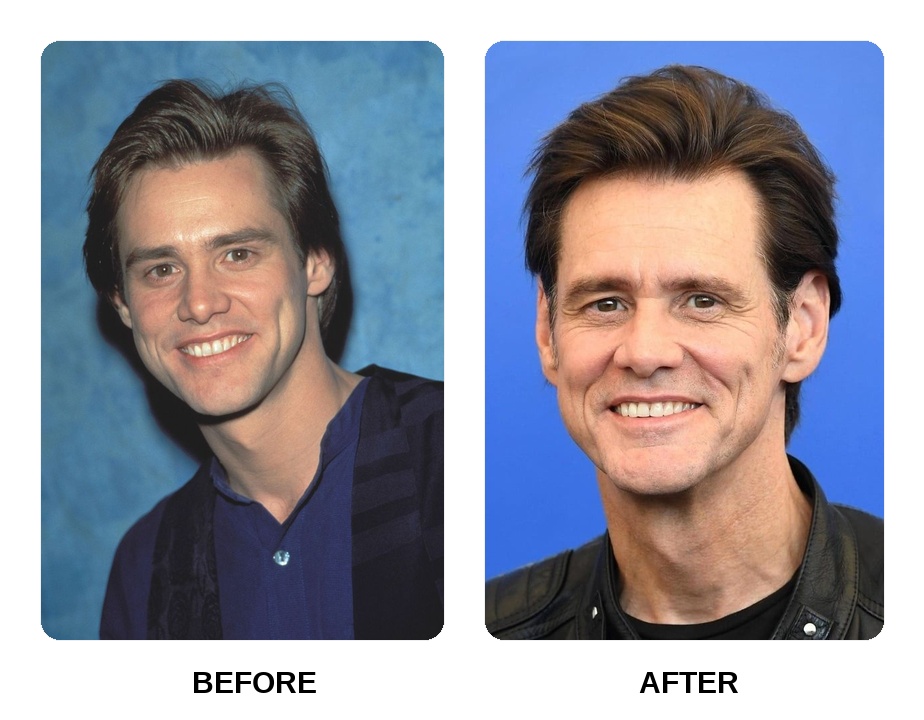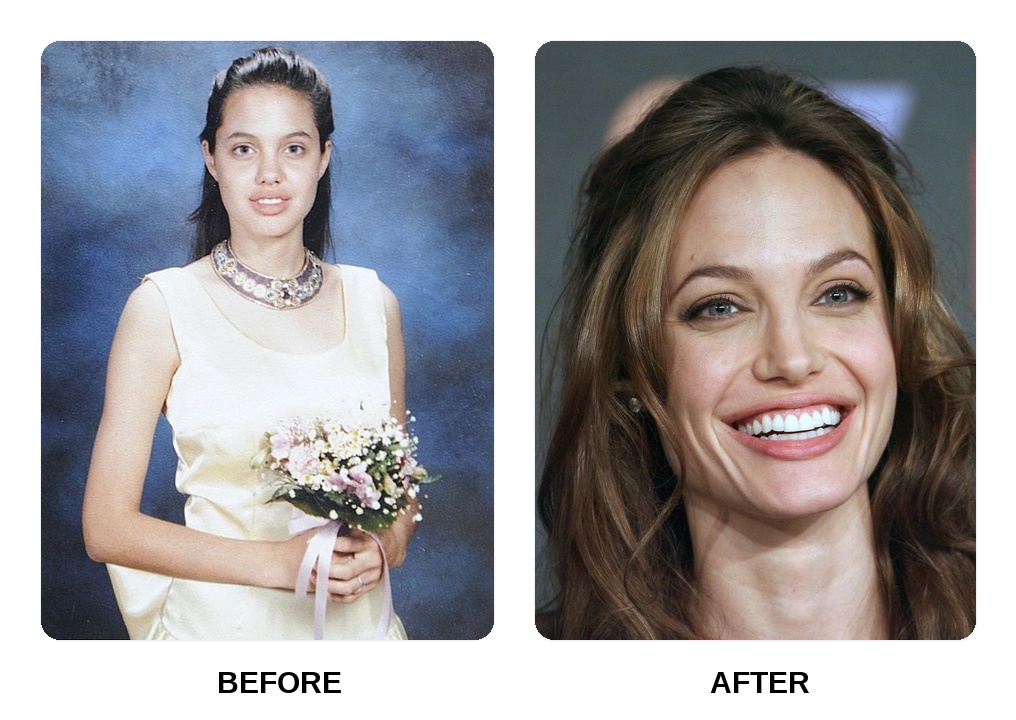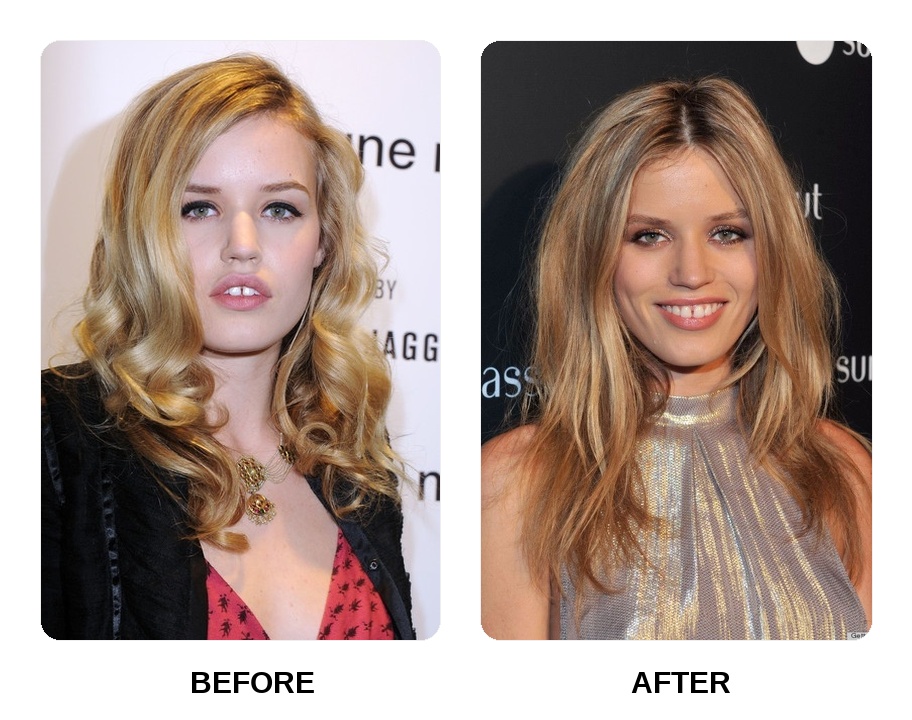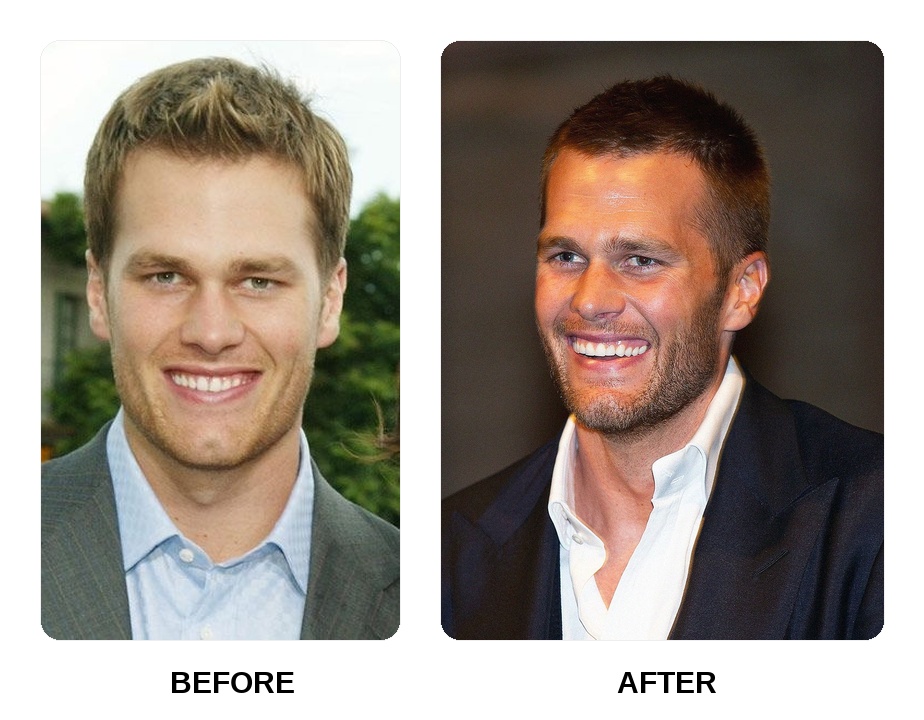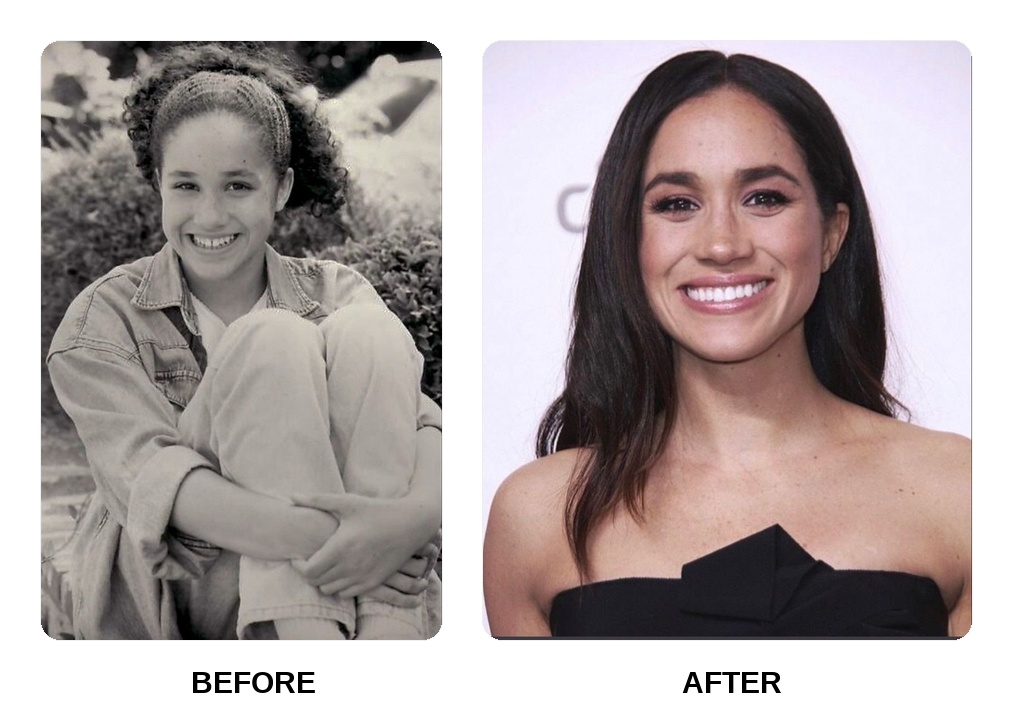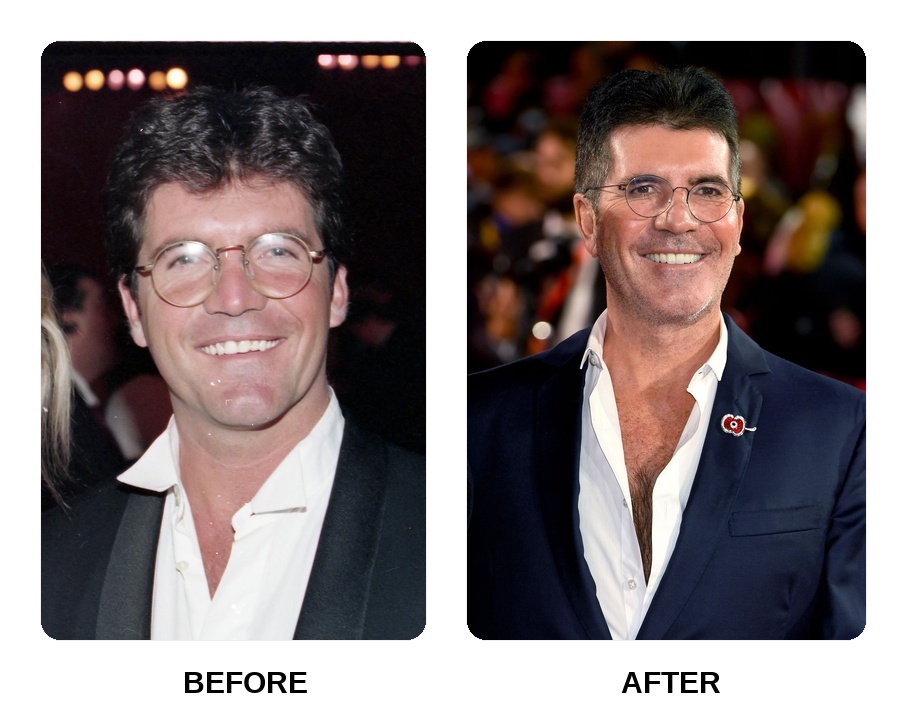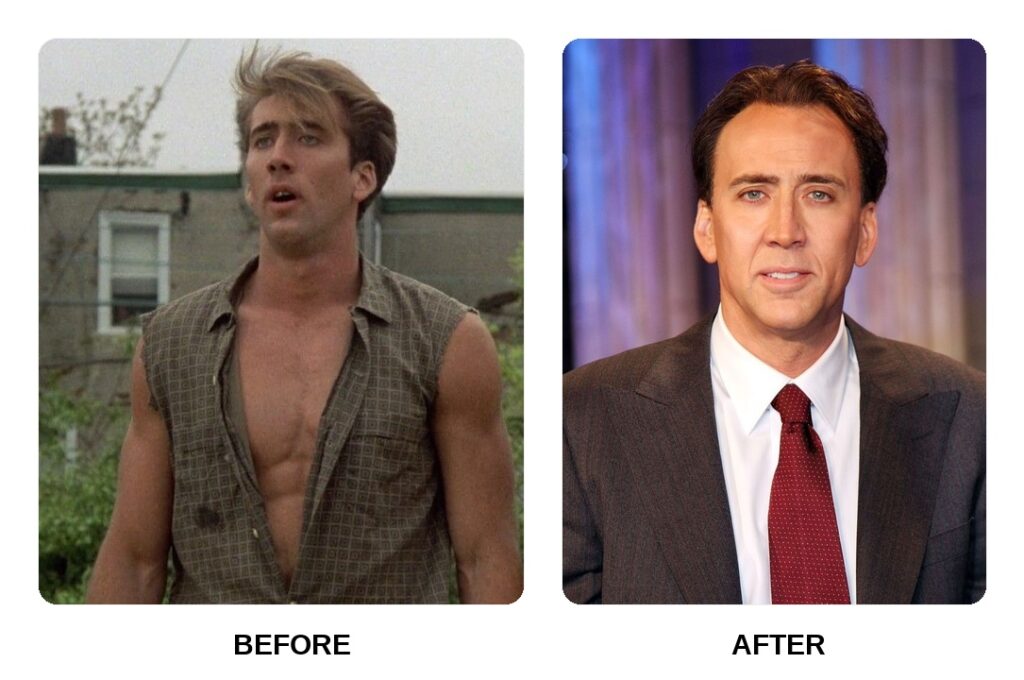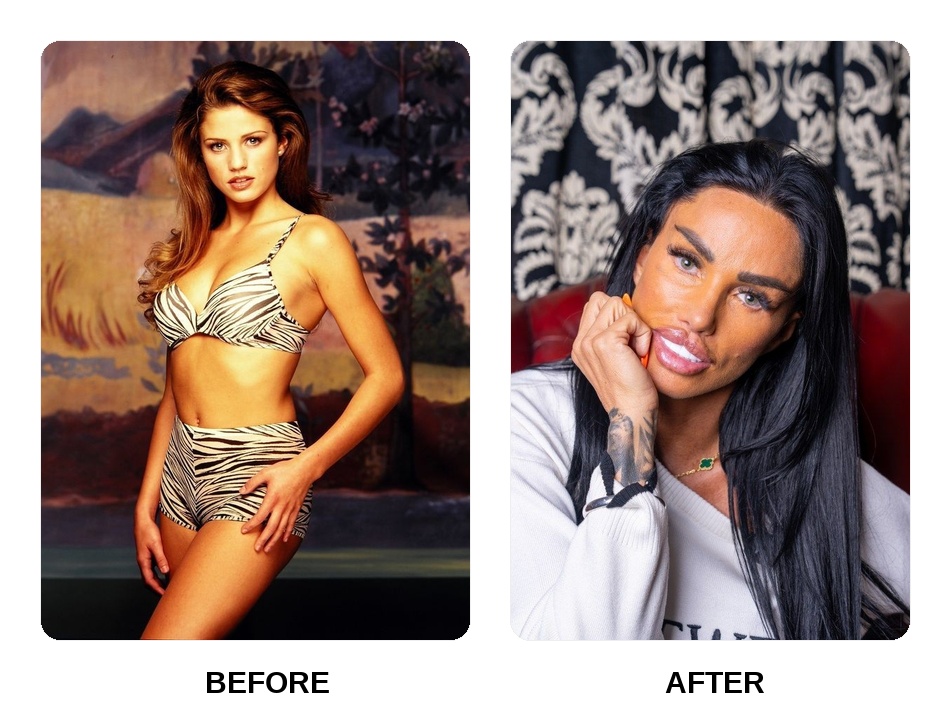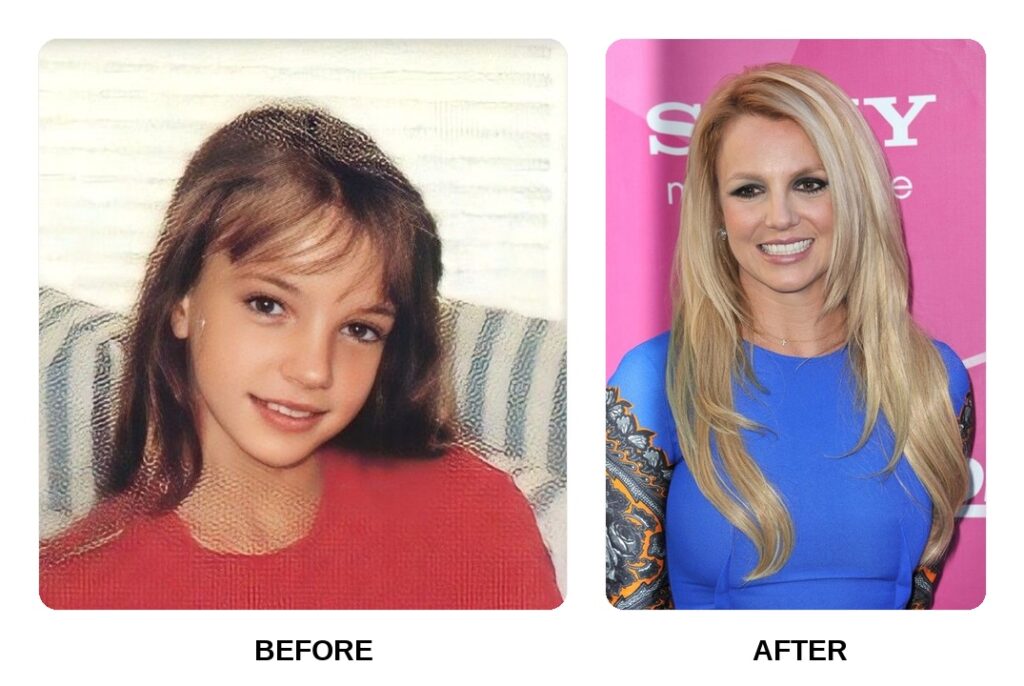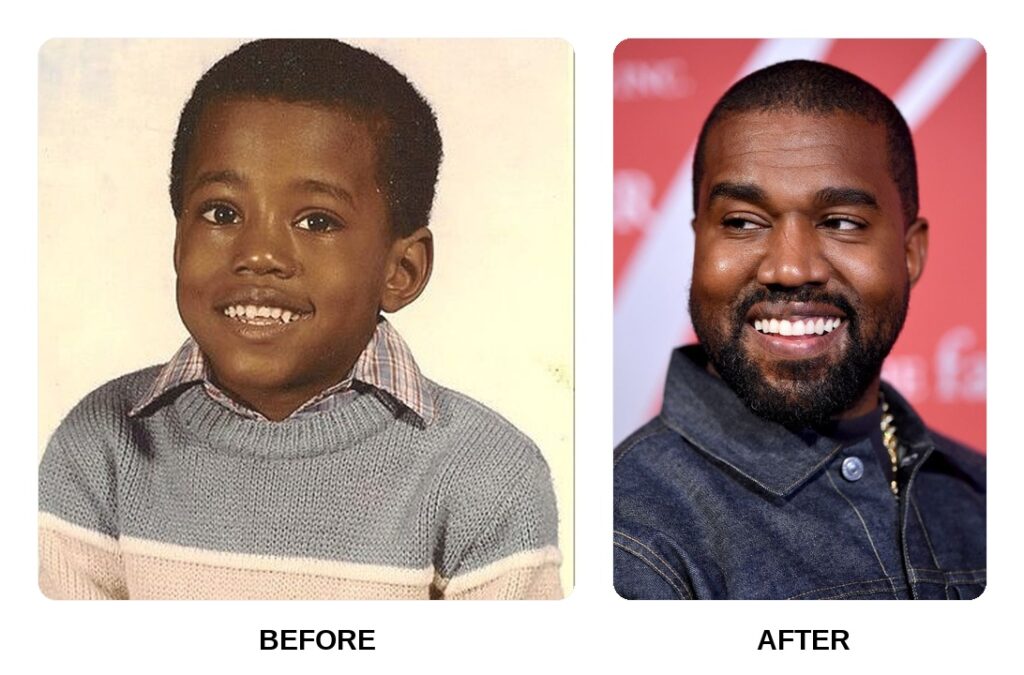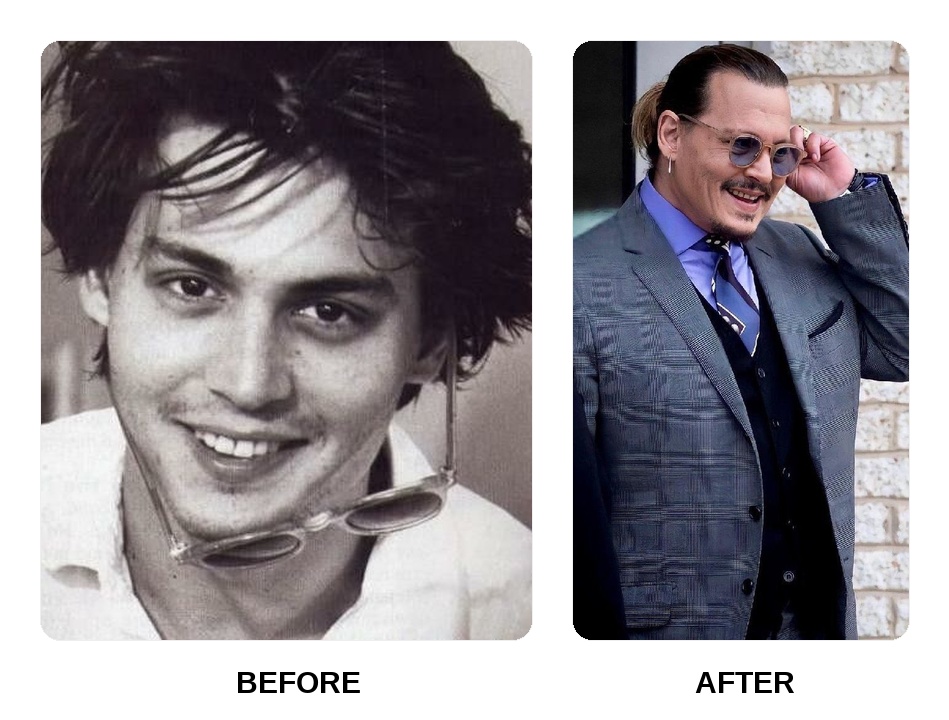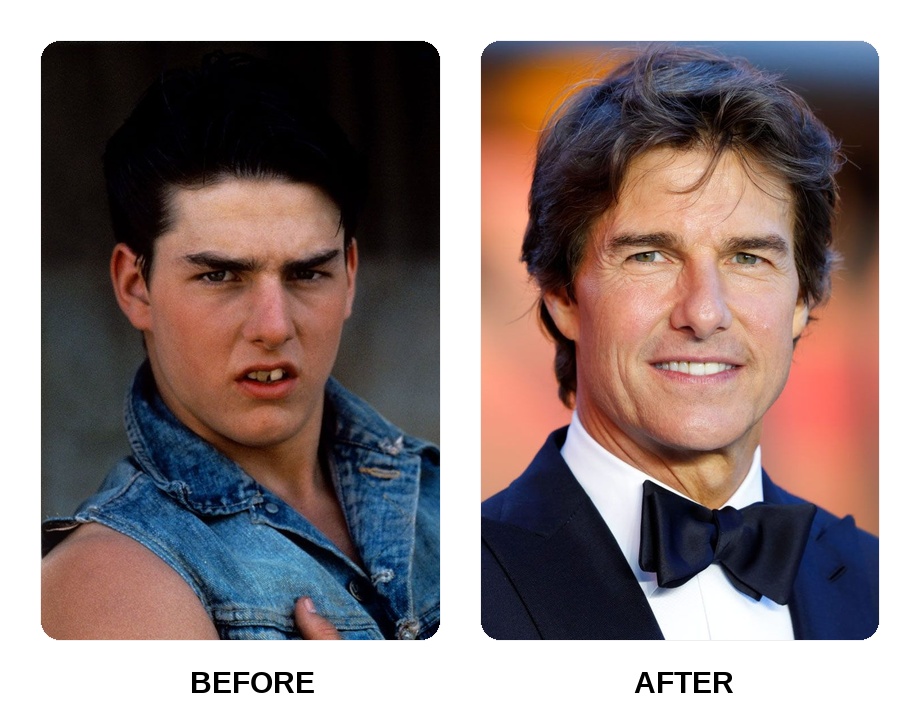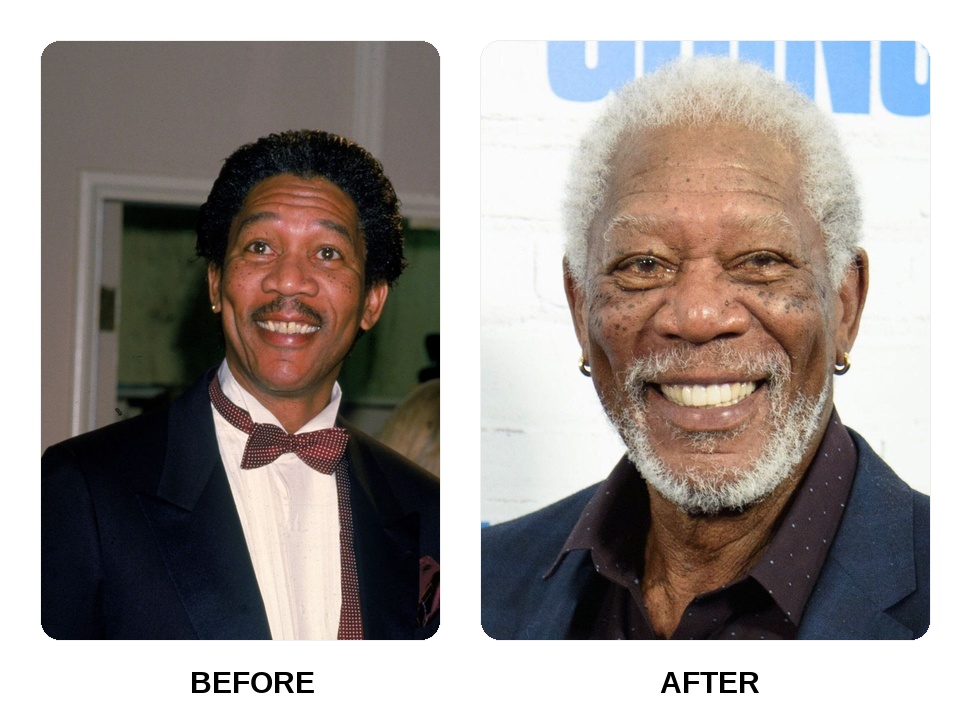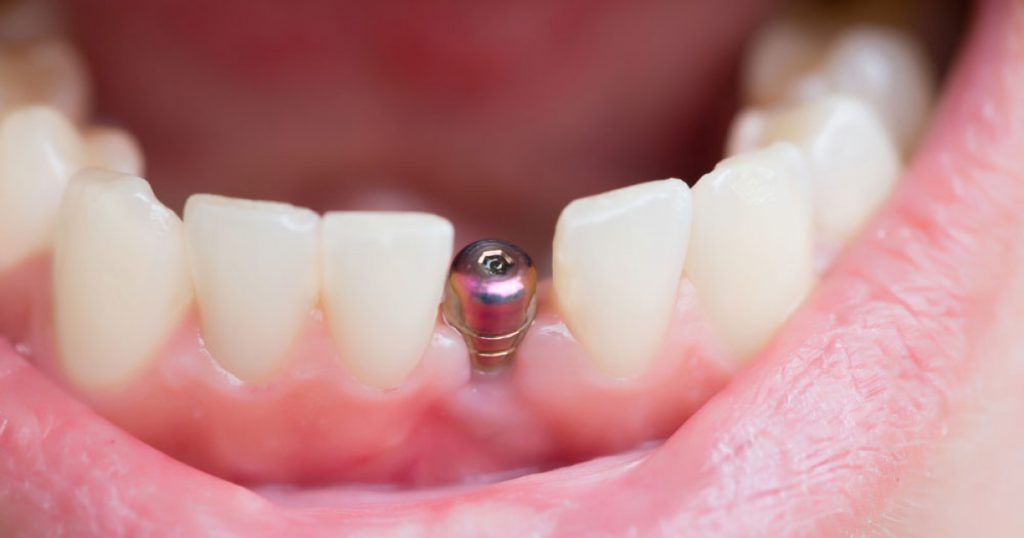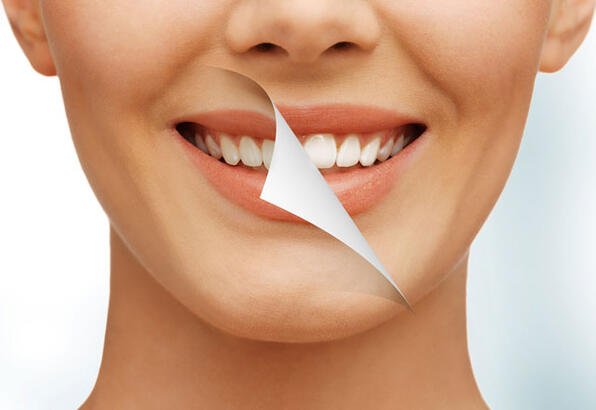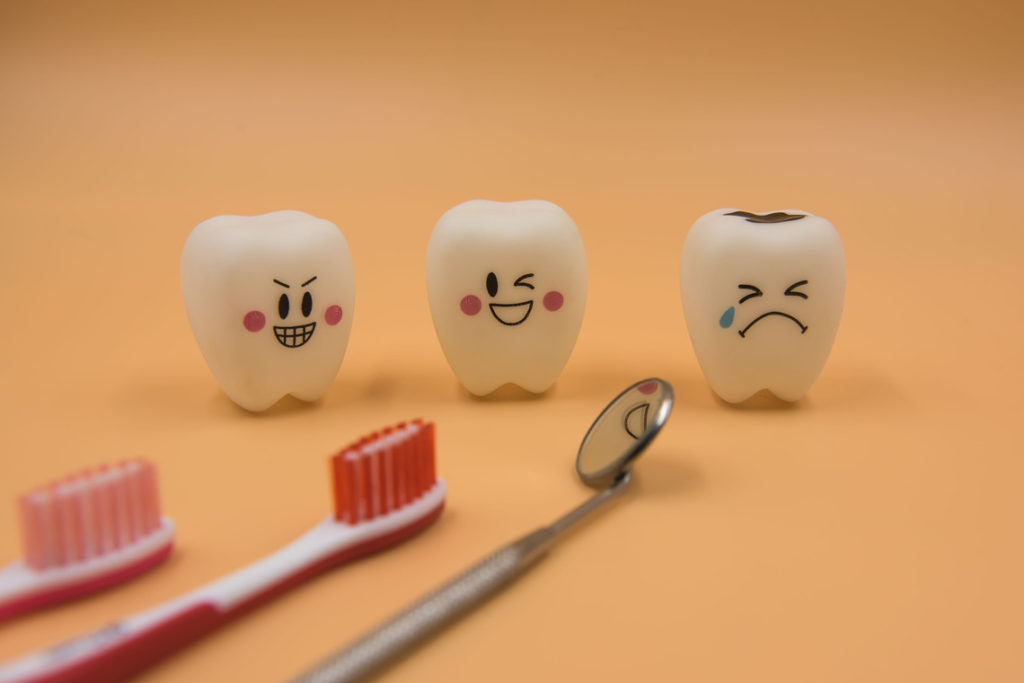Ronaldinho’s Teeth Transformation and Dental Procedures
Introduction: Ronaldinho, the legendary Brazilian footballer, was as famous for his dazzling skills as for his trademark smile. His broad grin — featuring a prominent gap and protruding front teeth — became an iconic part of his image. Over time, however, Ronaldinho underwent significant dental work to refine his smile. This comprehensive article, written from the perspective of an expert dentist with over 20 years of experience, examines the evolution of Ronaldinho’s teeth, the procedures he undertook, and answers common questions about his dental transformation. The information is presented in a question-and-answer format for clarity, with objective, evidence-based details and references to reliable sources.
Ronaldinho teeth: Ronaldinho new teeth before and after
Ronaldinho’s smile changed dramatically after his dental makeover, evolving from a gapped “buck-tooth” grin to a straight, polished set of teeth.
Before his dental work, Ronaldinho’s upper front teeth were widely spaced with a noticeable gap (diastema) and jutted forward (often referred to as “buck teeth”). His gums were also very prominent when he smiled, giving him a “gummy” smile. This distinctive look was evident during his football career and became part of his charismatic persona. However, in the “after” stage following treatment, his teeth appear completely transformed: the gap between his front teeth is closed, the upper teeth are properly aligned, and much less gum tissue shows when he smiles. His new teeth have a uniform, white appearance and a more regular shape, creating a balanced, Hollywood-worthy smile.
The before-and-after contrast is striking. In photos from his playing days, you can see the irregular spacing and protrusion of his front teeth, whereas recent images show a seamless row of upper teeth with no gaps. The improvements were achieved through cosmetic dentistry (porcelain caps/veneers) and gum contouring. This means Ronaldinho now has a smoother gum line and artificial coverings on his natural teeth that give them a straighter, brighter look. The result is a healthier and more aesthetically pleasing smile, while still maintaining the warmth of Ronaldinho’s famous grin.
Ronaldinho teeth: historical dental transformation and evolution
Ronaldinho’s dental appearance evolved over the years, culminating in a significant smile makeover in his 30s.
Throughout Ronaldinho’s youth and professional career, he maintained his natural teeth without major alteration. Early on (as a teenager and young player), his teeth already displayed the signature features: a large gap between the front incisors and an overjet (front teeth angled forward). Fans could observe this in photographs from his time at Paris Saint-Germain and FC Barcelona, where his smile was instantly recognizable due to the gap and prominent front teeth. Despite some public teasing or jokes about his teeth, Ronaldinho initially embraced his distinct smile and even remarked that it was part of his identity.
Over time, there were subtle changes — for instance, by the early 2010s his teeth looked a bit whiter and perhaps slightly more even, possibly due to better dental care and minor treatments (such as professional cleanings or small fillings). However, the major transformation occurred around 2013. At 33 years old, after years of stardom, Ronaldinho decided to address his dental issues. He underwent cosmetic dental procedures that dramatically changed his smile. This marked the key point in his dental evolution: from a natural but misaligned set of teeth to a corrected, aesthetically designed smile. After the procedure, his appearance shifted from the “historic” gap-toothed look to a new look with aligned teeth and a refined gum line.
In summary, Ronaldinho’s dental transformation was a gradual journey that peaked with a comprehensive cosmetic treatment in his thirties. The evolution can be outlined as follows: childhood and early career (prominent gap and protrusion intact), later career (maintained same look, with minor improvements like whitening), and post-2013 (significant cosmetic dental intervention leading to a new smile). This progression highlights how even a world-famous athlete eventually opted for a change to improve dental function and aesthetics.
Ronaldinho smile
Ronaldinho’s smile was famously wide and joyful, characterized by a gum-filled grin and protruding teeth, and it remains warm and friendly even after his dental makeover.
Ronaldinho’s smile has always been an integral part of his charm. On the field, after scoring a goal or executing a brilliant play, he would often break into a broad, ear-to-ear grin, showcasing a lot of his gums and his uneven teeth. Far from detracting from his image, this exuberant smile made him appear approachable and full of joy. In fact, many fans found it endearing; his smile radiated the same enthusiasm and love for the game that he displayed with the ball at his feet. It became a trademark — his “infectious smile” was frequently mentioned by commentators and fans alike.
The core elements of the classic Ronaldinho smile were the prominent upper front teeth and the visible upper gums. When he smiled or laughed, you could see a “mashup of gums and snaggle teeth,” as described in one colorful commentary. Despite not being a textbook perfect smile, it never appeared to bother him on the pitch; he exuded confidence and happiness regardless of any imperfections.
Today, after his dental treatments, Ronaldinho’s smile retains that warmth but with a more polished appearance. He still smiles widely, but now the alignment of his teeth is straight and the gum exposure is reduced. The essence of his grin — the genuine joy — is unchanged. Fans often comment that he still “looks like Ronnie,” just with nicer teeth, because the cosmetic changes did not take away the friendly and cheerful character of his smile. In conclusion, Ronaldinho’s smile continues to be one of his defining features, bridging the old and new: it’s a perfect blend of improved dental aesthetics and the same old joyous expression.
How did Ronaldinho fix his teeth?
Ronaldinho fixed his teeth by undergoing cosmetic dental procedures, notably minor gum surgery and the placement of porcelain veneers (caps) on his teeth.
In 2013, Ronaldinho finally took steps to correct his long-standing dental issues. The primary method he chose was a comprehensive cosmetic dental makeover performed by professional dentists. According to reports from that time, the process involved two key components: gum contouring surgery and porcelain veneers.
- Gum Surgery (Gingivectomy/Contour): He had a minor surgical procedure on his gums to reduce the excessive gum tissue and improve the gum line. This surgery was likely done to address his “gummy smile,” trimming the gum margins so that less gum shows when he smiles. Ronaldinho’s gums were altered in August 2013 as part of the treatment, a fact confirmed by his brother (who is also his agent) in news reports. The gum reduction helped make his teeth look more proportional and eliminated the overly gum-heavy appearance.
- Porcelain Veneers/Caps: After adjusting the gums, dentists placed porcelain restorations on Ronaldinho’s teeth. These are often called veneers or caps (porcelain laminates bonded to the front of teeth). By putting veneers on his upper front teeth (and possibly several of the surrounding teeth), they could instantly close the gap between his incisors, straighten the appearance of any crooked teeth, and give a uniform color and shape. Porcelain veneers are custom-made, thin shells that cover the front surface of teeth; in Ronaldinho’s case, they provided a quick cosmetic realignment and whitening. Reports indicate he had multiple veneers fitted – possibly on the upper front 6–10 teeth – to create a consistent look.
These procedures were done relatively swiftly. In fact, Ronaldinho’s dental makeover was completed without sidelining him from football – he continued training and playing for Atlético Mineiro around that period, as the recovery time was short. The entire treatment reportedly cost him around £36,000 (approximately $58,000), reflecting the high-quality materials and expert care involved. In summary, Ronaldinho fixed his teeth through a combination of surgical gum reshaping and restorative cosmetic dentistry (porcelain veneers), rather than traditional braces, achieving a new smile in a matter of weeks.
What are the differences between Ronaldinho’s old and new teeth?
Ronaldinho’s old teeth featured a large gap, forward-projecting incisors, and a gummy appearance, whereas his new teeth are straight, gap-free, and have a balanced, white look.
The before-and-after differences in Ronaldinho’s teeth are quite pronounced:
- Alignment and Gap: Originally, Ronaldinho’s upper central incisors (front two teeth) had a sizable gap between them. This gap was one of the first things people noticed about his smile. Additionally, those front teeth protruded outward. In contrast, his new teeth have no visible gap – the space has been closed – and the front teeth now sit aligned in the dental arch rather than sticking out. His bite and smile line appear more even now.
- Gum Display: Ronaldinho’s old smile showed a lot of gum above his upper teeth (“gummy smile”). His gumline was uneven and extended low over his teeth, which made the teeth look shorter and the gums more prominent. After treatment, less gum tissue is visible. The gum contouring surgery raised and evened out his gumline, so his teeth look longer and the smile shows mostly teeth with only a normal amount of gums. This gives a more proportionate appearance between teeth and gums.
- Tooth Shape and Uniformity: Previously, his teeth were of irregular shapes and sizes. For example, the front teeth were quite large and broad, while some adjacent teeth might have appeared narrower or misaligned. Now, with veneers, each tooth has a carefully designed shape that matches the others. The edges of the teeth form a neat curve, and there’s a uniformity in width and length that wasn’t there before. The uniform smile line suggests multiple teeth were treated to ensure consistency.
- Color (Shade): Ronaldinho’s natural teeth (the old teeth) were not extremely white; they were a normal off-white shade and may have had some discoloration or staining from years of wear (often described as “not-so-pearly whites” in media). In the new smile, the teeth are noticeably brighter. Porcelain veneers allow patients to choose a whiter shade, and Ronaldinho’s new teeth are a vibrant white, though still within natural-looking range. This change makes his smile more radiant and camera-ready.
In summary, Ronaldinho’s old smile versus new smile differ in alignment, gum exposure, uniformity, and color. The old teeth had character but were considered imperfect (large gap, asymmetry, gum-heavy), while the new teeth are cosmetically ideal (straight, even, white). Despite the differences, his overall facial expression remains friendly — just enhanced by the dental improvements.
Ronaldinho decaying teeth
Ronaldinho’s teeth were not particularly decayed; the concerns were more about their alignment and appearance than any severe decay or rot.
There is no significant public evidence that Ronaldinho suffered from tooth decay (such as cavities or rotten teeth) beyond the normal minor dental issues many people have. The phrase “decaying teeth” suggests badly damaged or carious teeth, which was not a notable aspect of Ronaldinho’s dental profile. In his case, the spotlight was on the cosmetic and orthodontic issues — the spacing, protrusion, and gum display — rather than on decay.
Ronaldinho’s prominent teeth were healthy enough to be treated with veneers, which implies that the underlying teeth were structurally sound (dentists typically address any decay before placing veneers). Over the years, he likely maintained his oral health reasonably well, especially as a professional athlete who would have access to dental care. There were no reports of him having missing teeth due to decay or needing root canals or extractions prior to his cosmetic makeover (except possibly routine wisdom tooth removals which are common, but not publicized in his case).
It’s worth noting that misaligned teeth can sometimes be harder to clean and may be prone to plaque build-up, which can lead to decay if oral hygiene is poor. If Ronaldinho had any minor issues (like a small cavity or two), those were not public knowledge and would have been handled by his dentists in the course of normal care. By the time he got his smile makeover, the focus was on aesthetics. In short, Ronaldinho’s teeth were distinctive in shape, not decayed in substance. His dental transformation was driven by a desire to improve appearance and function, not to treat rampant decay.
Are Ronaldinho’s teeth showing signs of decay?
No, Ronaldinho’s teeth have not been reported to show signs of significant decay; his teeth’s issues were mostly cosmetic (alignment and spacing) rather than decay.
When examining Ronaldinho’s smile in photos or reports before his dental work, one does not see the typical signs of tooth decay (such as dark cavities, broken teeth, or swollen infected gums). Instead, one observed healthy but misaligned teeth – they were intact and strong enough to chew, just not aligned ideally. The changes he underwent were elective cosmetic enhancements, not emergency repairs of rotten teeth.
After his dental procedures, Ronaldinho’s teeth appear even healthier. Porcelain veneers and crowns not only improve the look but also can protect the surfaces of teeth. His teeth now look pristine: a bright white color and smooth surfaces, which would typically hide any prior minor blemishes. If there had been any small cavities or enamel defects, those would have been addressed during the makeover process.
Moreover, since getting his new teeth, Ronaldinho likely follows up with regular dental check-ups to maintain his smile. Veneers require good oral hygiene and periodic professional maintenance (cleanings, polishing, etc.). So far, there have been no news or images indicating any new problems such as decay around his restorations. All indications suggest that Ronaldinho’s teeth are in good health, with no visible decay – a testament to both the quality of the dental work done and his maintenance of oral hygiene thereafter.
Ronaldinho dental arch
Ronaldinho’s upper dental arch used to be characterized by an outward flare of the front teeth and spacing, but it has since been reshaped to a more regular, rounded arch form after treatment.
The term “dental arch” refers to the curved arrangement of the teeth in the jaw. Ronaldinho’s natural upper dental arch was notable in a few ways. First, his two front teeth protruded outward from the arch (an issue often described as an increased overjet or “buck-tooth” appearance). This made the front portion of his upper arch project forward more than usual. Second, he had spacing in the arch, most prominently the gap between the front incisors, but possibly also slight gaps around that area. This meant his upper arch wasn’t a continuous, tight curve of teeth — it had a break in continuity at the gap.
Additionally, the width of his smile (how many teeth show) was large because he had a broad grin, but the focus always came back to those front teeth. The combination of a broad arch with a pronounced forward thrust of the central incisors gave his smile a unique geometry.
After his dental procedures, the shape of Ronaldinho’s arch appears much more typical. With veneers and possibly minor orthodontic adjustments, his upper teeth were realigned into a smoother curve. The front teeth were brought back into alignment with the rest, eliminating the “jutting out” look. The closure of the gap also made the arch continuous with no obvious breaks. Now, when he smiles, the teeth follow a gentle U-shape curve from one side to the other, which is the normal anatomical form of a dental arch. The improved arch form contributes greatly to the aesthetics of his new smile, as the teeth now distribute evenly within his grin.
From a functional perspective, aligning the arch can improve his bite. If he had any malocclusion (improper bite) due to the misalignment, bringing the teeth into a proper arch form would help with even biting force distribution. In summary, Ronaldinho’s dental arch went from irregular (with a forward-splayed section and gap) to harmonious (smooth and correctly aligned), thanks to the interventions done by his dentists.
Ronaldinho front teeth
Ronaldinho’s front teeth – especially the top two central incisors – were once large, gapped, and angled forward, but are now corrected to be even, gap-free, and proportional to the rest of his teeth.
The upper front teeth are the most prominent part of any smile, and in Ronaldinho’s case they drew a lot of attention. Initially, his central incisors (the two big front teeth) were very distinctive: they were relatively big, had a gap between them, and angled outward. Because of their size and position, they dominated his smile. These teeth gave Ronaldinho the “buck-toothed” look that many people associated with him. They were healthy teeth, just positioned forward and apart. The lateral incisors (the teeth on either side of the central pair) in his mouth might have been somewhat rotated or set back, which could have made the central gap look even larger.
After the dental makeover, those front teeth have been transformed. The gap has been closed by bringing the two central incisors together (likely via veneers that widen each tooth or crowns that reposition them). Now, the central incisors touch each other like in a normal dentition, eliminating the empty space that used to be there. Also, any forward tilt was corrected so that these teeth now sit vertically and align with the arch of his other teeth. They no longer stick out past the others.
Importantly, the size and shape of the front teeth were adjusted for harmony. Previously, one might have noticed if one front tooth was slightly bigger or a different shape than the other, but now they appear symmetric. The dentists would have sculpted the veneers or crowns on these teeth to ensure they are mirror images of each other in shape and length, which is key for an attractive smile. The color is also matched to the neighboring teeth (all of which were likely veneered as well), so the front teeth don’t stand out as darker or yellower as they may have in the past.
In summary, Ronaldinho’s front teeth went from being the quirky centerpiece of his smile to a well-integrated part of a balanced set of teeth. They still give him a broad smile, but in a refined way. The improvement of his front teeth’s appearance is perhaps the most noticeable aspect of his overall dental transformation.
Ronaldinho teeth in his youth
In his youth, Ronaldinho already exhibited the prominent gap and protruding front teeth that later became his signature look.
Looking back at photos of Ronaldinho as a teenager (for example, when he was in Brazilian youth teams or early in his professional career), it’s clear that his dental features were naturally occurring from a young age. He did not suddenly develop a gap in adulthood; rather, his diastema (gap between front teeth) was present early on. Young Ronaldinho’s smile shows the same wide space and big central incisors that fans came to recognize. This suggests that he never had orthodontic treatment (braces) during childhood or adolescence to close that gap or correct the protrusion, which might be due to various reasons such as personal choice, lack of necessity felt by him or his family, or focus on his budding football career.
In terms of alignment, if one looks at Ronaldinho’s youth teeth, besides the gap, the rest of his teeth alignment might have been relatively normal, though possibly the upper jaw (maxilla) was a bit forward relative to the lower jaw, contributing to the buck-tooth appearance. There’s also a possibility of slight crowding in the lower teeth or other minor imperfections, but these were not particularly noticeable compared to the striking front gap.
As a young player becoming famous, Ronaldinho did not seem self-conscious about his teeth publicly. He often smiled widely even in his teenage photographs and early days at clubs like Grêmio or Paris Saint-Germain. This confidence implies he was comfortable with his appearance at the time. Any teasing or comments he might have received didn’t lead him to change his teeth until much later. In interviews, he was once quoted or paraphrased as saying that he knew his smile was how people identified him, which aligns with reports that he initially declined corrective surgery for years because his grin was part of his image.
In summary, Ronaldinho’s youthful dental situation was essentially the same distinctive one he had through his 20s: a natural, uncorrected set of teeth with a notable gap and protrusion. This youthful dental appearance set the stage for the dramatic change that would only come about after he had established himself as a global football icon.
Ronaldinho teeth before he became famous
Even before rising to international fame, Ronaldinho’s teeth were characterized by their gap and protrusion, indicating he did not undergo early orthodontic correction.
Before Ronaldinho became a household name, during his childhood in Porto Alegre and early football days, his dental layout was already set. Family photos or early club pictures reveal that the gap in his front teeth existed from a young age. There is no record of him wearing braces as a kid, so his teeth “before fame” were essentially the same as what the world saw when he burst onto the scene: naturally occurring spacing and a forward jut of the front teeth.
This consistency suggests that the condition might be partly genetic or due to developmental factors. Many people have a midline diastema (gap) often because of factors like a slightly larger labial frenum (the tissue connecting lip to gum) or jaw size vs. tooth size discrepancies. In Ronaldinho’s case, having relatively large teeth and possibly a jaw structure that led to an overjet meant that as his adult teeth came in, they ended up spaced and angled outward. If he had had orthodontic evaluation as a child, an orthodontist might have recommended braces to close the gap or even extraction of some teeth if overcrowding was an issue; however, either such treatment was not pursued or not deemed necessary by his family at the time.
It’s also worth noting that in Brazil during the 1980s and 1990s (when Ronaldinho was growing up), orthodontic care was available, but it might not have been as common for children from modest backgrounds to get cosmetic braces unless there was a severe functional need. Ronaldinho came from a humble family, and while we don’t know if finances played a role, it’s possible that fixing a cosmetic dental issue was not a priority compared to his football development.
By the time he became famous (late teens to early 20s), the window for easy childhood orthodontics had passed, and he was thrust into a career where he was performing at the highest level. He continued with his natural teeth through these years, making that gapped smile famous worldwide. In conclusion, Ronaldinho’s pre-fame teeth were essentially the unaltered version of what fans saw later – a naturally broad smile with unique spacing – showing that he did not have any pre-fame dental interventions.
Does Ronaldinho have veneers on his teeth?
Yes. Ronaldinho’s new smile is largely the result of porcelain veneers (also called porcelain caps) that were placed on his teeth during his cosmetic dental makeover.
Multiple sources and reports confirm that veneers are a key component of Ronaldinho’s dental transformation. In 2013, when he underwent the procedure in Brazil, his representative and various news outlets stated that he got porcelain veneers put on after correcting his gums. Veneers are thin shells of ceramic material bonded to the front surface of teeth to alter their shape, size, and color. By getting veneers, Ronaldinho was able to close the gap between his teeth and improve their alignment without traditional braces.
Ronaldinho likely has veneers on his upper front teeth – possibly extending from one canine around to the other (often 8 to 10 teeth are veneered in a smile makeover to ensure a uniform look). These veneers gave him a whiter, straighter smile instantly. For example, where there was a gap, the veneers would be crafted slightly wider than his original teeth to meet in the middle; where teeth were protruding or uneven, the dentist may have trimmed those teeth slightly and then placed veneers that sit in a better alignment.
The choice of porcelain veneers is in line with what many adult patients opt for when they want rapid cosmetic improvement. Veneers can usually be completed in a matter of weeks (in two or three dental visits) and can last 10-15 years or more with good care. They are also stain-resistant, meaning Ronaldinho’s teeth stay white despite coffee, tea, or other staining foods – an advantage for someone frequently in the public eye.
It’s important to note that veneers require underlying healthy tooth structure. Thus, before placing them, any minor decay would be cleaned, and the teeth would be prepped (a small amount of enamel is typically shaved off to make room for the veneer). The fact that Ronaldinho got veneers implies his teeth were in sound condition structurally. In summary, Ronaldinho does have veneers on his teeth — this is how he achieved such a dramatic improvement in appearance, by essentially covering the front of his natural teeth with expertly crafted porcelain facings.
Did Ronaldinho get his teeth done?
Yes, Ronaldinho “got his teeth done” in the sense that he underwent professional dental procedures to cosmetically enhance and correct his teeth and smile.
The phrase “got his teeth done” is a casual way to refer to significant dental cosmetic work, and in Ronaldinho’s case this absolutely happened. Around September 2013, it was widely reported that Ronaldinho had a smile makeover. To clarify what that entailed: he had a cosmetic dental surgery on his gums and had veneers/crowns placed on his teeth, as detailed earlier. This was a deliberate, elective procedure to improve his appearance.
Before this, Ronaldinho had gone his entire career with his natural smile. The decision to finally change it was notable enough to make sports news headlines and even trending topics, as fans and media reacted to seeing him with a different look. The consensus was that he indeed changed (or “done”) his teeth. In casual terms, one might say he got a “dental makeover” or a “Hollywood smile”.
The outcome of “getting his teeth done” for Ronaldinho was positive. His iconic gap-toothed grin was replaced by a polished and symmetrical smile. Teammates and fans saw the difference when he returned to the pitch with his new smile, and images of him post-procedure clearly show a change. His brother Roberto Assis (who is also his agent) confirmed to the press that the procedure was quick and didn’t interfere with Ronaldinho’s playing schedule, indicating that it was a well-planned cosmetic treatment done likely during a break or off-season.
In summary, Ronaldinho did get his teeth done — meaning he underwent professional dental cosmetic treatments to alter his teeth’s appearance. This included gum surgery and veneers. Ever since, he has maintained that updated smile through regular dental care. The phrase “got his teeth done” is fully applicable to Ronaldinho as a description of this significant change.
Does Ronaldinho have gold teeth?
No. Ronaldinho does not have gold teeth; his dental restorations are normal tooth-colored porcelain, not gold.
There have been no reports or sightings of Ronaldinho with any gold dental work. Gold teeth usually refer to either gold crowns on teeth or removable gold grills. Ronaldinho’s smile transformation focused on achieving a natural white smile, not a flashy one with precious metals. The procedures he underwent — veneers and gum contouring — resulted in pearly white teeth, not gold. Every image of his post-makeover smile shows white porcelain-like teeth, indicating porcelain veneers or crowns, which are made to mimic the look of natural enamel.
Some celebrities or athletes choose gold or diamond-studded dental accessories for style, but Ronaldinho did not go that route. In fact, his new smile was often described as “more understated” and simply well-aligned and bright, rather than something like gold which would have been very conspicuous. His goal appeared to be enhancement of his appearance in a way that still looks like a normal (if excellent) set of teeth.
It’s also practical to note that Ronaldinho, being a professional athlete, would avoid gold teeth because heavy contact sports and gold crowns (if used for fashion) don’t mix well — a stray elbow could damage them, and grills are not worn during play. But primarily, Ronaldinho’s dental makeover was cosmetic and health-oriented, not a decorative statement with gold. So as of all known information, he does not have any gold teeth.
Does Ronaldinho have silver teeth?
No. Ronaldinho does not have silver teeth; his dental work resulted in natural-looking white teeth, with no silver caps or visible metal dental work.
“Silver teeth” usually refers to silver-colored dental fillings or stainless steel crowns (often seen in children) that give a silvery appearance. Ronaldinho has not been seen with any silver-colored dental surfaces in his smile. Prior to his makeover, his teeth were all natural (just enamel). After the makeover, the restorations used (porcelain veneers/crowns) are tooth-colored. They are typically built on a porcelain or ceramic base; even if there is a metal component in some types of crowns, it is usually hidden beneath a porcelain exterior. In modern cosmetic dentistry, especially for front teeth, full porcelain or zirconia (white ceramic) materials are used specifically to avoid any metallic look.
It’s possible he has standard amalgam (silver) fillings in some back teeth — many people do — but these would not be visible when he smiles and are not part of the public discussion of his teeth. However, given his access to high-quality dental care, he might even have chosen white composite fillings for any cavities rather than silver amalgam, to keep everything looking uniform. There is no specific information on his fillings, so one can only speculate.
Importantly, the question of silver teeth might arise from fans noticing a shiny aspect in some photos, but that could simply be bright lighting on his porcelain crowns (porcelain can reflect light). There is no indication that Ronaldinho has any teeth that are visibly silver or metal. His entire smile appears to be composed of natural shades of white, consistent with porcelain dental restorations and good dental health.
Ronaldinho white teeth
Ronaldinho’s teeth are now a bright white color, thanks to cosmetic dentistry – they are visibly whiter than they were before his dental work.
One of the immediate changes after Ronaldinho’s dental procedure was the color of his teeth. Previously, his teeth had a normal, slightly off-white color (as most people’s do naturally). They weren’t extremely discolored, but they also weren’t Hollywood white. After getting veneers, his teeth took on a brilliant white hue. Porcelain veneers are often chosen in a shade that is lighter and more uniform than the patient’s original teeth, giving that photo-ready brightness. In Ronaldinho’s case, the new smile is markedly whiter and more luminous than his old smile.
The term “Ronaldinho white teeth” likely refers to this post-treatment result. Under stadium lights or camera flashes, his teeth now really stand out for their whiteness. This contributes to the overall impression of a healthier, youthful look. It’s worth noting that veneer materials come in various shades and levels of translucency. A skilled cosmetic dentist will pick a shade that looks natural for the patient’s complexion and doesn’t appear unnaturally bright. Ronaldinho’s veneers, while very white, still look within a realistic range (they are not the overly opaque “paper white” that looks artificial). They also likely have a slight translucency at the edges to mimic real enamel.
To maintain that whiteness, Ronaldinho needs to keep up good oral hygiene. Porcelain itself resists stains, but the exposed parts of his natural teeth (if any, such as the backs of teeth or any lower teeth if not veneered) would still need regular cleaning and possibly occasional whitening treatments. Avoiding tobacco and limiting very staining foods or drinks helps keep a veneered smile bright as well. We can assume he follows these practices or gets professional cleanings, as his teeth have remained notably white in all his appearances since the makeover.
In summary, Ronaldinho’s teeth are now “white teeth” in the sense of being uniformly bright and clean-looking, a change achieved through the use of porcelain dental veneers and good maintenance. This is a significant aesthetic upgrade from before, when his teeth had a more natural, ivory tone.
Ronaldinho central incisors
Ronaldinho’s central incisors (the two upper front teeth) used to be prominent and separated by a gap, but they have been modified through veneers to be aligned and gap-free.
The central incisors are arguably the most critical teeth in a smile’s appearance, and for Ronaldinho these teeth were very distinctive. Initially, his central incisors were large and positioned forward. They also had a gap between them (the diastema). This gap made each tooth stand out on its own. Typically, central incisors are supposed to form a pair; in Ronaldinho’s case, there was a noticeable separation that made them look like two big “buck” teeth with space in between. Additionally, they might not have been perfectly symmetrical – one could have been slightly differently angled or shaped than the other, although the gap made that less obvious.
After his dental work, the central incisors received special attention. Veneers or crowns were crafted for these teeth to eliminate the gap and to give them an optimal shape. The gap closure could have been done by making each of the two teeth a bit wider (so they meet at the midline) or by moving their position slightly. Regardless of technique, the end result is that the central incisors now touch each other neatly, with no void. They also appear straighter – previously they angled outward, now they both face forward properly.
Symmetry is another improvement. When placing veneers, dentists ensure the two front teeth are mirror images. Now, Ronaldinho’s central incisors have the same length and width, and their contours (the outline shape) match each other. They also match the color of the rest of his front teeth. This symmetry is key to a pleasing smile and is a notable change from before, where the asymmetry caused by the gap and any minor shape differences gave a less uniform look.
In dental terms, Ronaldinho’s initial condition might have been classified as a form of malocclusion with maxillary incisor proclination (front teeth flaring out) and spacing. The solution implemented essentially masked these issues cosmetically. The central incisors now function and look like they are properly aligned in the arch.
In summary, Ronaldinho’s central incisors have gone from being famously gapped and protrusive to being normal in appearance – properly aligned, proportional, and gap-free – largely due to the application of porcelain veneers on those teeth. This change is the cornerstone of his smile transformation.
What happened to Ronaldinho’s teeth?
Ronaldinho’s teeth underwent a cosmetic transformation – he had his gums surgically trimmed and his teeth covered with porcelain veneers, turning his once gapped, protruding smile into a straight and bright one.
In essence, the story of “what happened” to Ronaldinho’s teeth is that he chose to have them professionally corrected after years of living with their natural state. Around 2013, Ronaldinho decided to change his trademark smile. He visited a dental clinic where a team performed minor gum surgery (to fix his gummy smile) and installed porcelain veneers on his teeth. This combination of procedures resulted in an immediate makeover of his dental appearance.
Prior to this, many fans had wondered if he would ever change his teeth, given how noticeable the differences were compared to other celebrities or players. Ronaldinho reportedly had shrugged off the idea for a long time, feeling that his smile was part of who he was (and indeed it was part of his brand). However, possibly due to personal reasons or after retiring from top European football, he eventually went through with the change. Some speculated it might help with endorsements or media appearances in his post-playing career, while others thought he did it simply for his own confidence and comfort.
The transformation was covered in the media with a mix of surprise and approval. Headlines noted that he “bid farewell to his famous buck-tooth grin” and unveiled a new smile. The procedure itself was not extremely invasive – described as a minor cosmetic dental surgery. Recovery was quick, and soon after, Ronaldinho was seen confidently flashing his new teeth at events and matches.
So, to directly answer “what happened to his teeth”: Ronaldinho’s prominent gap was closed, his protruding teeth were realigned (via cosmetic methods), and his gums were reshaped. Essentially, his natural teeth are still there but have been modified and enhanced by dentistry. The outcome is that the unusual features of his old smile (the gap, the outward tilt, the excess gum) are gone. What remains is a more conventionally attractive smile. This marked a significant change in his appearance, though he is still easily recognizable — just with an updated grin.
Did Ronaldinho wear braces?
No. Ronaldinho did not publicly wear braces to straighten his teeth; instead, he corrected his smile through cosmetic dental surgery and veneers, achieving results much faster than braces would.
Throughout Ronaldinho’s highly visible football career, he was never seen with braces on his teeth. Braces (whether metal brackets or clear aligners) are a common way to fix gaps and misaligned teeth, but they require months or years of treatment. Ronaldinho’s approach was different. He opted for a rapid cosmetic solution in his 30s, which involved reshaping gums and placing veneers, rather than undergoing traditional orthodontic treatment with braces.
One reason might be practical: as a professional footballer, wearing braces can be inconvenient and even risky. Physical contact could lead to cuts on the inside of the mouth from braces during play, and the maintenance and frequent adjustments could interfere with a busy travel and training schedule. It’s likely he and his dental consultants decided that a one-time cosmetic procedure was preferable to 1-2 years of braces. Indeed, one dental source notes that his whole treatment was completed in a short time without affecting his ability to play, which aligns with not using braces (braces would have been a long commitment).
There is a possibility that he might have used some very brief orthodontic measures behind the scenes (for example, a short course of clear aligners or an appliance to slightly adjust positions before veneer placement). However, if so, it was never reported or noticeable, and the primary correction clearly came from the veneers themselves. Veneers can often compensate for mild misalignments by building out parts of teeth or reshaping them, thus masking the misalignment.
Interestingly, one dental article claimed Ronaldinho underwent orthodontic treatment with braces for about 18 months, but this information is not corroborated by mainstream reports or photos, and it may be speculative. The weight of evidence suggests the main route was cosmetic dentistry, not braces.
In summary, Ronaldinho did not wear braces in the public eye; his famous gap and protrusion were corrected through cosmetic procedures rather than conventional orthodontics. The quick transformation in 2013 is a testament to that, as braces would have been visible and would have taken longer to yield such a result.
Are Ronaldinho’s teeth asymmetrical?
Before his dental work, Ronaldinho’s teeth had some asymmetry (mostly due to the gap and uneven gum line), but after the cosmetic procedures, his teeth are much more symmetrical.
In the context of a smile, symmetry refers to how evenly the teeth mirror each other on either side of the midline and how uniform they are in size and shape. Ronaldinho’s original smile had a few asymmetrical elements:
- The gap between his front teeth meant the left and right halves of his smile were not continuous mirrors of each other.
- One front tooth might have been slightly differently angled than the other. Also, his gum line was not the same height above each front tooth, which made one front tooth look a bit differently proportioned in the gum display compared to the other.
- If you looked at his lateral incisors (the teeth next to the big front ones) or canines, there could have been minor differences in positioning or rotation that broke the symmetry of the smile arc.
However, these asymmetries were subtle aside from the central gap, and the overall impression was simply “gap-toothed” rather than obviously crooked. People typically noted the gap and protrusion more than small asymmetries.
After Ronaldinho’s dental makeover, symmetry was one of the things clearly improved. The veneers were crafted to ensure a balanced look: the two front teeth are now equal in shape and size, the gum contour over each is even (thanks to gum surgery), and the teeth on each side of the midline correspond in length and form. For instance, his left canine and right canine should now be mirror images, same for each corresponding premolar, etc., at least in the visible zone of his smile. The closing of the gap itself restored symmetry because now the smile doesn’t have a missing space on one side of the midline.
In essence, any asymmetry that might have existed (aside from the intentional differences every natural smile has) was addressed by the cosmetic work. Photographs of his new smile show a highly symmetric set of front teeth, which is one reason it looks so aesthetically pleasing – humans generally find symmetric smiles more attractive.
It’s worth noting that perfect symmetry in teeth is not always achievable or even natural-looking if overdone, but in Ronaldinho’s case the goal was to balance out the obvious irregularities, and that was accomplished. Thus, Ronaldinho’s teeth are no longer visibly asymmetrical; they now exhibit symmetry in alignment, spacing, and gum outline, as intended by his dental treatment.
Did Ronaldinho have dental surgery?
Yes. Ronaldinho did undergo dental surgery as part of his treatment – specifically, he had minor gum surgery (gum reduction/contouring) to improve his smile.
When discussing dental procedures, “surgery” can refer to any invasive procedure that involves cutting tissue or altering bone. In Ronaldinho’s smile makeover, the surgical component was the gum reduction surgery (also known as a gingivectomy or gum contouring). This was a minor oral surgery where a dental surgeon reshaped the gum tissue above his upper teeth. The goal was to correct his gummy smile by removing excess gum and creating a more even gum line. It’s a relatively common cosmetic dental surgery and typically is done with local anesthesia, possibly using a laser or scalpel to trim the gum. Recovery is usually quick (a week or two for full healing of gums), and it can dramatically change the aesthetics of a smile by exposing more tooth surface.
In the news coverage of Ronaldinho’s dental work, it’s explicitly mentioned that he had “minor surgery on his gums”. This is the surgical part of his treatment. It’s likely that no other major “surgery” (like jaw surgery or tooth extraction surgery) was needed in his case because the main issues were addressed by the combination of that gum procedure and veneers.
The placement of veneers themselves is not a surgery; it’s a dental procedure (teeth are prepped and veneers are bonded). There’s no cutting of tissue involved in placing veneers, aside from drilling the tooth enamel which is not considered surgical. He may have also had some non-surgical treatments like teeth whitening or cleaning, but those aren’t surgery either.
If by “dental surgery” one means any kind of operation in the mouth, another possibility could be that he had any wisdom teeth removed at some point (many people do), but there’s no specific information on that and it’s unrelated to his smile appearance. All the focus has been on the cosmetic gum surgery, which we’ve covered.
So yes, Ronaldinho’s dental makeover did include a surgical step – the gum contouring. This is presumably the only notable dental surgery he’s had in relation to fixing his teeth. Everything else was cosmetic prosthetic work. After the surgery and veneers, he healed up and continued his normal activities, indicating it was indeed a minor surgical intervention with no complications reported.
What dental procedures has Ronaldinho undergone?
Ronaldinho has undergone a combination of dental procedures, including gum contouring surgery, porcelain veneer placement, and likely other cosmetic treatments (such as teeth whitening and minor orthodontic adjustments), to achieve his new smile.
To list the known procedures involved in Ronaldinho’s dental transformation:
- Gum Contouring Surgery: A minor periodontal surgery to reduce and reshape the gums on his upper front teeth. This procedure, sometimes called a gingivectomy or gum lift, was done to address Ronaldinho’s gummy smile. By removing excess gum tissue and sculpting the gum line, more of his tooth structure is now visible when he smiles, and the gums have a balanced contour above each tooth. This made his teeth look longer and his smile less “gum-heavy.”
- Porcelain Veneers (Caps/Crowns): The application of porcelain veneers on his teeth was a major part of the makeover. Veneers were custom-made for Ronaldinho’s front teeth (and possibly several of the visible upper teeth) to close gaps, correct the outward tilt, and improve the shape and color. Each veneer is bonded to the front of a prepared natural tooth. In Ronaldinho’s case, some of these might technically be full crowns (caps) if a tooth needed complete covering. Press reports interchangeably called them veneers or caps, but either way, the material is a tooth-colored porcelain. He reportedly had many of his upper teeth done, which can essentially be considered a “Hollywood Smile” treatment.
- Teeth Realignment: While he did not wear braces long-term, the term “teeth realignment” was mentioned in some sources. This could mean a couple of things: It might refer to slight adjustment of tooth positioning during the veneer process (for instance, shaving down parts of teeth that stuck out and building up areas that were set back, effectively realigning the appearance). Or it could imply that a short course of orthodontics (like a few months of clear aligners) was done to nudge teeth into better positions before placing veneers. However, given the quick turnaround, it’s likely the realignment was achieved via the restorative approach (veneers/crowns) rather than traditional braces.
- Teeth Whitening: Although not explicitly stated in reports, it is common when doing a smile makeover that any teeth not covered by veneers (for example, lower teeth if they were not veneered) are whitening-treated to match the upper veneers. Even the veneered teeth would have been chosen to be a certain shade of white, likely after whitening his natural teeth to a baseline. So he very likely had a professional whitening treatment as part of the overall plan, ensuring a consistent bright shade across all teeth.
- General Dental Care: This includes thorough cleaning (prophylaxis) before the procedure, treating any cavities or gum issues beforehand, and then polishing and checking the bite after veneers. If he had any old metal fillings visible when he smiled (like silver fillings in side teeth), those might have been replaced with tooth-colored fillings to maintain the all-white look. One source even mentioned he had dental implants to replace missing teeth, but this is not widely confirmed and there was no obvious visible gap indicating a missing tooth in his smile area. If he did have a missing molar or something, it’s plausible an implant was placed, but this did not play a role in the cosmetic outcome that people notice.
In summary, Ronaldinho’s smile makeover was achieved through gum surgery and cosmetic dentistry (veneers/crowns), complemented by any necessary adjunct treatments like whitening and routine dental care. These procedures collectively addressed the aesthetic concerns (gap, alignment, color, gum display) and gave him a confident new smile. Each step was carefully coordinated by dental professionals to ensure the final result was harmonious and long-lasting.



